Shows
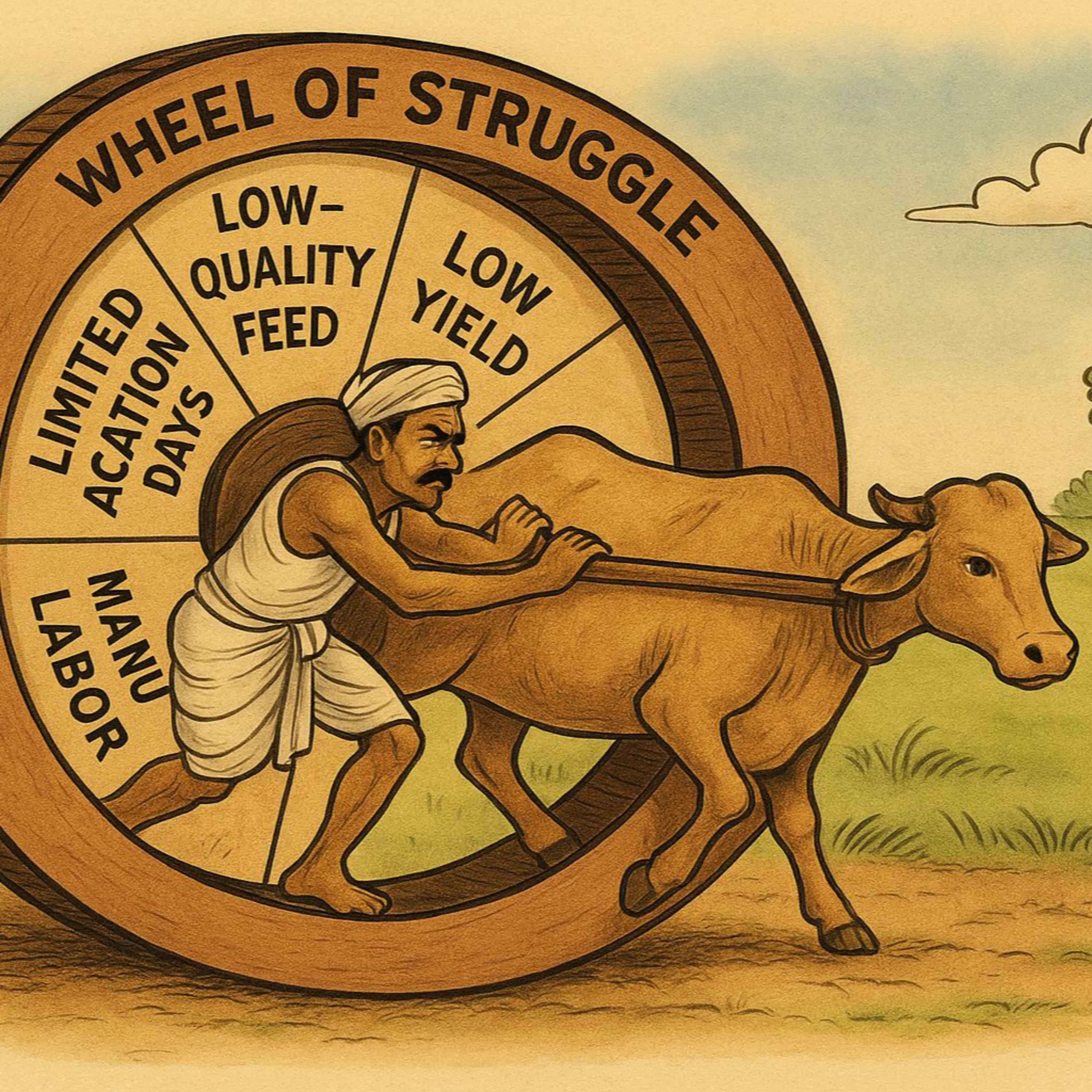 Got Milk? - The Indian Dairy Context.Bharat's Dairy Farmers' Productivity TrapThis podcast discuss an excerpt from "Bharat's Dairy Farmers' Dilemma," authored by Vijay Singh, CEO & Managing Director of Shunya Agritech, explains the "Productivity Trap" as an economic phenomenon where increased effort or investment fails to yield proportional improvements in output or income. It highlights how Indian small dairy farmers exemplify this trap, struggling with high feed costs, limited veterinary access, and low livestock genetic potential, resulting in minimal profit despite their labor. The episode illustrates that simply acquiring more animals doesn't increase per-animal productivity but rather escalates costs and risks. Finally, it proposes solutions for breaking this cycle...2025-07-1416 min
Got Milk? - The Indian Dairy Context.Bharat's Dairy Farmers' Productivity TrapThis podcast discuss an excerpt from "Bharat's Dairy Farmers' Dilemma," authored by Vijay Singh, CEO & Managing Director of Shunya Agritech, explains the "Productivity Trap" as an economic phenomenon where increased effort or investment fails to yield proportional improvements in output or income. It highlights how Indian small dairy farmers exemplify this trap, struggling with high feed costs, limited veterinary access, and low livestock genetic potential, resulting in minimal profit despite their labor. The episode illustrates that simply acquiring more animals doesn't increase per-animal productivity but rather escalates costs and risks. Finally, it proposes solutions for breaking this cycle...2025-07-1416 min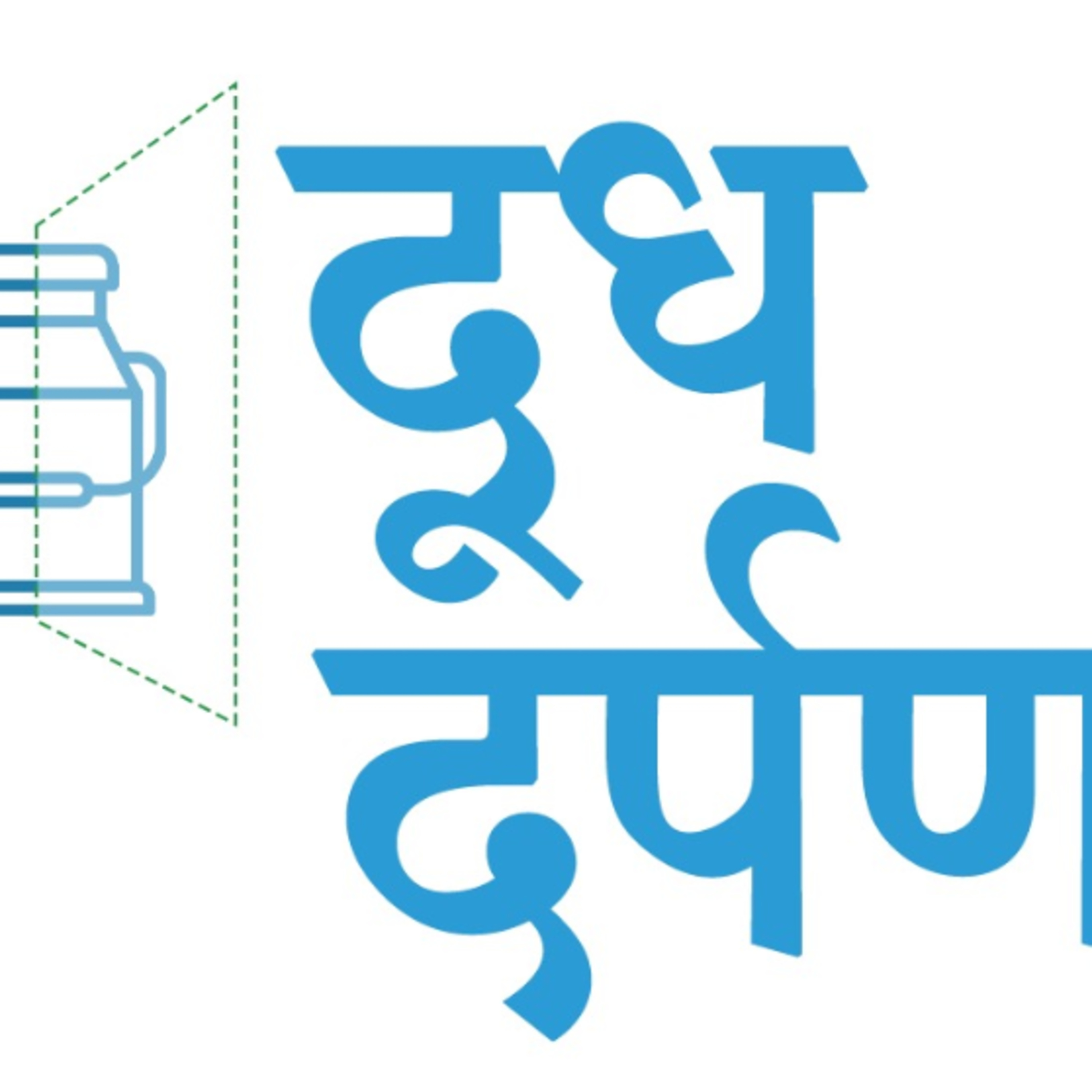 Got Milk? - The Indian Dairy Context.Doodh Darpan - a study on impact of nutrition on milk productivity in IndiaThis episode discusses the The Doodh Darpan | Impact Study by Shunya Agritech which details a controlled Pre-Post Comparative A/B field study evaluating Shunya Agritech's Nutri Ankurit Feed (NAF), a hydroponically grown, chemical-free feed, on dairy productivity. Conducted in Uttar Pradesh during May 2025, a period of peak summer heat, the study compared a test group (n=10 animals) receiving NAF to a control group (n=6 animals) on a traditional diet. Key findings indicate that NAF significantly improved milk fat percentage by 5%, helped stabilize milk quantity despite heat stress (only a 2% drop versus a 15% drop in the control group), and ultimately led to an 8% inc...2025-07-1313 min
Got Milk? - The Indian Dairy Context.Doodh Darpan - a study on impact of nutrition on milk productivity in IndiaThis episode discusses the The Doodh Darpan | Impact Study by Shunya Agritech which details a controlled Pre-Post Comparative A/B field study evaluating Shunya Agritech's Nutri Ankurit Feed (NAF), a hydroponically grown, chemical-free feed, on dairy productivity. Conducted in Uttar Pradesh during May 2025, a period of peak summer heat, the study compared a test group (n=10 animals) receiving NAF to a control group (n=6 animals) on a traditional diet. Key findings indicate that NAF significantly improved milk fat percentage by 5%, helped stabilize milk quantity despite heat stress (only a 2% drop versus a 15% drop in the control group), and ultimately led to an 8% inc...2025-07-1313 min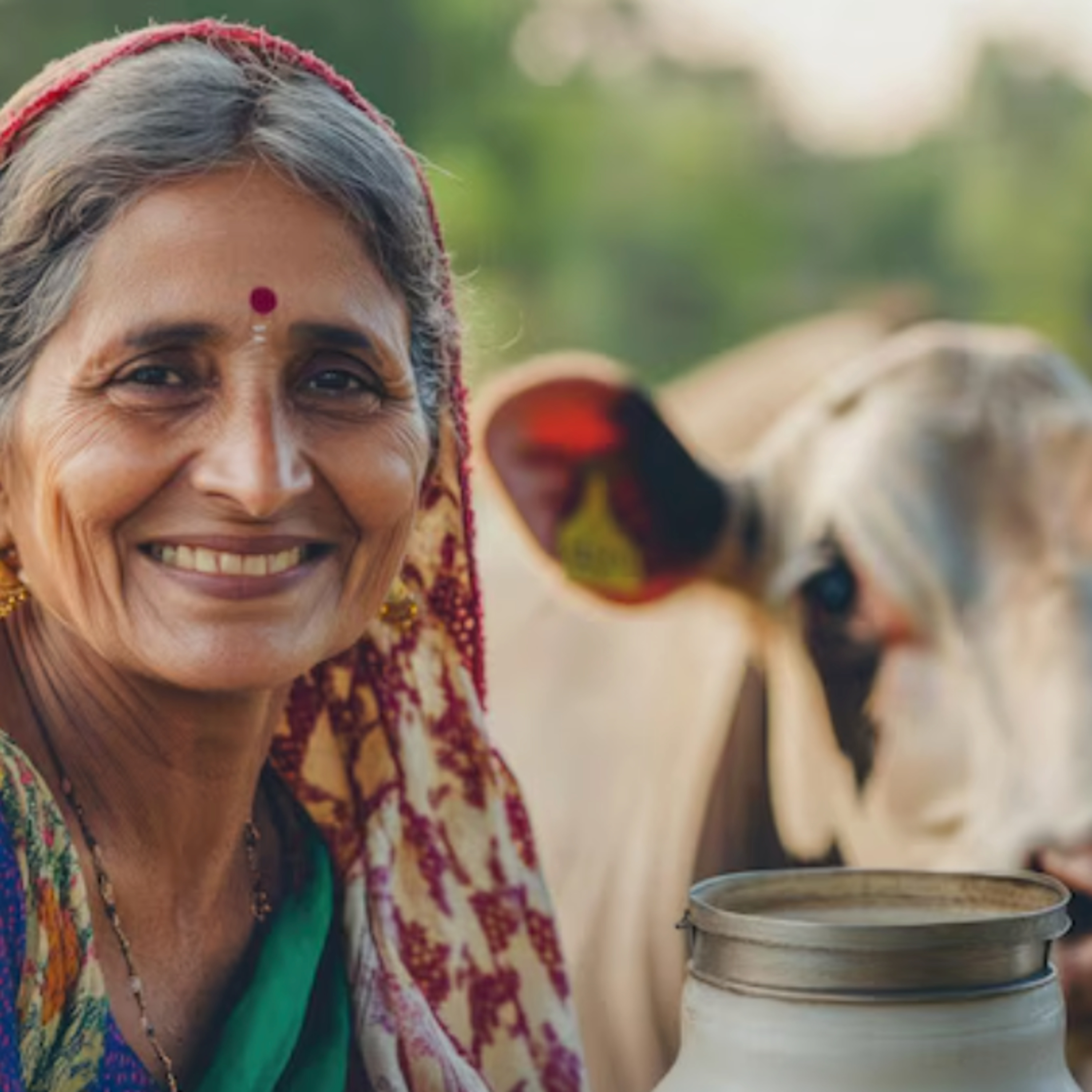 Got Milk? - The Indian Dairy Context.Assessment of Livestock Feed and Fodder An All India studyThis episode of Got Milk? discusses a government document from the Ministry of Fisheries, Animal Husbandry and Dairying that addresses the significant national shortage of green, dry, and concentrated fodder, outlining the reasons for this deficit, such as changing land use and declining pasture productivity. The government details steps being taken to mitigate this shortage, including financial assistance for fodder seed production, promoting fodder as a cash crop, and establishing fodder-centric Farmer Producer Organizations.It also highlights Shunya Agritech as a pioneering Indian company focused on revolutionizing dairy farming through science-backed, sustainable, and precision nutrition sol...2025-03-1518 min
Got Milk? - The Indian Dairy Context.Assessment of Livestock Feed and Fodder An All India studyThis episode of Got Milk? discusses a government document from the Ministry of Fisheries, Animal Husbandry and Dairying that addresses the significant national shortage of green, dry, and concentrated fodder, outlining the reasons for this deficit, such as changing land use and declining pasture productivity. The government details steps being taken to mitigate this shortage, including financial assistance for fodder seed production, promoting fodder as a cash crop, and establishing fodder-centric Farmer Producer Organizations.It also highlights Shunya Agritech as a pioneering Indian company focused on revolutionizing dairy farming through science-backed, sustainable, and precision nutrition sol...2025-03-1518 min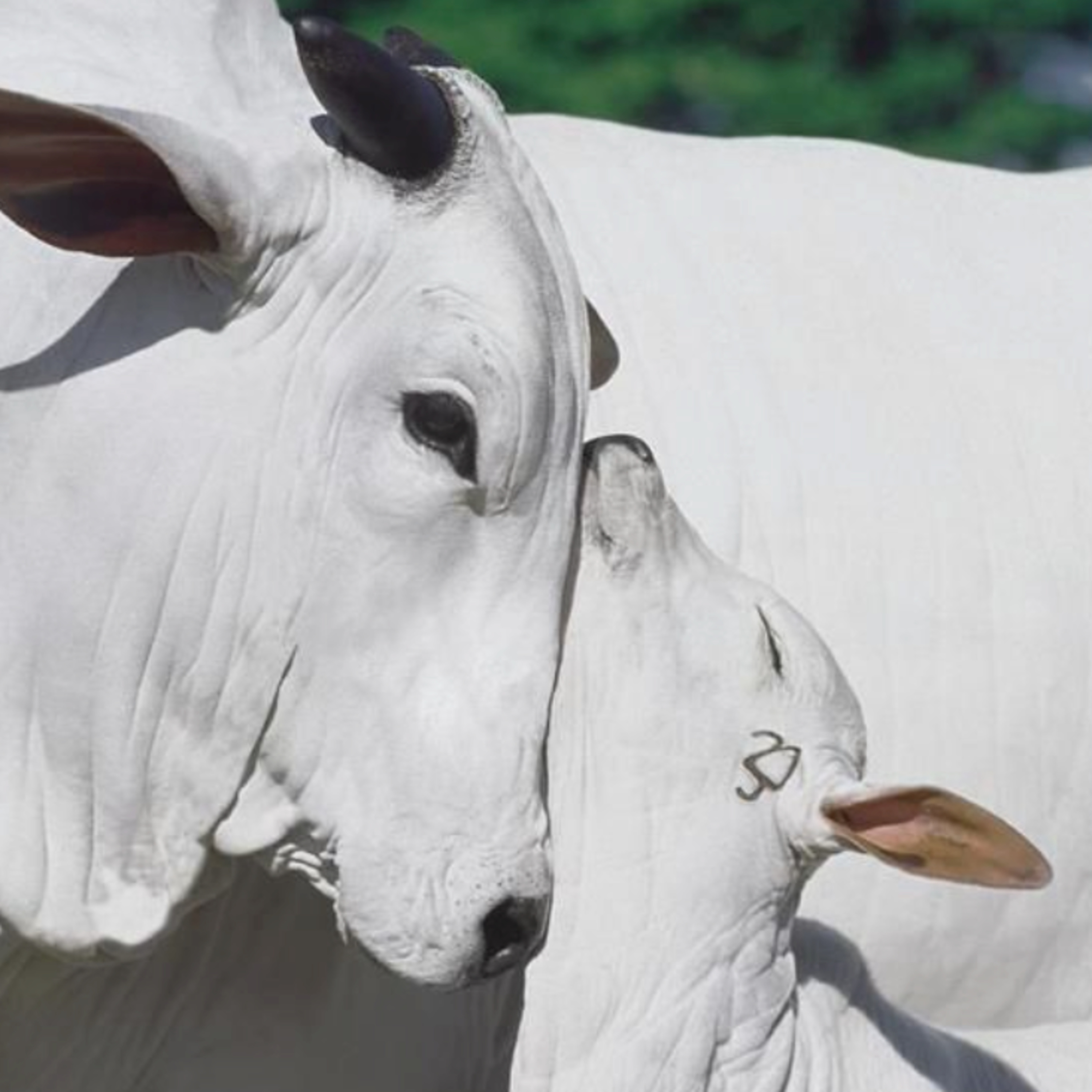 Got Milk? - The Indian Dairy Context.Indian Dairy Sector: Production and Utilization ReviewThis episode is a discussion on a research article that provides a review of India's dairy sector, highlighting its production and utilization of milk and milk products. It emphasizes India's rise to become the world's largest milk producer, driven by initiatives like "Operation Flood." The study examines milk production trends, per capita availability, and consumption patterns across India, with a specific focus on Tamil Nadu. It also identifies challenges within the dairy industry, spanning production, cooperative management, marketing, processing, supply chain inefficiencies, policy issues, infrastructure limitations, and human resource gaps. The art...2025-03-1216 min
Got Milk? - The Indian Dairy Context.Indian Dairy Sector: Production and Utilization ReviewThis episode is a discussion on a research article that provides a review of India's dairy sector, highlighting its production and utilization of milk and milk products. It emphasizes India's rise to become the world's largest milk producer, driven by initiatives like "Operation Flood." The study examines milk production trends, per capita availability, and consumption patterns across India, with a specific focus on Tamil Nadu. It also identifies challenges within the dairy industry, spanning production, cooperative management, marketing, processing, supply chain inefficiencies, policy issues, infrastructure limitations, and human resource gaps. The art...2025-03-1216 min Got Milk? - The Indian Dairy Context.Indian Dairy Product Export Strategies and RoadmapThis episode offers a detailed analysis of India's dairy export potential and outlines strategies for growth. It investigates current export trends, identifies key challenges like quality concerns and price competitiveness, and assesses compliance with WTO regulations. The study explores potential markets and products, emphasizing the importance of quality adherence, innovative marketing, and price optimization. Primary survey insights from both domestic and international stakeholders are incorporated to provide a practical understanding of the sector. The report proposes a roadmap with specific recommendations for infrastructure improvements, technology integration, and policy interventions to enhance Indi...2025-03-0826 min
Got Milk? - The Indian Dairy Context.Indian Dairy Product Export Strategies and RoadmapThis episode offers a detailed analysis of India's dairy export potential and outlines strategies for growth. It investigates current export trends, identifies key challenges like quality concerns and price competitiveness, and assesses compliance with WTO regulations. The study explores potential markets and products, emphasizing the importance of quality adherence, innovative marketing, and price optimization. Primary survey insights from both domestic and international stakeholders are incorporated to provide a practical understanding of the sector. The report proposes a roadmap with specific recommendations for infrastructure improvements, technology integration, and policy interventions to enhance Indi...2025-03-0826 min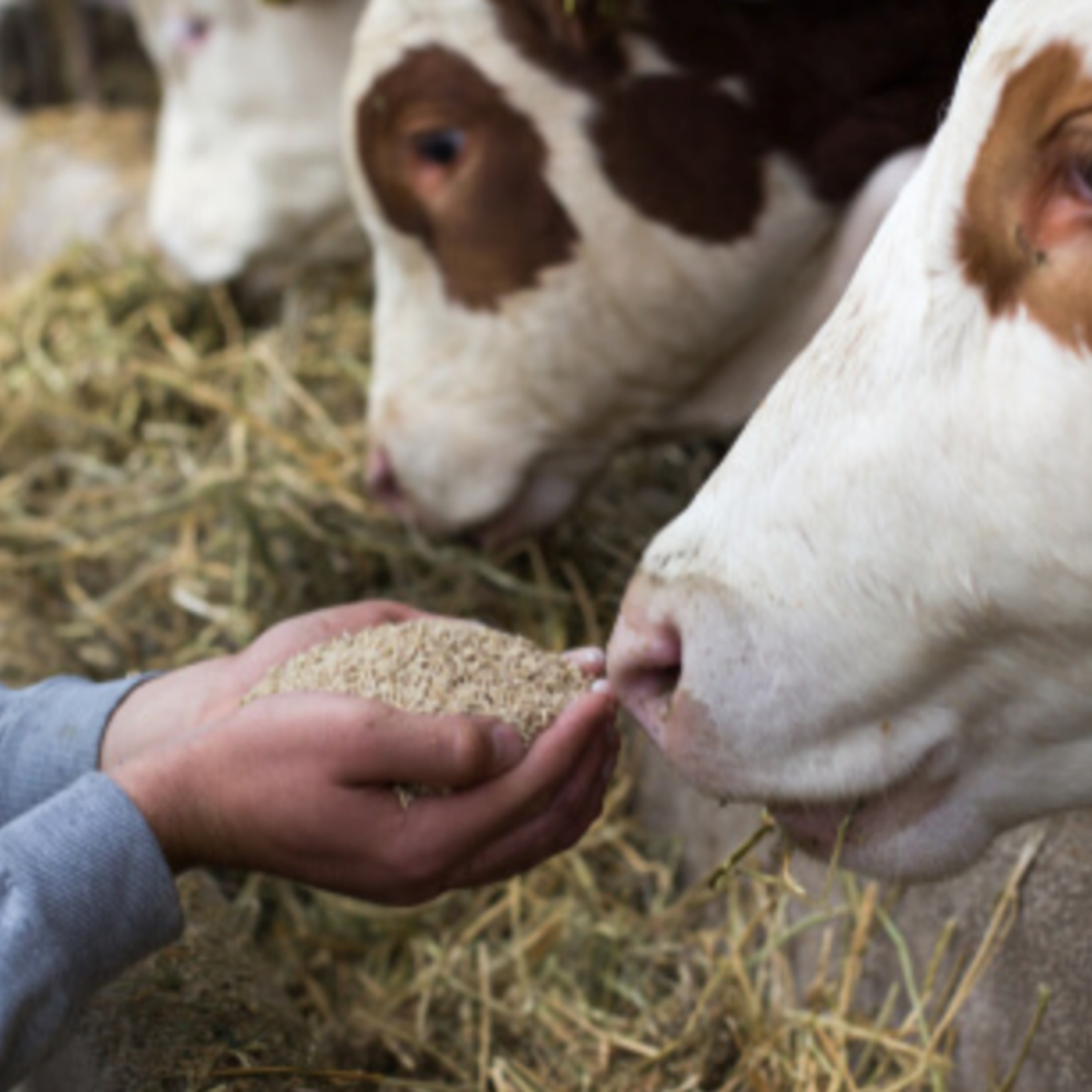 Got Milk? - The Indian Dairy Context.Milk Fever Prevention and Dairy Income in India"Prevention Is Better Than Cure: Experimental Evidence From Milk Fever Incidence in Dairy Animals of Haryana, India," assesses the effectiveness of an anionic mineral mixture (AMM) in preventing milk fever (MF) in dairy animals. Using a randomized controlled trial with 200 dairy farms, the study demonstrates that AMM significantly reduces MF incidence, increases milk yield, and boosts farmers' net income. The research quantifies these impacts, showing a notable decrease in MF and a substantial improvement in milk productivity and financial returns for farmers using AMM. Ultimately, the study concludes that preventing milk fever with AMM is more...2025-02-1709 min
Got Milk? - The Indian Dairy Context.Milk Fever Prevention and Dairy Income in India"Prevention Is Better Than Cure: Experimental Evidence From Milk Fever Incidence in Dairy Animals of Haryana, India," assesses the effectiveness of an anionic mineral mixture (AMM) in preventing milk fever (MF) in dairy animals. Using a randomized controlled trial with 200 dairy farms, the study demonstrates that AMM significantly reduces MF incidence, increases milk yield, and boosts farmers' net income. The research quantifies these impacts, showing a notable decrease in MF and a substantial improvement in milk productivity and financial returns for farmers using AMM. Ultimately, the study concludes that preventing milk fever with AMM is more...2025-02-1709 min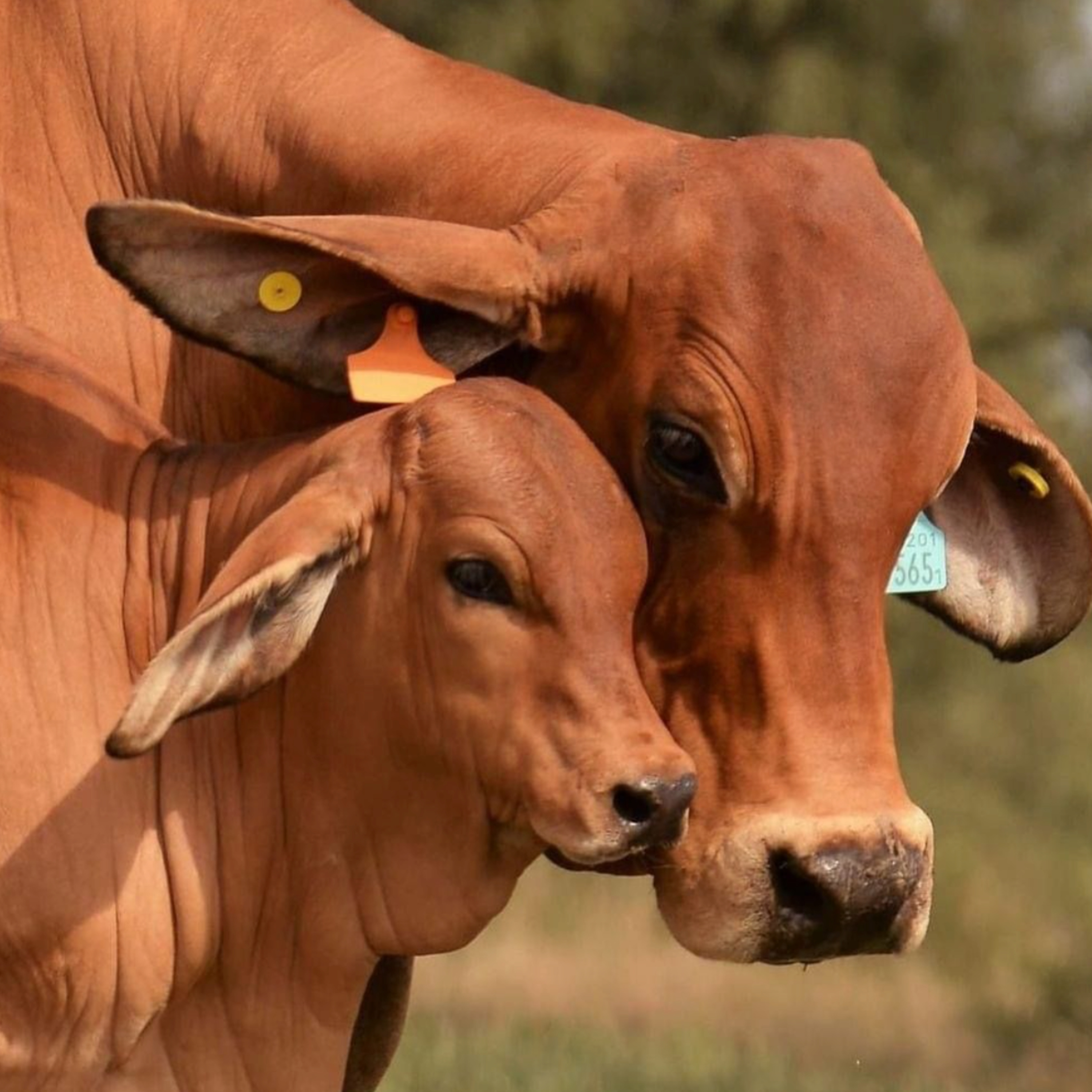 Got Milk? - The Indian Dairy Context.Gyan Dairy: Charting a Growth Strategy in India's Dairy MarketThis episode discusses an interesting case study that analyzes Gyan Dairy, a successful private dairy company in India, examining its growth strategy and challenges.
The company's journey from a small family venture to a significant regional player is detailed, highlighting its focus on quality, farmer relationships, and technological advancements.
The study also provides a broad overview of the competitive Indian dairy market, including its size, structure, key players, and emerging trends.
Gyan Dairy faces a strategic decision: expand geographically into eastern India or further consolidate its position in its existing market. The case...2025-01-3113 min
Got Milk? - The Indian Dairy Context.Gyan Dairy: Charting a Growth Strategy in India's Dairy MarketThis episode discusses an interesting case study that analyzes Gyan Dairy, a successful private dairy company in India, examining its growth strategy and challenges.
The company's journey from a small family venture to a significant regional player is detailed, highlighting its focus on quality, farmer relationships, and technological advancements.
The study also provides a broad overview of the competitive Indian dairy market, including its size, structure, key players, and emerging trends.
Gyan Dairy faces a strategic decision: expand geographically into eastern India or further consolidate its position in its existing market. The case...2025-01-3113 min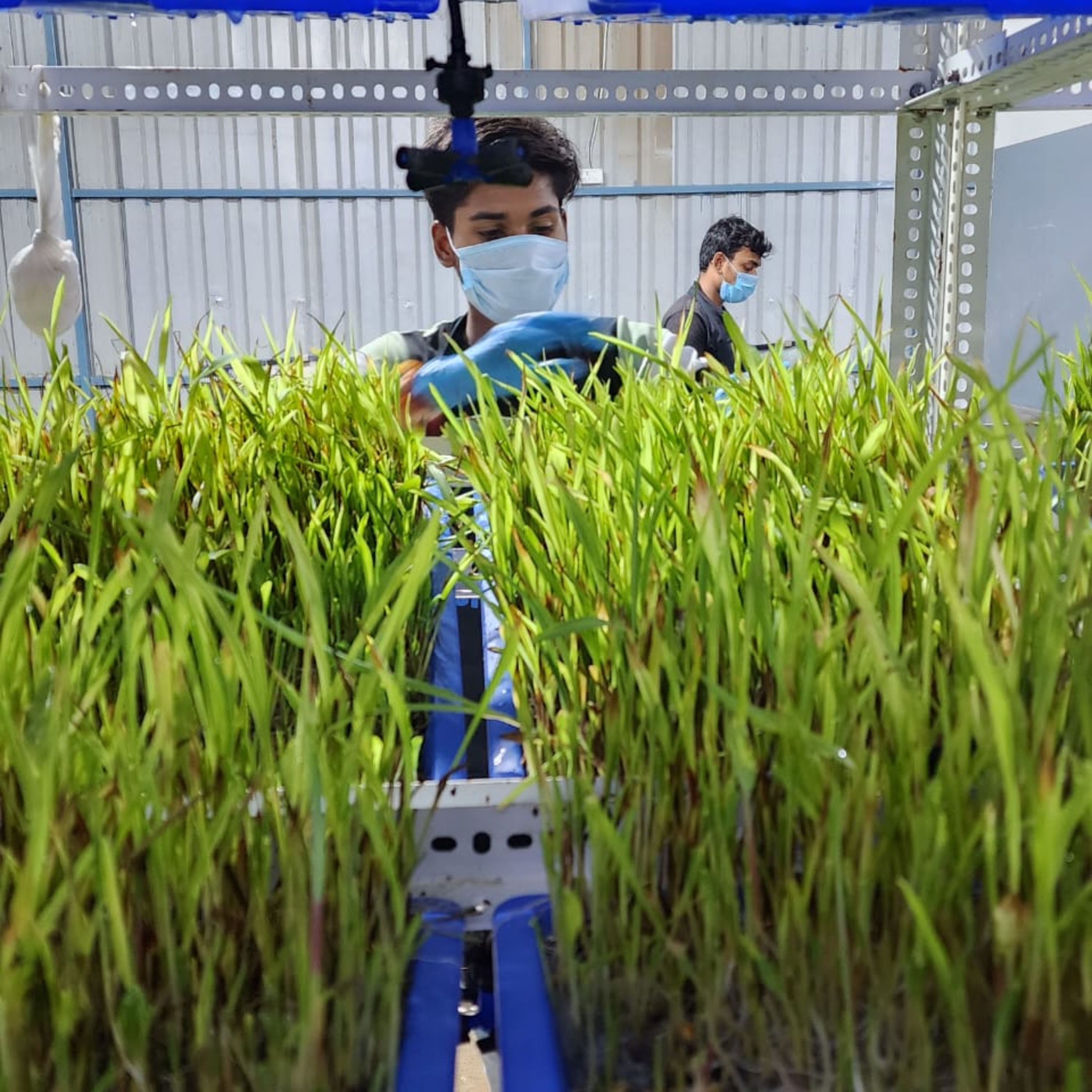 Got Milk? - The Indian Dairy Context.Shunya Agritech: Revolutionizing Indian Dairy FarmingThis episode presents a scientific study on the effects of partially replacing maize in cow feed with hydroponically grown maize fodder.
The research, conducted on lactating cows, found that this substitution did not negatively impact, and may have slightly improved, milk production and nutrient digestibility.
The episode also describes Shunya Agritech, a company utilizing hydroponics to address green fodder scarcity in the Indian dairy industry. Shunya's "Fodder-as-a-Service" model offers farmers a consistent, high-quality fodder supply, aiming to increase milk yields and reduce costs through technology and a comprehensive support ecosystem.
Both sources explore...2025-01-1712 min
Got Milk? - The Indian Dairy Context.Shunya Agritech: Revolutionizing Indian Dairy FarmingThis episode presents a scientific study on the effects of partially replacing maize in cow feed with hydroponically grown maize fodder.
The research, conducted on lactating cows, found that this substitution did not negatively impact, and may have slightly improved, milk production and nutrient digestibility.
The episode also describes Shunya Agritech, a company utilizing hydroponics to address green fodder scarcity in the Indian dairy industry. Shunya's "Fodder-as-a-Service" model offers farmers a consistent, high-quality fodder supply, aiming to increase milk yields and reduce costs through technology and a comprehensive support ecosystem.
Both sources explore...2025-01-1712 min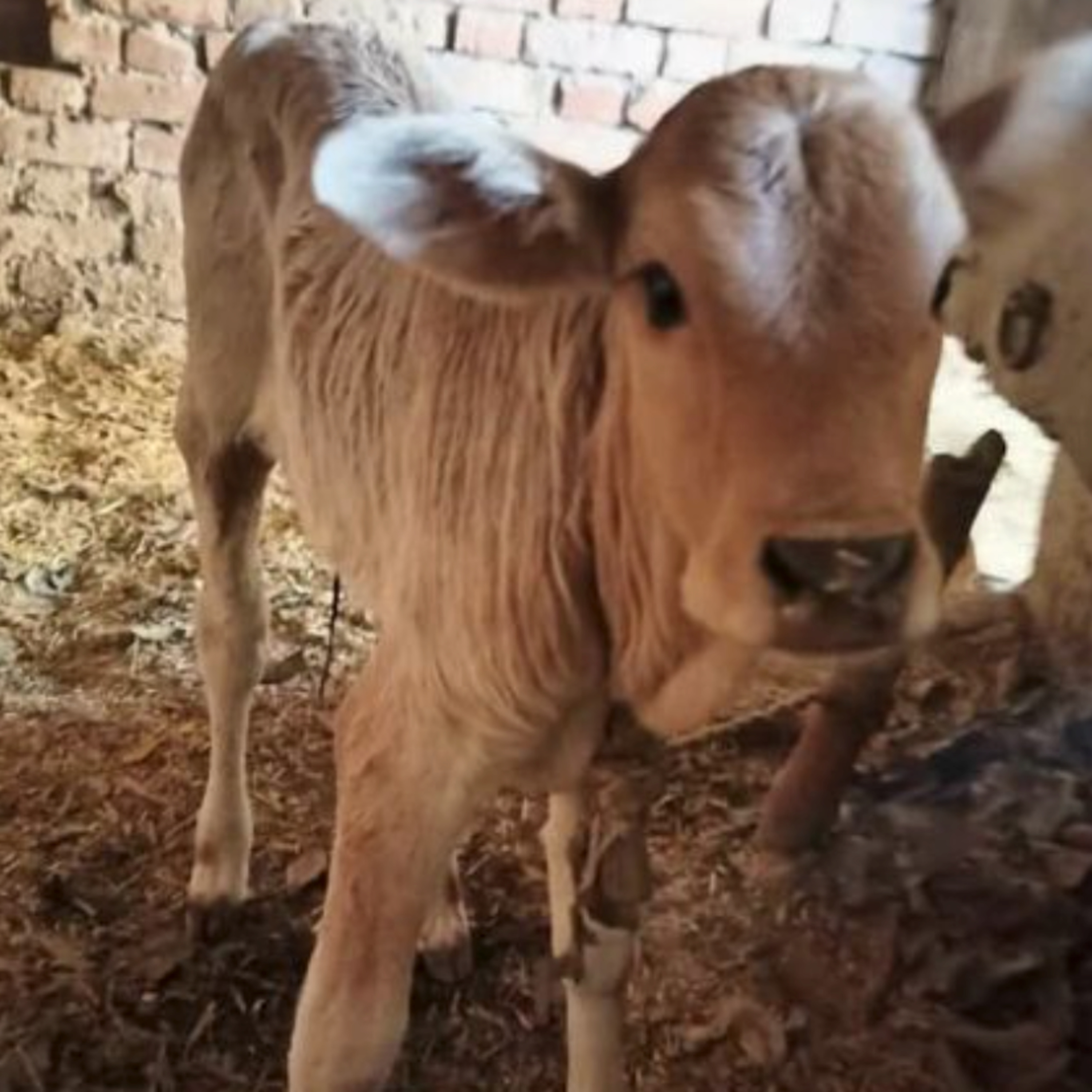 Got Milk? - The Indian Dairy Context.Assessment of Livestock Feed and Fodder in Uttar PradeshThe episode has a discussion around the report, "Assessment of Livestock Feed and Fodder in the State of Uttar Pradesh," assesses livestock feed and fodder availability and requirements in Uttar Pradesh, India.
The study examines the socio-economic characteristics of livestock farmers, including their education levels and income sources. It analyzes livestock populations, feed consumption, and production costs and returns.
Finally, the report identifies major constraints faced by farmers and offers policy suggestions to improve fodder production and livestock productivity. The study uses data from the 20th Livestock Census and field surveys. Appendix II details the...2025-01-1517 min
Got Milk? - The Indian Dairy Context.Assessment of Livestock Feed and Fodder in Uttar PradeshThe episode has a discussion around the report, "Assessment of Livestock Feed and Fodder in the State of Uttar Pradesh," assesses livestock feed and fodder availability and requirements in Uttar Pradesh, India.
The study examines the socio-economic characteristics of livestock farmers, including their education levels and income sources. It analyzes livestock populations, feed consumption, and production costs and returns.
Finally, the report identifies major constraints faced by farmers and offers policy suggestions to improve fodder production and livestock productivity. The study uses data from the 20th Livestock Census and field surveys. Appendix II details the...2025-01-1517 min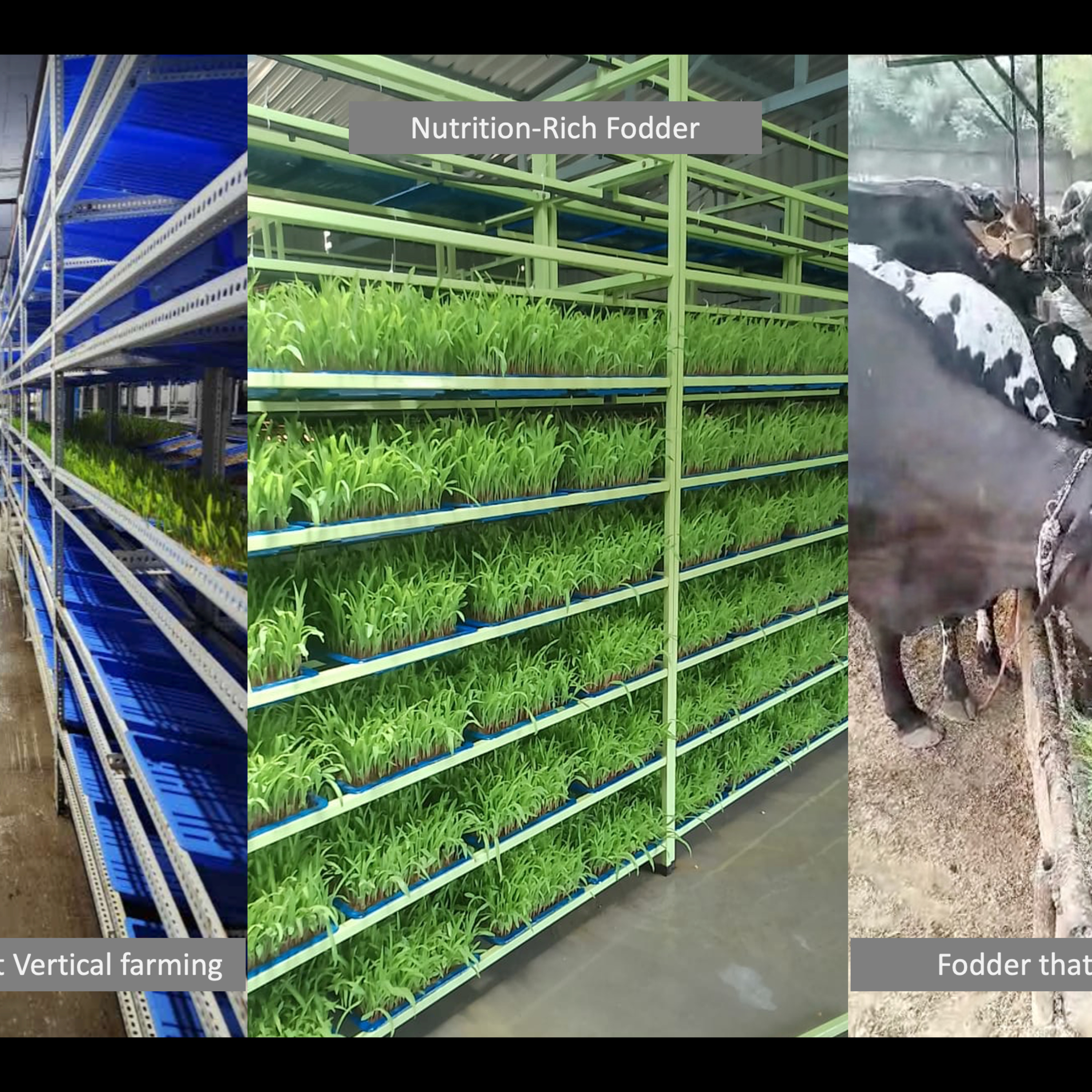 Got Milk? - The Indian Dairy Context.India's Fodder Production: Status and OpportunitiesThis episode discusses the research paper that reviews India's fodder production, revealing a significant shortfall in meeting the demands of its large livestock population.
The authors analyze challenges, including limited land and water resources, a lack of quality seeds, and inadequate utilization of crop residues.
They explore opportunities for improvement, focusing on increasing fodder productivity through innovative techniques, improving seed availability, and utilizing marginal lands.
Several strategies are proposed, such as integrated nutrient management, hydroponic fodder production, and alternative fodder sources like azolla, to address the fodder deficit and enhance livestock productivity.
Th...2025-01-1417 min
Got Milk? - The Indian Dairy Context.India's Fodder Production: Status and OpportunitiesThis episode discusses the research paper that reviews India's fodder production, revealing a significant shortfall in meeting the demands of its large livestock population.
The authors analyze challenges, including limited land and water resources, a lack of quality seeds, and inadequate utilization of crop residues.
They explore opportunities for improvement, focusing on increasing fodder productivity through innovative techniques, improving seed availability, and utilizing marginal lands.
Several strategies are proposed, such as integrated nutrient management, hydroponic fodder production, and alternative fodder sources like azolla, to address the fodder deficit and enhance livestock productivity.
Th...2025-01-1417 min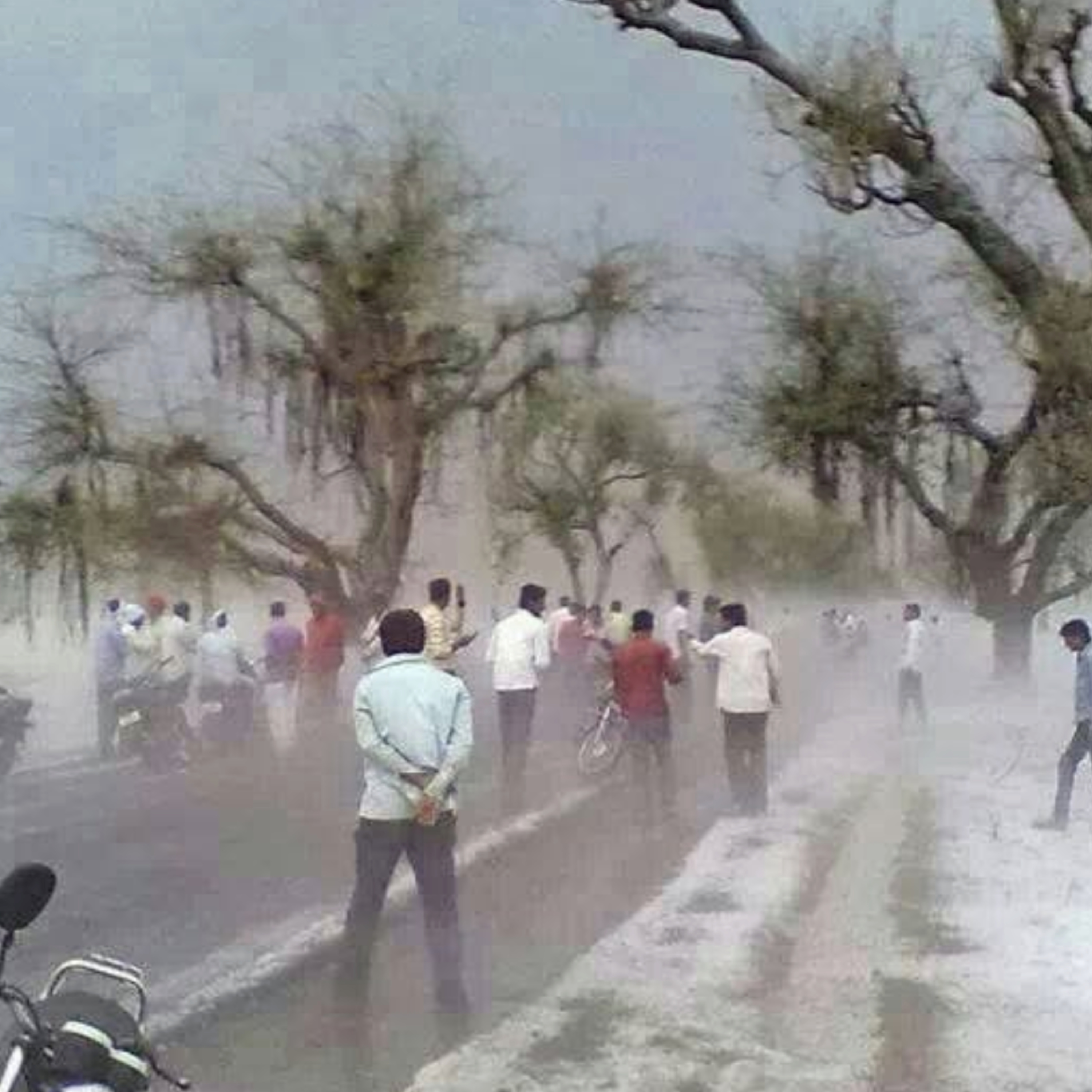 Got Milk? - The Indian Dairy Context.Socio-Economic Vulnerability to Climate Change in MaharashtraThis episode discusses the study that has developed a socio-economic vulnerability index (SeVI) to assess climate change impacts on 34 districts in Maharashtra, India.
Using the IPCC approach and 43 indicators, the researchers categorized districts as highly, moderately, or less vulnerable. Nandurbar showed the highest vulnerability, while Pune the lowest.
The analysis highlights the importance of exposure, sensitivity, and adaptive capacity in determining vulnerability, and the need for localized adaptation strategies, particularly in Central Maharashtra and the Scarcity Zone.
The findings are based on a combination of secondary data and principal component analysis.2025-01-1019 min
Got Milk? - The Indian Dairy Context.Socio-Economic Vulnerability to Climate Change in MaharashtraThis episode discusses the study that has developed a socio-economic vulnerability index (SeVI) to assess climate change impacts on 34 districts in Maharashtra, India.
Using the IPCC approach and 43 indicators, the researchers categorized districts as highly, moderately, or less vulnerable. Nandurbar showed the highest vulnerability, while Pune the lowest.
The analysis highlights the importance of exposure, sensitivity, and adaptive capacity in determining vulnerability, and the need for localized adaptation strategies, particularly in Central Maharashtra and the Scarcity Zone.
The findings are based on a combination of secondary data and principal component analysis.2025-01-1019 min Got Milk? - The Indian Dairy Context.2022 climate statement for MaharashtraThis episode discusses the 2022 climate statement for Maharashtra, India, jointly produced by the India Meteorological Department and the Maharashtra state government, analyzes temperature, rainfall, and extreme weather events.
The report utilizes data from 1901 to 2022 to identify trends and anomalies, highlighting 2022 as the 14th warmest year on record for the state.
It also details district-level rainfall variations and the impact of extreme weather, providing crucial information for various sectors including agriculture and disaster management.
The document concludes with recommendations for future collaborative efforts and suggests utilizing the data for improved planning and sustainable development.2025-01-0919 min
Got Milk? - The Indian Dairy Context.2022 climate statement for MaharashtraThis episode discusses the 2022 climate statement for Maharashtra, India, jointly produced by the India Meteorological Department and the Maharashtra state government, analyzes temperature, rainfall, and extreme weather events.
The report utilizes data from 1901 to 2022 to identify trends and anomalies, highlighting 2022 as the 14th warmest year on record for the state.
It also details district-level rainfall variations and the impact of extreme weather, providing crucial information for various sectors including agriculture and disaster management.
The document concludes with recommendations for future collaborative efforts and suggests utilizing the data for improved planning and sustainable development.2025-01-0919 min Got Milk? - The Indian Dairy Context.Dairy in MaharashtraThis episode discusses the publication publication, Dairying in Maharashtra – A Statistical Profile 2015, compiled by the National Dairy Development Board (NDDB), presents a comprehensive statistical overview of Maharashtra's dairy industry.
The report uses tables and maps to illustrate various parameters, including animal populations, milk production, veterinary services, and feed resources. It aims to provide data for effective development planning and is intended for a wide audience of researchers, policymakers, and industry professionals.
Data inconsistencies across agencies are acknowledged, and efforts were made to present the most relevant and comprehensive information available. Finally, the report also includes an overvie...2025-01-0722 min
Got Milk? - The Indian Dairy Context.Dairy in MaharashtraThis episode discusses the publication publication, Dairying in Maharashtra – A Statistical Profile 2015, compiled by the National Dairy Development Board (NDDB), presents a comprehensive statistical overview of Maharashtra's dairy industry.
The report uses tables and maps to illustrate various parameters, including animal populations, milk production, veterinary services, and feed resources. It aims to provide data for effective development planning and is intended for a wide audience of researchers, policymakers, and industry professionals.
Data inconsistencies across agencies are acknowledged, and efforts were made to present the most relevant and comprehensive information available. Finally, the report also includes an overvie...2025-01-0722 min Got Milk? - The Indian Dairy Context.Wrap up 2024 on Indian Dairy Farming: Women's Roles and ChallengesThe final episode of 2024 has to be dedicated to women in the dairying business in India.
In this episode we discuss the research paper that investigates the significant role of women in India's dairy farming sector, highlighting their substantial contributions despite facing numerous challenges.
The study examines the gendered division of labor within the industry, exploring the constraints women encounter, including limited access to resources, technology, and training, as well as prevalent gender stereotypes.
Furthermore, it assesses the impact of women's involvement on economic empowerment, food security, and social transformation, while also analyzing...2024-12-3122 min
Got Milk? - The Indian Dairy Context.Wrap up 2024 on Indian Dairy Farming: Women's Roles and ChallengesThe final episode of 2024 has to be dedicated to women in the dairying business in India.
In this episode we discuss the research paper that investigates the significant role of women in India's dairy farming sector, highlighting their substantial contributions despite facing numerous challenges.
The study examines the gendered division of labor within the industry, exploring the constraints women encounter, including limited access to resources, technology, and training, as well as prevalent gender stereotypes.
Furthermore, it assesses the impact of women's involvement on economic empowerment, food security, and social transformation, while also analyzing...2024-12-3122 min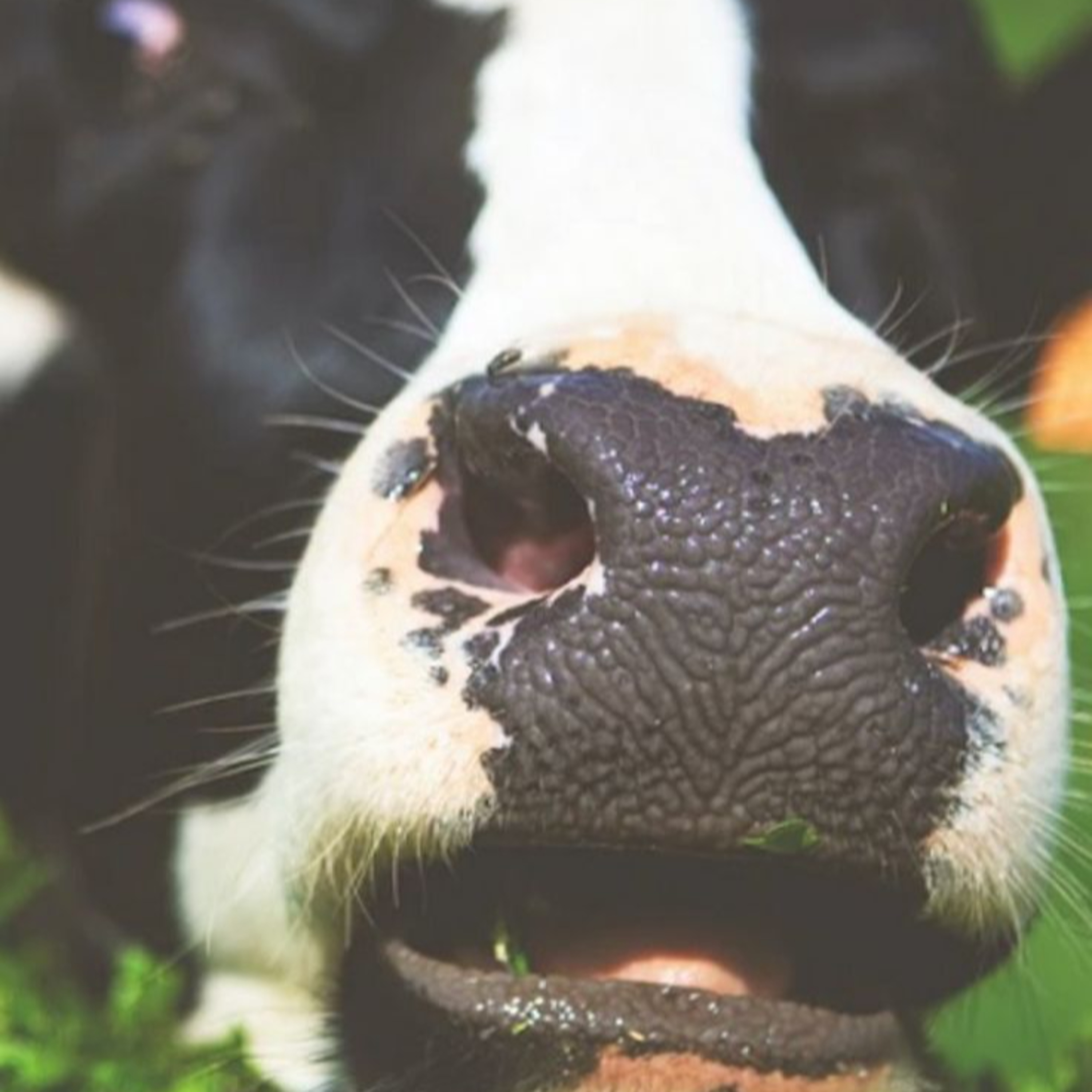 Got Milk? - The Indian Dairy Context.Climate Change Resilience in India's Dairy SectorThe discussed research article examines the impact of climate change on India's dairy sector, a crucial part of the nation's economy and food security.
The authors highlight the vulnerability of the dairy industry to rising temperatures, altered rainfall patterns, and increased disease prevalence.
They explore the negative effects on milk production, animal health, and feed availability.
The article then proposes adaptation strategies, including breeding heat-tolerant livestock, employing genomic selection, and integrating technological innovations like precision farming and renewable energy.
Finally, it emphasizes the importance of policy support and training programs to buil...2024-12-3016 min
Got Milk? - The Indian Dairy Context.Climate Change Resilience in India's Dairy SectorThe discussed research article examines the impact of climate change on India's dairy sector, a crucial part of the nation's economy and food security.
The authors highlight the vulnerability of the dairy industry to rising temperatures, altered rainfall patterns, and increased disease prevalence.
They explore the negative effects on milk production, animal health, and feed availability.
The article then proposes adaptation strategies, including breeding heat-tolerant livestock, employing genomic selection, and integrating technological innovations like precision farming and renewable energy.
Finally, it emphasizes the importance of policy support and training programs to buil...2024-12-3016 min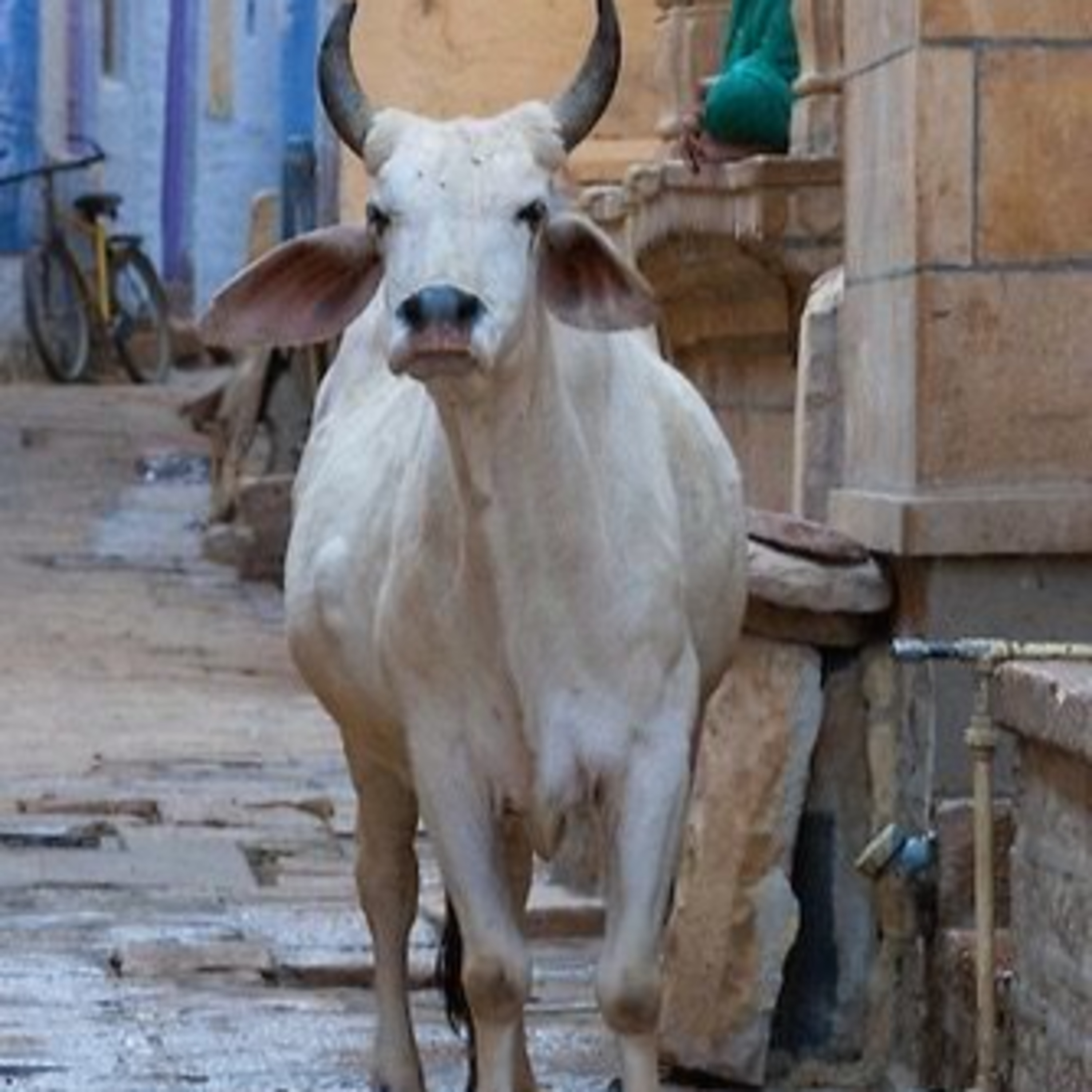 Got Milk? - The Indian Dairy Context.India's Dairy Industry: Export Performance and CompetitivenessThis episode focusses on a research paper that analyzes the performance and competitiveness of India's dairy industry in the global market.
The authors examine India's export performance, market share changes using a Markov chain model, and export market diversification using the Herfindahl Index.
Price competitiveness is assessed using the nominal protection coefficient, revealing a lack of competitiveness for most products except ghee.
The study concludes that while India's dairy exports have grown significantly, improvements in product quality and processing efficiency are crucial for sustained global competitiveness.
Policy recommendations focus on enhancing...2024-12-2918 min
Got Milk? - The Indian Dairy Context.India's Dairy Industry: Export Performance and CompetitivenessThis episode focusses on a research paper that analyzes the performance and competitiveness of India's dairy industry in the global market.
The authors examine India's export performance, market share changes using a Markov chain model, and export market diversification using the Herfindahl Index.
Price competitiveness is assessed using the nominal protection coefficient, revealing a lack of competitiveness for most products except ghee.
The study concludes that while India's dairy exports have grown significantly, improvements in product quality and processing efficiency are crucial for sustained global competitiveness.
Policy recommendations focus on enhancing...2024-12-2918 min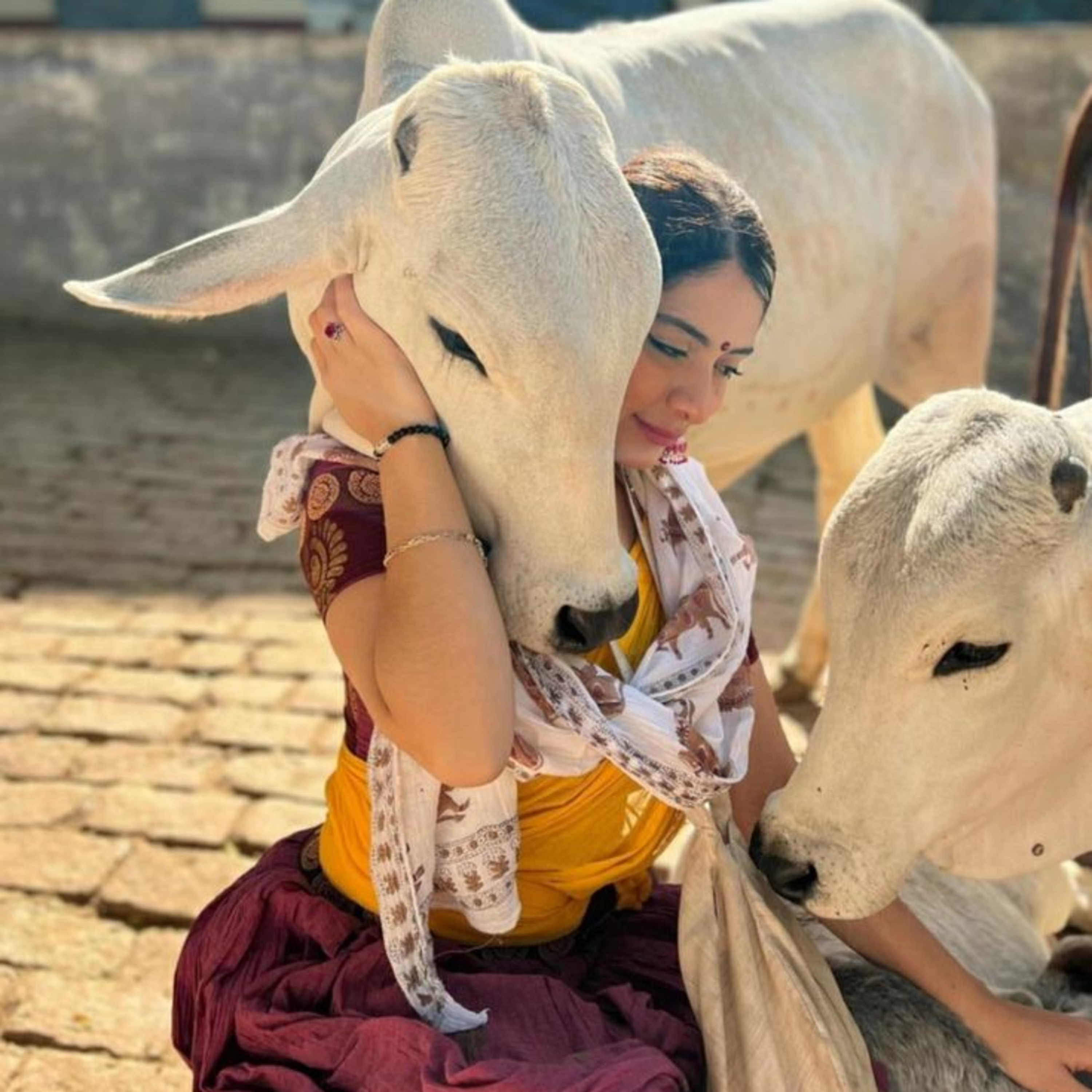 Got Milk? - The Indian Dairy Context.Dairy Knowledge gaps for farmers of Uttar PradeshThis episode looks at knowledge gaps of dairy farmers in Uttar Pradesh India and recommendations there of. 2024-12-2815 min
Got Milk? - The Indian Dairy Context.Dairy Knowledge gaps for farmers of Uttar PradeshThis episode looks at knowledge gaps of dairy farmers in Uttar Pradesh India and recommendations there of. 2024-12-2815 min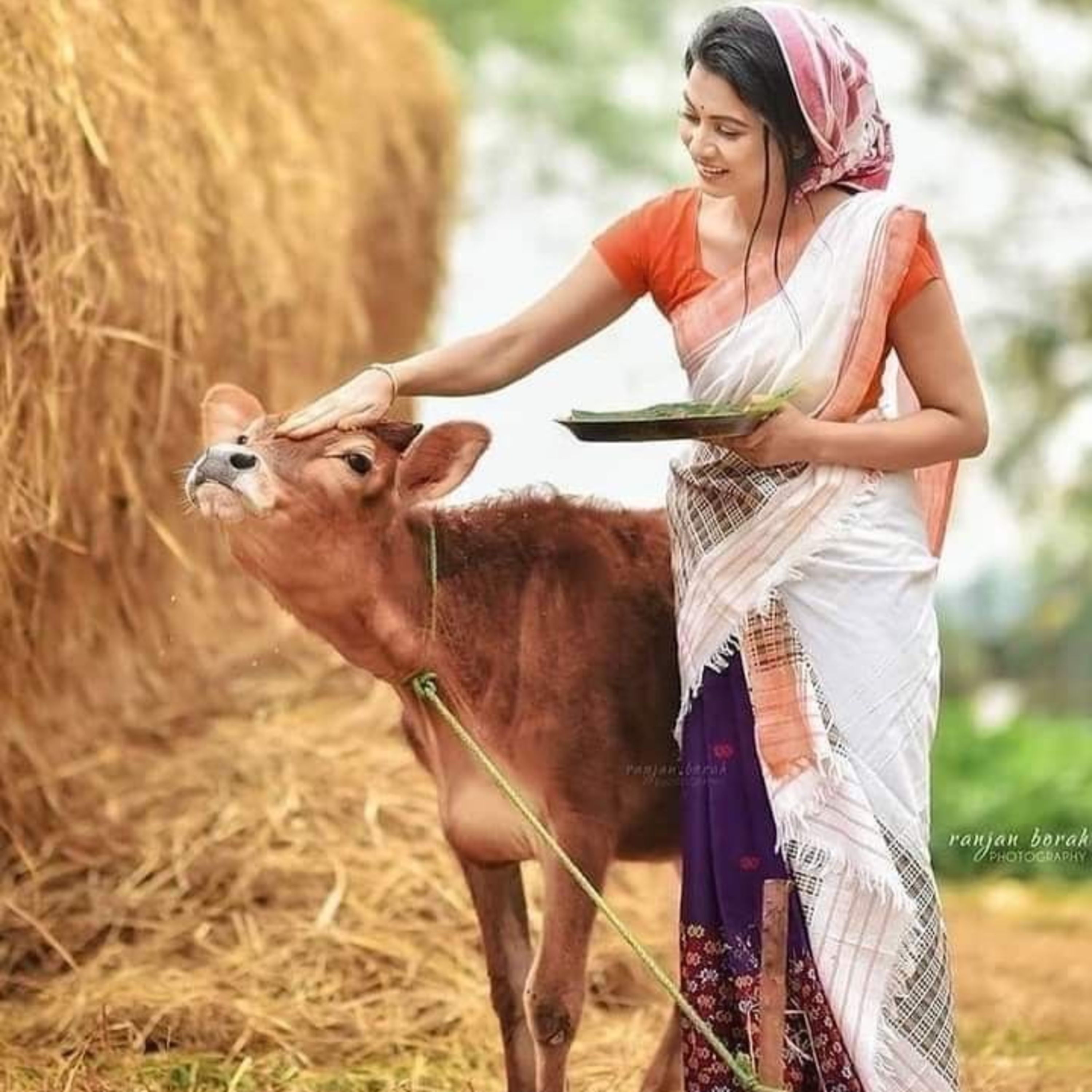 Got Milk? - The Indian Dairy Context.Indian Rural Women & Dairy Farming PreferencesThis episode focusses on a research paper that uses Indian National Sample Survey data to analyze rural women's preference for dairy work as a supplemental income source.
The study employs an econometric model to examine how factors like age, literacy, household occupation, and location influence this preference.
Findings reveal a significant interest in dairying, particularly among older women and those from certain socioeconomic groups.
The authors suggest policy implications to support women's participation in the dairy sector for economic empowerment and increased milk production.
The study also highlights the limitations of...2024-12-2717 min
Got Milk? - The Indian Dairy Context.Indian Rural Women & Dairy Farming PreferencesThis episode focusses on a research paper that uses Indian National Sample Survey data to analyze rural women's preference for dairy work as a supplemental income source.
The study employs an econometric model to examine how factors like age, literacy, household occupation, and location influence this preference.
Findings reveal a significant interest in dairying, particularly among older women and those from certain socioeconomic groups.
The authors suggest policy implications to support women's participation in the dairy sector for economic empowerment and increased milk production.
The study also highlights the limitations of...2024-12-2717 min Got Milk? - The Indian Dairy Context.Dairying's Contribution to Rural Indian LivelihoodsThis episode reviews a study that analyzes dairying's impact on the income, employment, and food security of rural farming households in Vaishali district, India.
Researchers used data from a sample of 150 milch animal-holding households (MAHs) and 50 non-MAHs to assess dairying's contribution.
Statistical methods, including Lorenz curves and Gini coefficients, measured income and employment distribution.
The study found that dairying significantly improved income, employment, and food security, particularly for marginal farmers, promoting more equitable resource distribution. Policy implications suggest focusing dairy promotion efforts on marginal and poor farmers to alleviate poverty and enhance rural...2024-12-2618 min
Got Milk? - The Indian Dairy Context.Dairying's Contribution to Rural Indian LivelihoodsThis episode reviews a study that analyzes dairying's impact on the income, employment, and food security of rural farming households in Vaishali district, India.
Researchers used data from a sample of 150 milch animal-holding households (MAHs) and 50 non-MAHs to assess dairying's contribution.
Statistical methods, including Lorenz curves and Gini coefficients, measured income and employment distribution.
The study found that dairying significantly improved income, employment, and food security, particularly for marginal farmers, promoting more equitable resource distribution. Policy implications suggest focusing dairy promotion efforts on marginal and poor farmers to alleviate poverty and enhance rural...2024-12-2618 min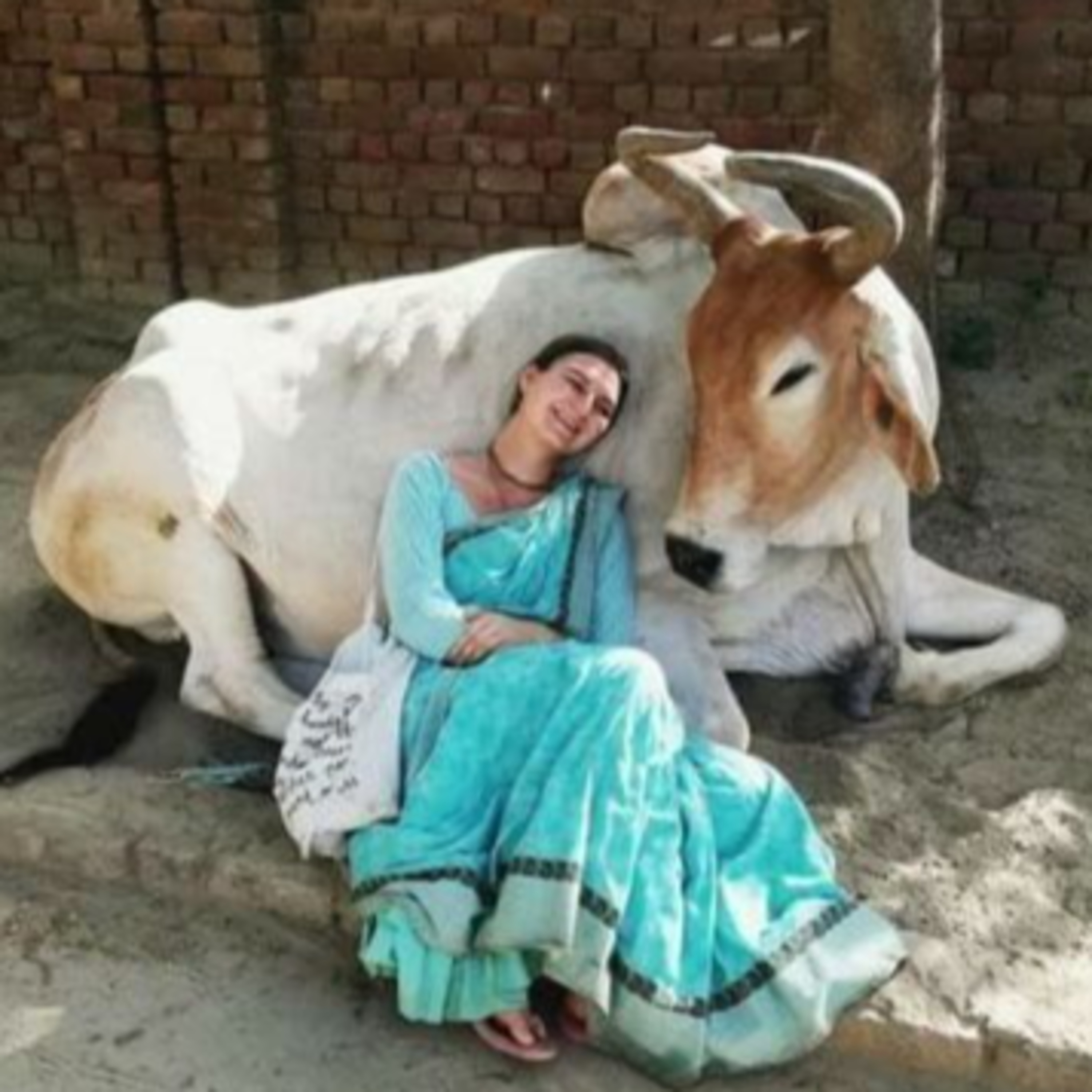 Got Milk? - The Indian Dairy Context.Challenges and Opportunities in India's Dairy IndustryIndian dairy production, while the world's largest, faces significant challenges. High production costs, stemming from low milk yields compared to other nations and inefficient handling and marketing, are major concerns.
Poor milk quality, due to unsanitary practices, hinders exports. A SWOT analysis reveals strengths like a large livestock population and opportunities for technological advancements, but also weaknesses in infrastructure and farmer knowledge, and threats from competition and adulteration.
The article concludes by emphasizing the need for modernization and improved practices to improve the industry's efficiency and competitiveness.2024-12-2514 min
Got Milk? - The Indian Dairy Context.Challenges and Opportunities in India's Dairy IndustryIndian dairy production, while the world's largest, faces significant challenges. High production costs, stemming from low milk yields compared to other nations and inefficient handling and marketing, are major concerns.
Poor milk quality, due to unsanitary practices, hinders exports. A SWOT analysis reveals strengths like a large livestock population and opportunities for technological advancements, but also weaknesses in infrastructure and farmer knowledge, and threats from competition and adulteration.
The article concludes by emphasizing the need for modernization and improved practices to improve the industry's efficiency and competitiveness.2024-12-2514 min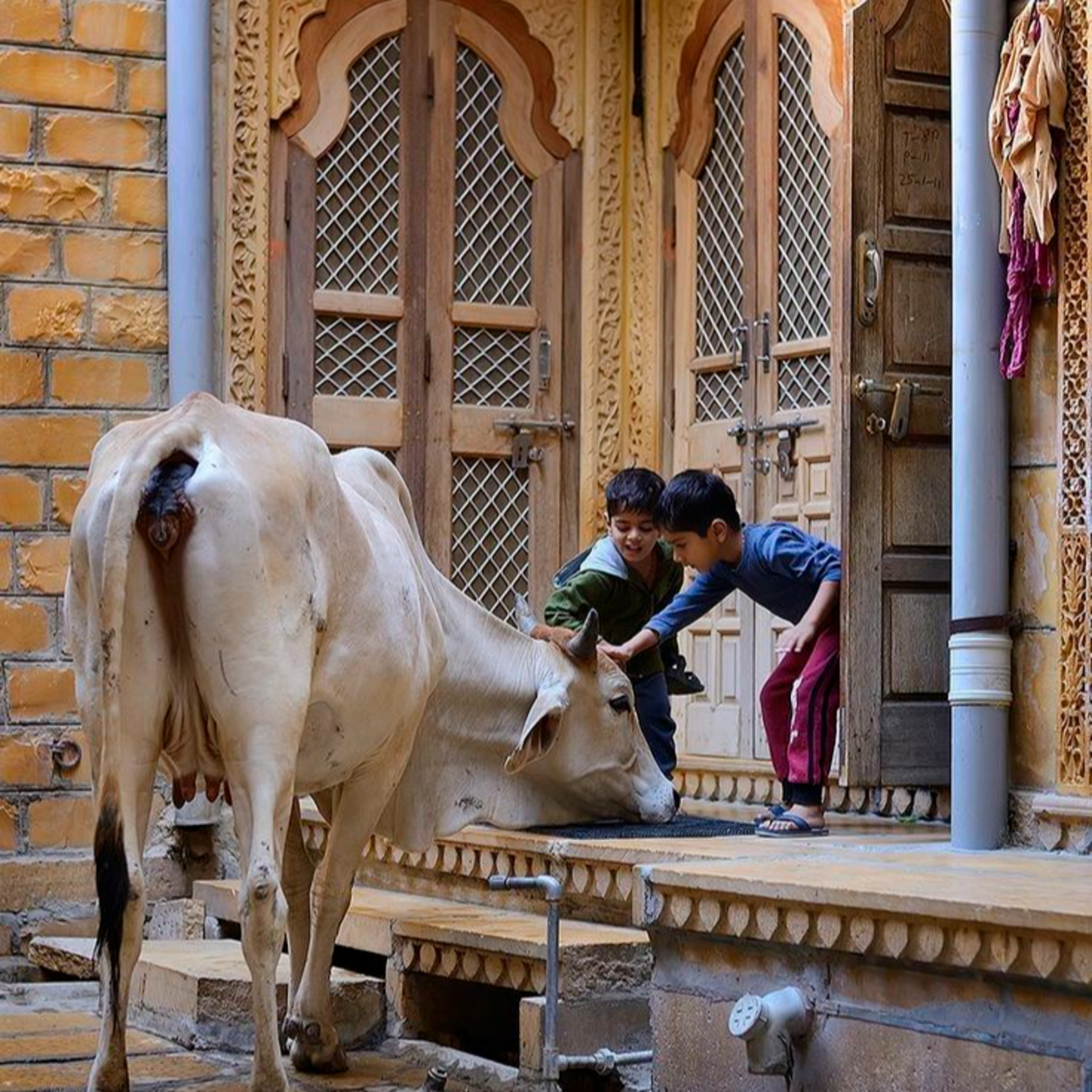 Got Milk? - The Indian Dairy Context.Dairy Industry Impact on Employment and Business Growth in JaipurThis episode is about a research article that assesses the Jaipur, Rajasthan dairy industry's impact on employment and small and medium enterprise (SME) growth.
Using a stratified random sample of 300 participants and structural equation modeling, the study finds a positive correlation between dairy industry growth and both employment and SME expansion.
The analysis reveals statistically significant positive effects, though model fit indices suggest some limitations. The research offers policy recommendations to further leverage the dairy sector for rural development, including supporting cooperatives and women's participation.
Future research directions are proposed to explore long-term...2024-12-2419 min
Got Milk? - The Indian Dairy Context.Dairy Industry Impact on Employment and Business Growth in JaipurThis episode is about a research article that assesses the Jaipur, Rajasthan dairy industry's impact on employment and small and medium enterprise (SME) growth.
Using a stratified random sample of 300 participants and structural equation modeling, the study finds a positive correlation between dairy industry growth and both employment and SME expansion.
The analysis reveals statistically significant positive effects, though model fit indices suggest some limitations. The research offers policy recommendations to further leverage the dairy sector for rural development, including supporting cooperatives and women's participation.
Future research directions are proposed to explore long-term...2024-12-2419 min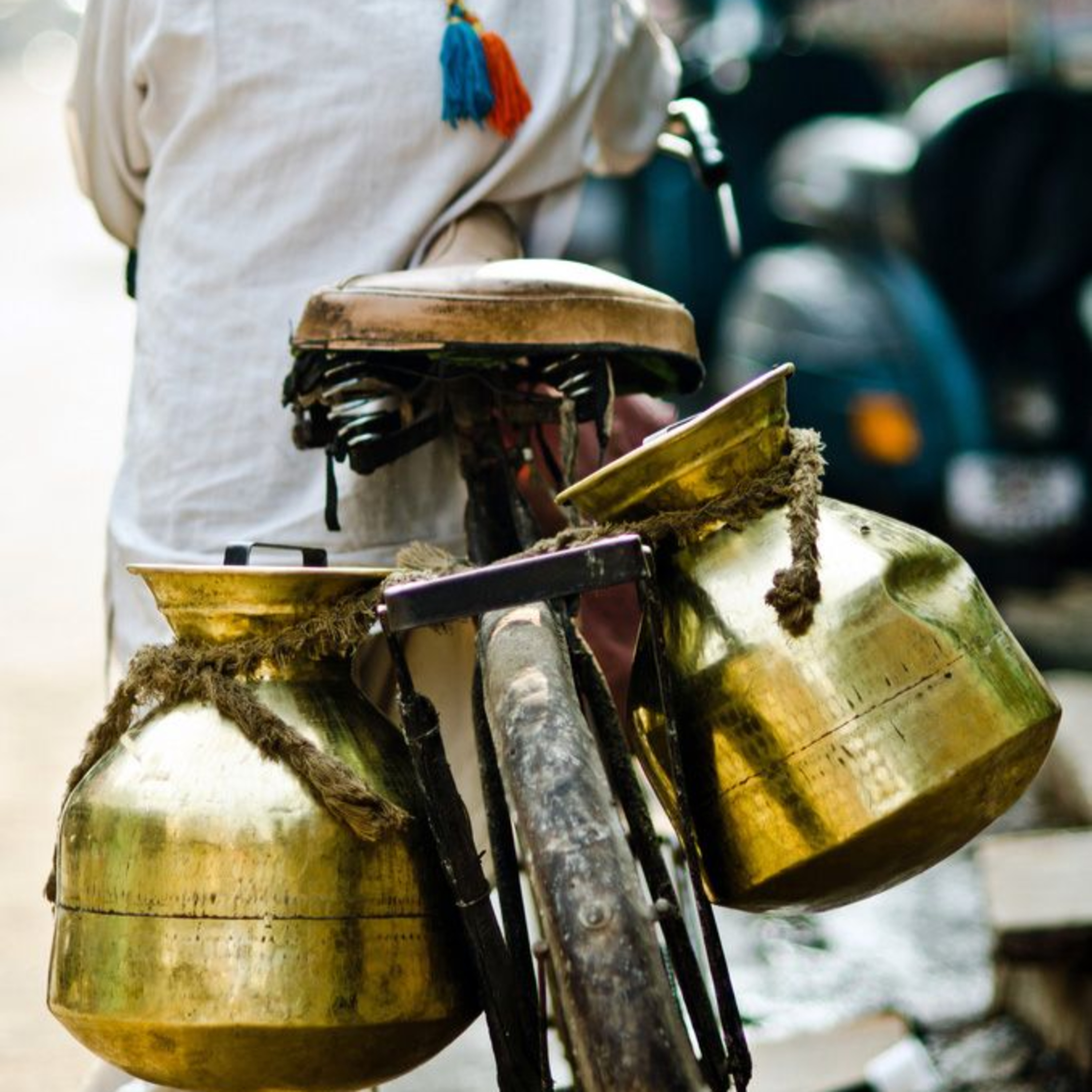 Got Milk? - The Indian Dairy Context.Opportunities and Challenges in India's Dairy IndustryThis episode examines the Indian dairy industry, highlighting its strengths, such as high milk production and a large consumer base, and its challenges, including low productivity of indigenous animals and inadequate infrastructure.
Opportunities for growth are identified, focusing on A2 milk production from indigenous breeds and improved crossbreeding techniques.
The presentation also addresses the reasons for the failure of previous crossbreeding programs and suggests solutions such as better breeding practices and improved technology transfer.
Ultimately, the author advocates for the conservation of indigenous germplasm and the adoption of advanced technologies to enhance the...2024-12-2319 min
Got Milk? - The Indian Dairy Context.Opportunities and Challenges in India's Dairy IndustryThis episode examines the Indian dairy industry, highlighting its strengths, such as high milk production and a large consumer base, and its challenges, including low productivity of indigenous animals and inadequate infrastructure.
Opportunities for growth are identified, focusing on A2 milk production from indigenous breeds and improved crossbreeding techniques.
The presentation also addresses the reasons for the failure of previous crossbreeding programs and suggests solutions such as better breeding practices and improved technology transfer.
Ultimately, the author advocates for the conservation of indigenous germplasm and the adoption of advanced technologies to enhance the...2024-12-2319 min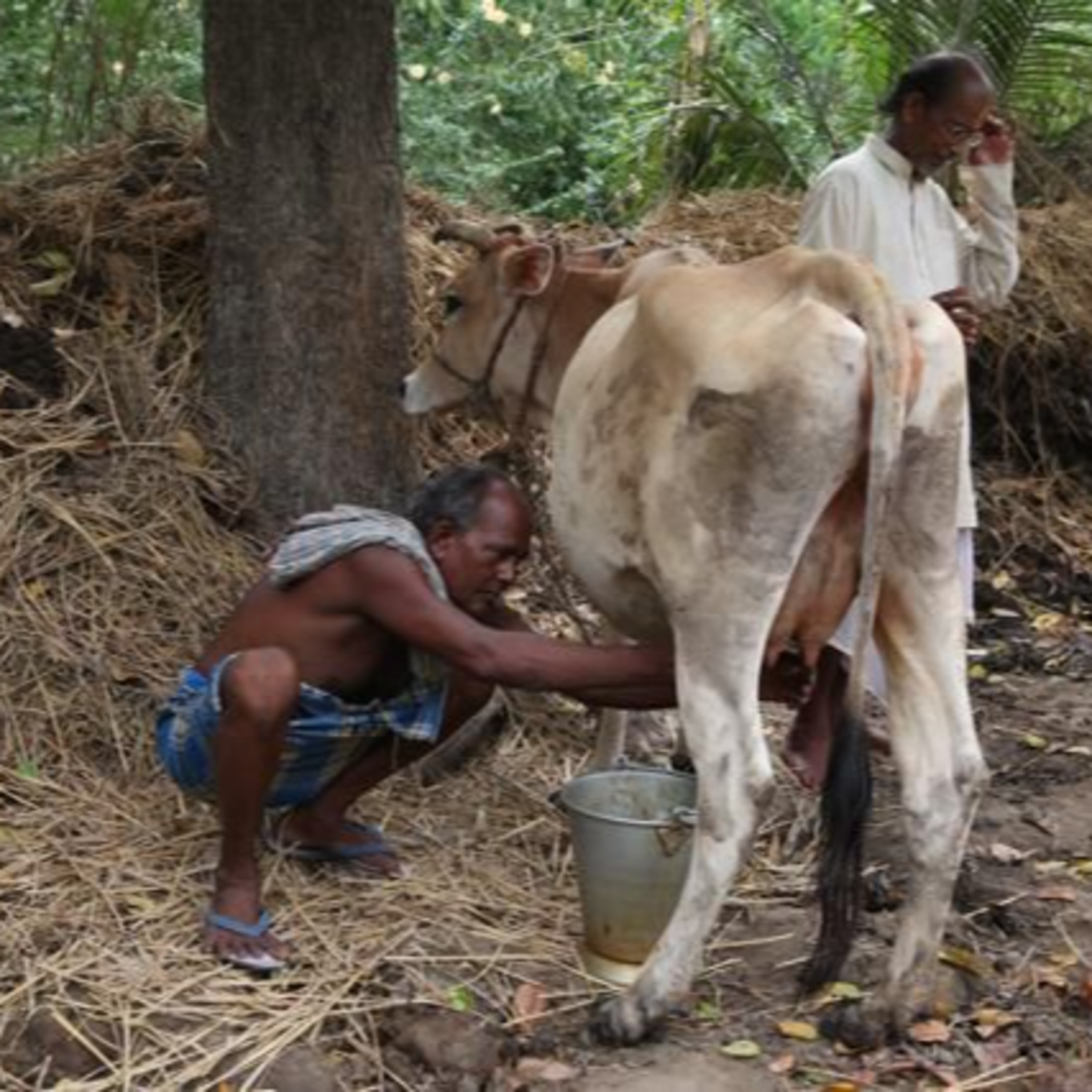 Got Milk? - The Indian Dairy Context.Critical Success Factors of TQM in the Indian Dairy IndustryThis discussion is centered around the research paper which uses factor analysis to investigate critical success factors (CSFs) for Total Quality Management (TQM) in the Indian dairy industry.
The study identified five key CSFs from a literature review and then, using data from quality control managers, employed factor analysis to reveal eight factors influencing TQM success.
These factors, which explained 75.132% of the variance, encompassed aspects like customer focus, employee involvement, and continuous improvement.
The most influential factor, accounting for 46.403% of the variance, related to management practices and customer relations.
The research...2024-12-2214 min
Got Milk? - The Indian Dairy Context.Critical Success Factors of TQM in the Indian Dairy IndustryThis discussion is centered around the research paper which uses factor analysis to investigate critical success factors (CSFs) for Total Quality Management (TQM) in the Indian dairy industry.
The study identified five key CSFs from a literature review and then, using data from quality control managers, employed factor analysis to reveal eight factors influencing TQM success.
These factors, which explained 75.132% of the variance, encompassed aspects like customer focus, employee involvement, and continuous improvement.
The most influential factor, accounting for 46.403% of the variance, related to management practices and customer relations.
The research...2024-12-2214 min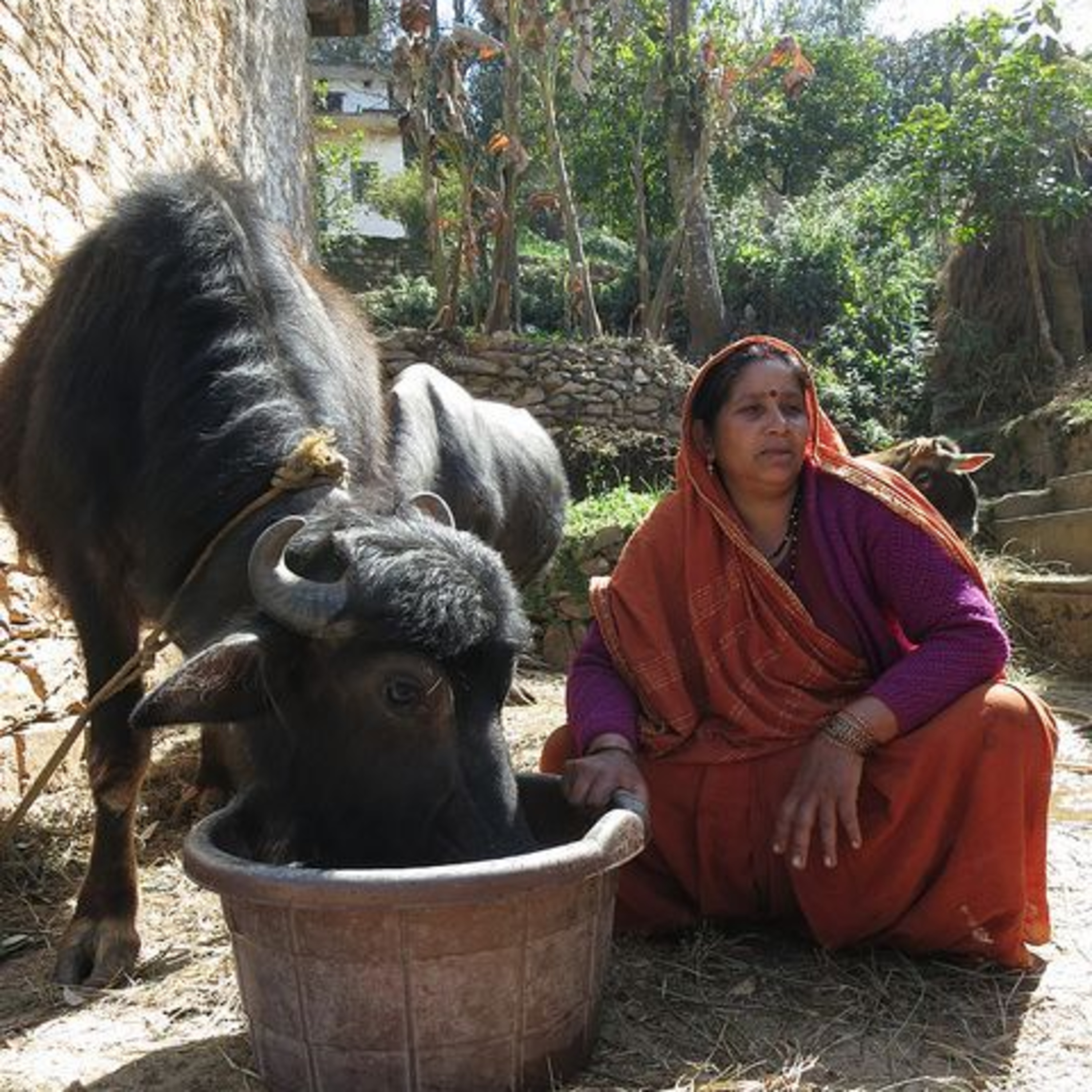 Got Milk? - The Indian Dairy Context.Challenges facing Indian Dairy industry.This episode discusses a research article that examines the challenges facing India's dairy industry, despite its status as the world's largest milk producer.
High production costs, stemming from low milk yields compared to other nations and inefficient handling and marketing, are major concerns.
Poor milk quality, due to unsanitary practices, hinders exports. A SWOT analysis reveals strengths like a large livestock population and established cooperatives, but also highlights weaknesses such as low technology adoption and inadequate infrastructure.
The article concludes by emphasizing the need for modernization and improved practices to enhance the industry's effici...2024-12-2115 min
Got Milk? - The Indian Dairy Context.Challenges facing Indian Dairy industry.This episode discusses a research article that examines the challenges facing India's dairy industry, despite its status as the world's largest milk producer.
High production costs, stemming from low milk yields compared to other nations and inefficient handling and marketing, are major concerns.
Poor milk quality, due to unsanitary practices, hinders exports. A SWOT analysis reveals strengths like a large livestock population and established cooperatives, but also highlights weaknesses such as low technology adoption and inadequate infrastructure.
The article concludes by emphasizing the need for modernization and improved practices to enhance the industry's effici...2024-12-2115 min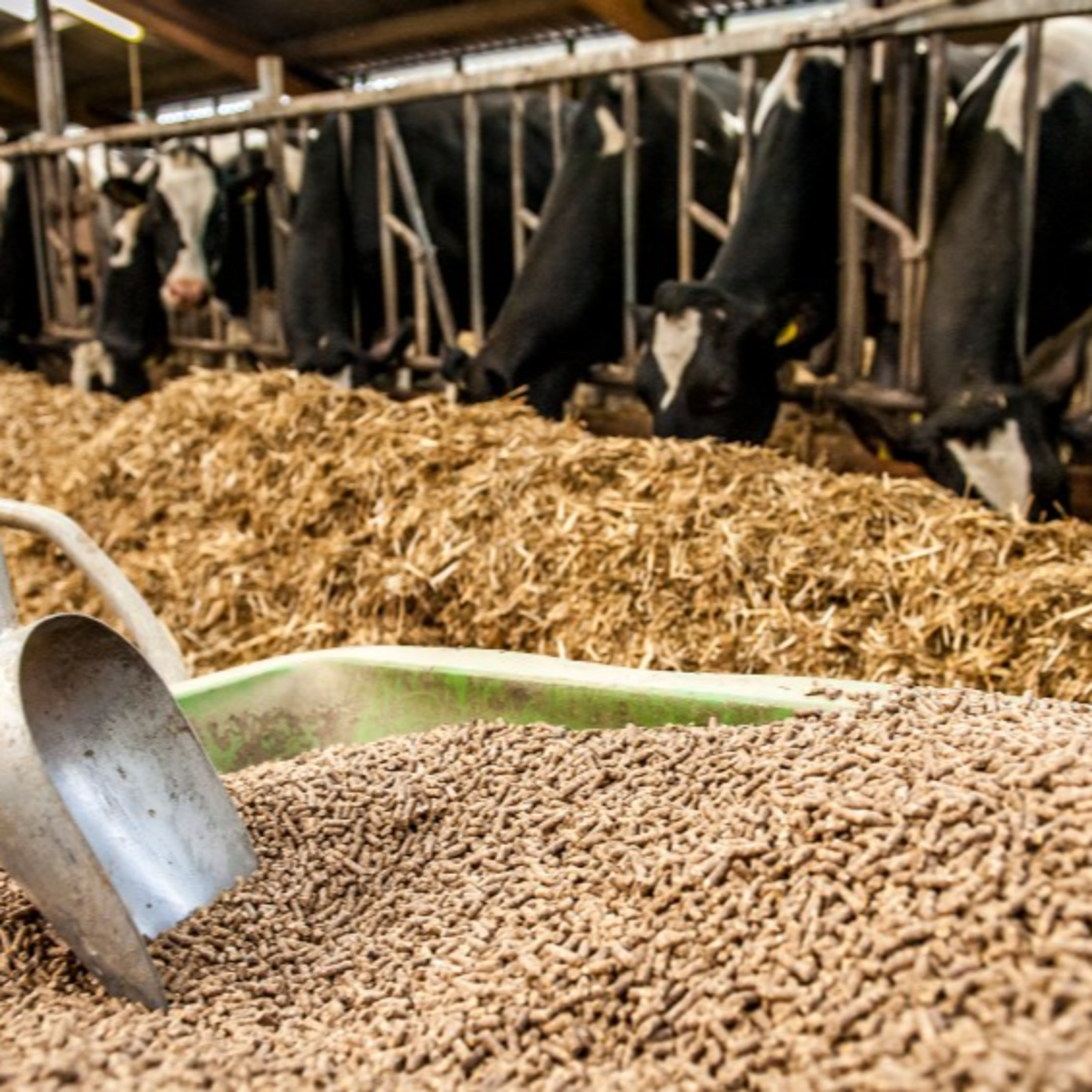 Got Milk? - The Indian Dairy Context.India’s Animal Feed DemandThis episode discusses a report that assesses India's forage
(animal feed) resources and demand, revealing a significant nationwide deficit.
Analysis focuses on green and dry fodder availability from
various sources (cultivated land, forests, pastures, wastelands) across different zones.
The study highlights substantial regional variations in
fodder production and consumption patterns, influenced by factors like livestock types, agricultural practices, and climate.
Data from the 2012 Livestock Census and other sources are
used to project fodder needs and identify areas with surplus or deficit. The authors propose strategies to improve livestock productivity by addressing fodder shortages.2024-12-1619 min
Got Milk? - The Indian Dairy Context.India’s Animal Feed DemandThis episode discusses a report that assesses India's forage
(animal feed) resources and demand, revealing a significant nationwide deficit.
Analysis focuses on green and dry fodder availability from
various sources (cultivated land, forests, pastures, wastelands) across different zones.
The study highlights substantial regional variations in
fodder production and consumption patterns, influenced by factors like livestock types, agricultural practices, and climate.
Data from the 2012 Livestock Census and other sources are
used to project fodder needs and identify areas with surplus or deficit. The authors propose strategies to improve livestock productivity by addressing fodder shortages.2024-12-1619 min Got Milk? - The Indian Dairy Context.Hydroponic Green Fodder for DairyThis episode discusses a scientific study conducted on two batches of livestock on the impact of feeding them hydroponic green fodder.
While the episode discusses advantages and increasing relevance of HGF for farmers in India, to understand real-live implementation visit www.shunya.live and understand the concept of Fodder-As-A-Service pioneered by Shunya. 2024-12-1510 min
Got Milk? - The Indian Dairy Context.Hydroponic Green Fodder for DairyThis episode discusses a scientific study conducted on two batches of livestock on the impact of feeding them hydroponic green fodder.
While the episode discusses advantages and increasing relevance of HGF for farmers in India, to understand real-live implementation visit www.shunya.live and understand the concept of Fodder-As-A-Service pioneered by Shunya. 2024-12-1510 min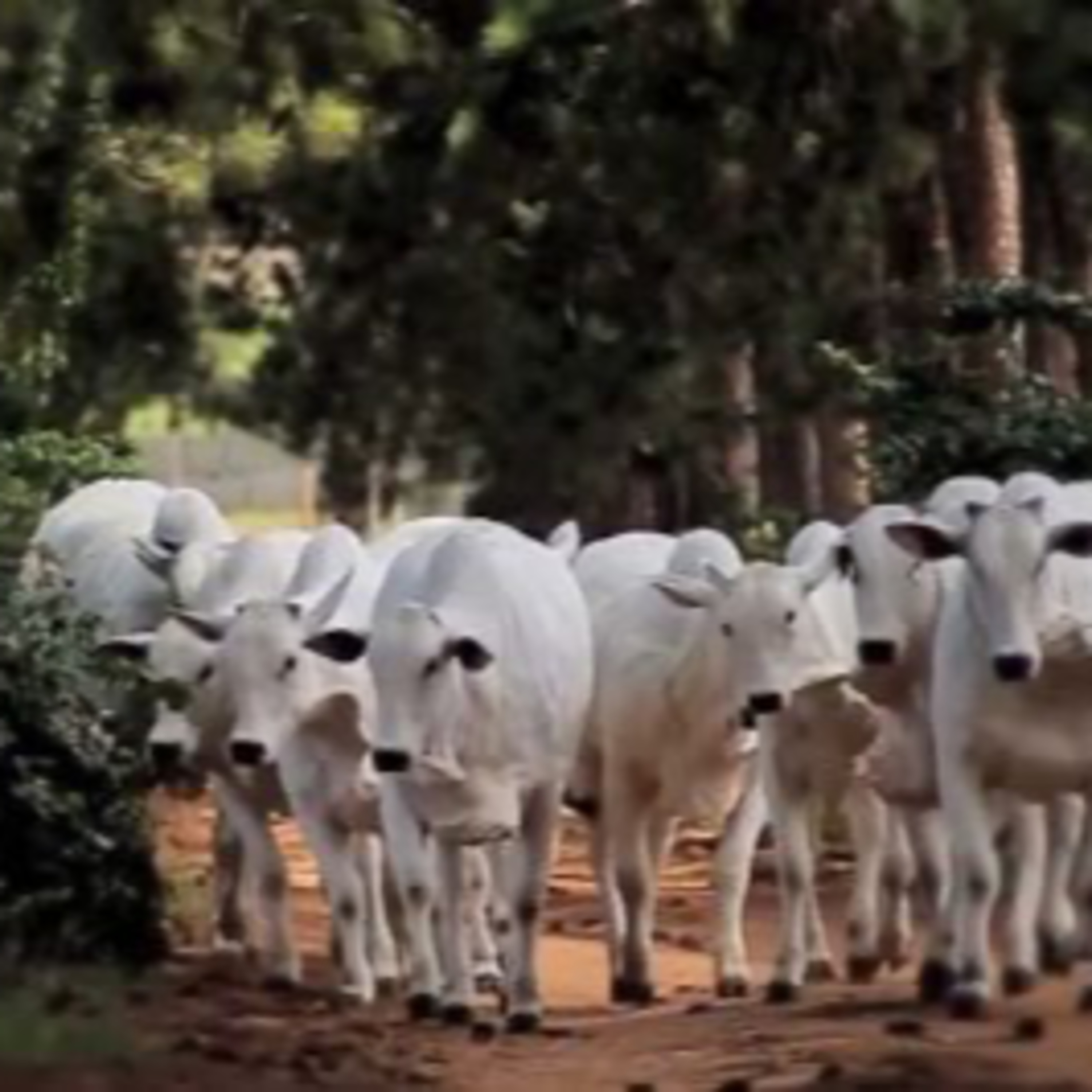 Got Milk? - The Indian Dairy Context.Critical Role of Fodder ProductionThis episode discusses a research article that examines the critical role of fodder production in boosting dairy farming productivity, particularly in Eastern India.
It highlights the significant shortfall in fodder supply compared to demand, emphasizing the need for increased fodder production to improve milk yields and livestock health.
The article explores various fodder cultivation techniques, including intercropping and silage making, and proposes a year-round fodder production model.
Furthermore, it discusses alternative fodder sources like Azolla and addresses challenges hindering fodder production, such as land scarcity and climate change. Ultimately, the authors advocate for imp...2024-12-1414 min
Got Milk? - The Indian Dairy Context.Critical Role of Fodder ProductionThis episode discusses a research article that examines the critical role of fodder production in boosting dairy farming productivity, particularly in Eastern India.
It highlights the significant shortfall in fodder supply compared to demand, emphasizing the need for increased fodder production to improve milk yields and livestock health.
The article explores various fodder cultivation techniques, including intercropping and silage making, and proposes a year-round fodder production model.
Furthermore, it discusses alternative fodder sources like Azolla and addresses challenges hindering fodder production, such as land scarcity and climate change. Ultimately, the authors advocate for imp...2024-12-1414 min Got Milk? - The Indian Dairy Context.Constraints faced by dairy farmers in Jabalpur, Madhya PradeshThis episode investigates constraints faced by dairy farmers in Jabalpur, Madhya Pradesh, India, in adopting recommended dairy practices.
It discusses the study, using data from 140 farmers, identified the most significant challenges as low milk prices and high costs associated with crossbred cattle, fodder, and concentrates.
Farmers suggested solutions including proportionate increases in milk and feed prices, easier loan access, reduced veterinary costs, and increased subsidies.
The findings align with previous research on similar constraints in the region. The study concludes that addressing these constraints is crucial for improving dairy productivity and meeting rising mil...2024-12-1310 min
Got Milk? - The Indian Dairy Context.Constraints faced by dairy farmers in Jabalpur, Madhya PradeshThis episode investigates constraints faced by dairy farmers in Jabalpur, Madhya Pradesh, India, in adopting recommended dairy practices.
It discusses the study, using data from 140 farmers, identified the most significant challenges as low milk prices and high costs associated with crossbred cattle, fodder, and concentrates.
Farmers suggested solutions including proportionate increases in milk and feed prices, easier loan access, reduced veterinary costs, and increased subsidies.
The findings align with previous research on similar constraints in the region. The study concludes that addressing these constraints is crucial for improving dairy productivity and meeting rising mil...2024-12-1310 min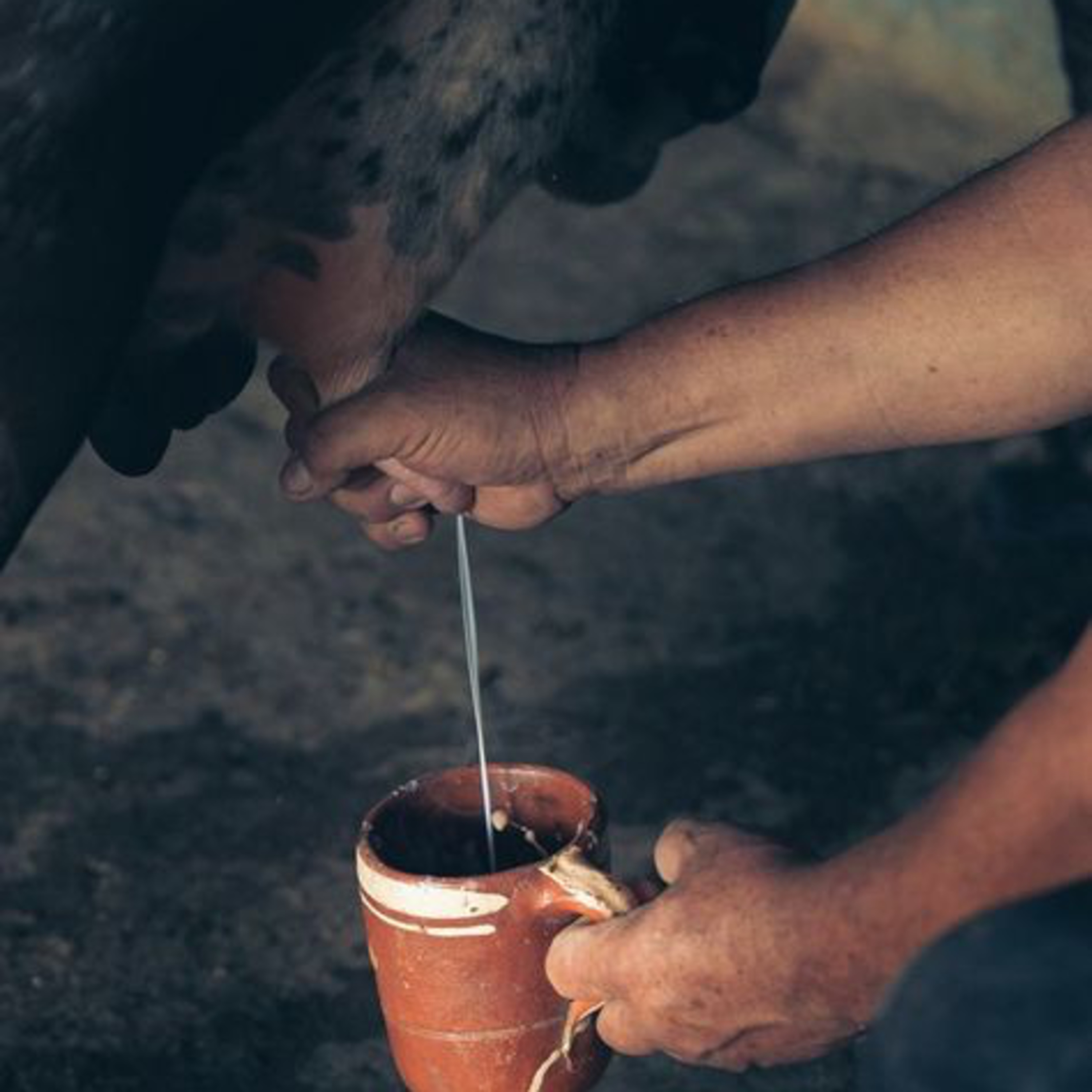 Got Milk? - The Indian Dairy Context.Research Abstracts On Animal Husbandry PracticesThis episode discusses four research abstracts focusing on Indian agriculture and animal husbandry.
1st examines improving dairy farmer income in eastern India through fodder cultivation.
Another analyzes the economic impact of Pashmina goat farming in Ladakh.
A third models the spatial risk of haemorrhagic septicaemia in Maharashtra.
Finally, the last abstract compares traditional and modern buffalo feeding practices near Mumbai.2024-12-1223 min
Got Milk? - The Indian Dairy Context.Research Abstracts On Animal Husbandry PracticesThis episode discusses four research abstracts focusing on Indian agriculture and animal husbandry.
1st examines improving dairy farmer income in eastern India through fodder cultivation.
Another analyzes the economic impact of Pashmina goat farming in Ladakh.
A third models the spatial risk of haemorrhagic septicaemia in Maharashtra.
Finally, the last abstract compares traditional and modern buffalo feeding practices near Mumbai.2024-12-1223 min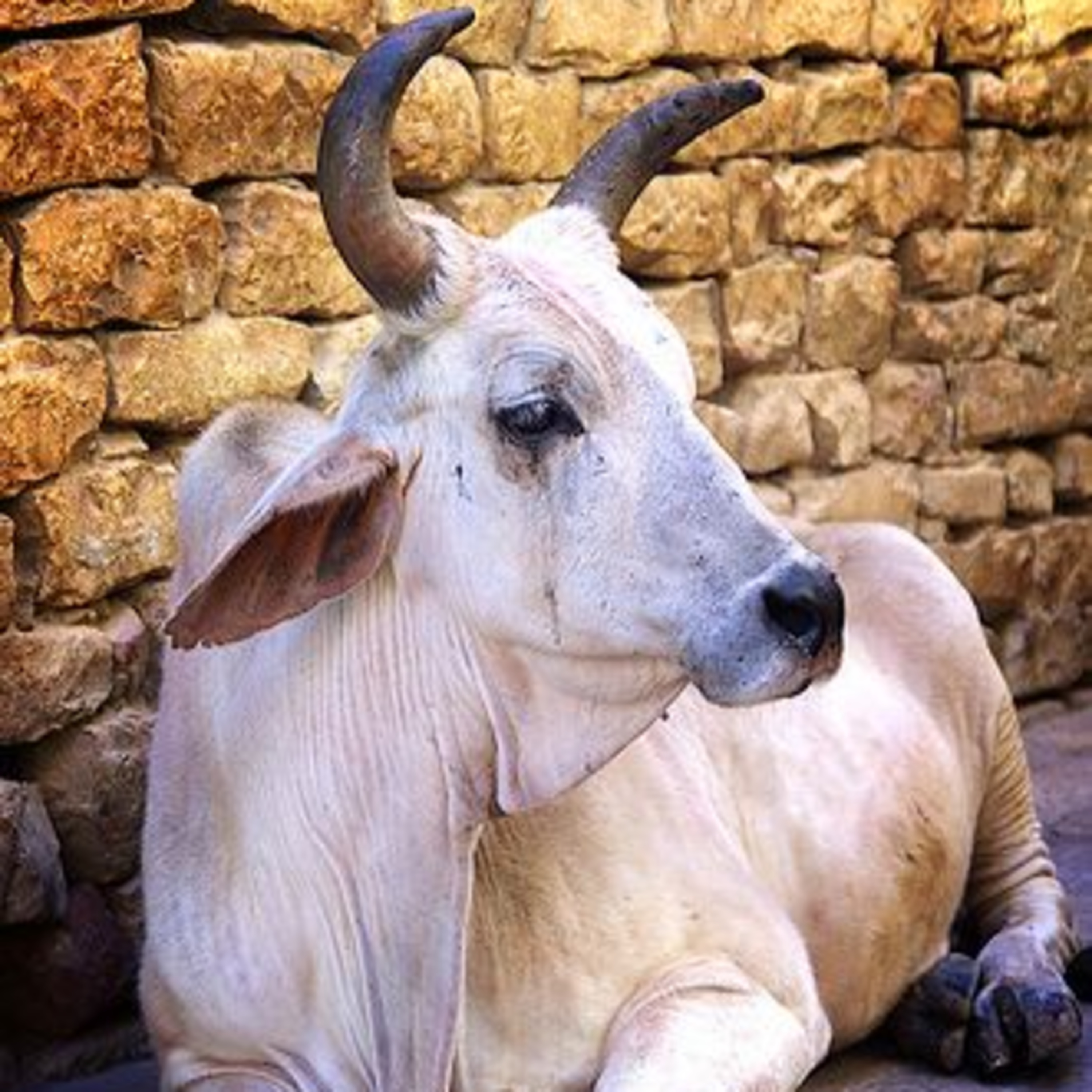 Got Milk? - The Indian Dairy Context.Hydroponic Fodder For DairyThis study investigated the impact of feeding hydroponic
maize fodder to crossbred dairy cows.
Researchers compared milk yield, fat content, and
solids-not-fat (SNF) in cows fed hydroponic fodder versus a control group receiving conventional green fodder. The results showed a significant increase in milk yield (7.5%), milk fat (9.4%), and SNF (6%) in the hydroponic fodder group.
This suggests that hydroponic fodder is a viable alternative
to traditional methods, offering a solution to fodder scarcity and potentially
reducing feed costs. The study concluded that hydroponic fodder production is a beneficial technology for sustainable dairy farming.
2024-12-1110 min
Got Milk? - The Indian Dairy Context.Hydroponic Fodder For DairyThis study investigated the impact of feeding hydroponic
maize fodder to crossbred dairy cows.
Researchers compared milk yield, fat content, and
solids-not-fat (SNF) in cows fed hydroponic fodder versus a control group receiving conventional green fodder. The results showed a significant increase in milk yield (7.5%), milk fat (9.4%), and SNF (6%) in the hydroponic fodder group.
This suggests that hydroponic fodder is a viable alternative
to traditional methods, offering a solution to fodder scarcity and potentially
reducing feed costs. The study concluded that hydroponic fodder production is a beneficial technology for sustainable dairy farming.
2024-12-1110 min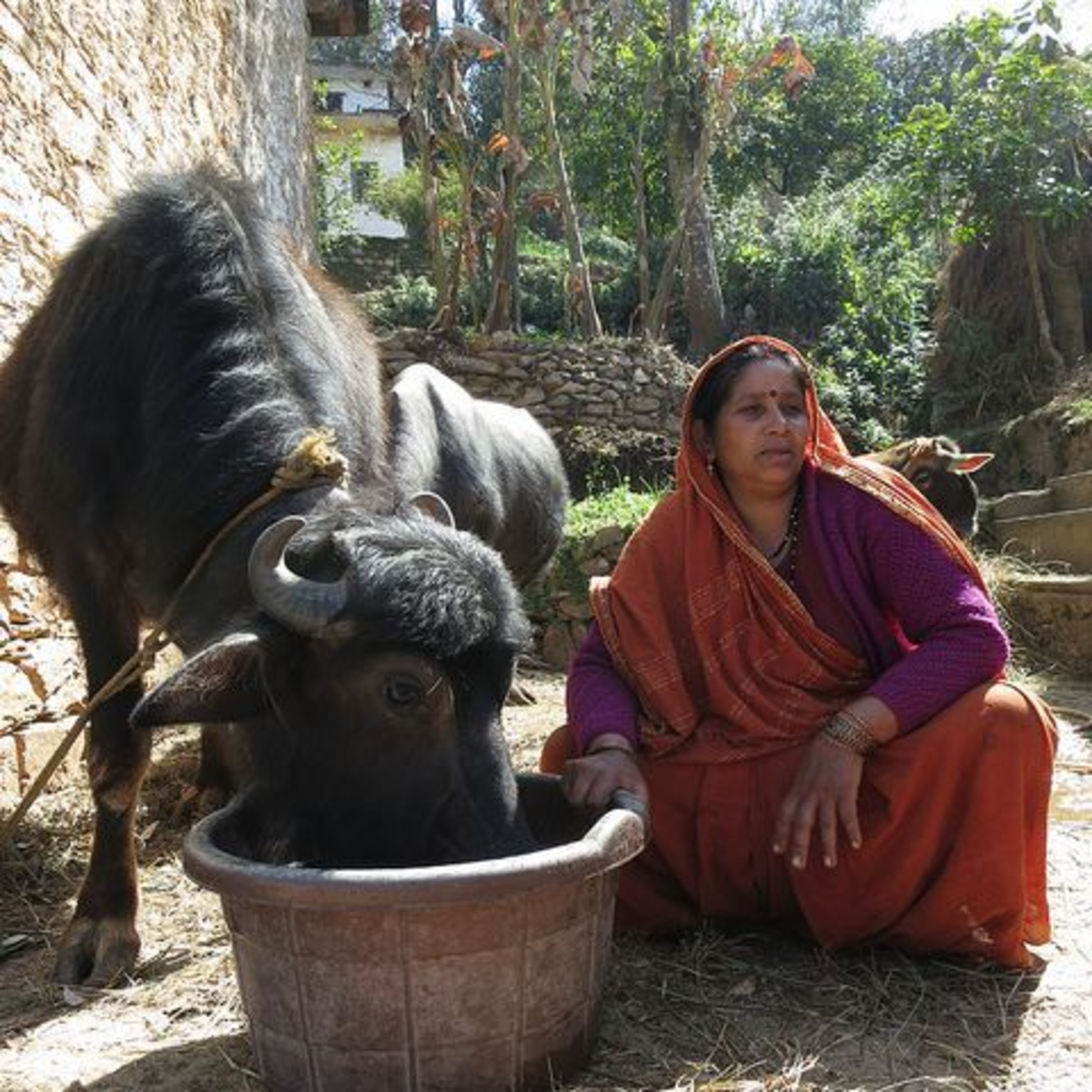 Got Milk? - The Indian Dairy Context.Key constraints in dairying in IndiaThis episode focusses on the research article which analyzes
the challenges faced by dairy farmers across various Indian states.
Six authors from Junagadh Agricultural University and
other institutions reviewed existing literature to identify key constraints. These included feed costs, access to artificial insemination, inadequate veterinary services, and low milk prices.
The study highlights significant regional variations in
these constraints, impacting profitability and the overall sustainability of dairy farming in India. The findings provide valuable insights for policy interventions aimed at improving the sector's performance.
2024-12-1014 min
Got Milk? - The Indian Dairy Context.Key constraints in dairying in IndiaThis episode focusses on the research article which analyzes
the challenges faced by dairy farmers across various Indian states.
Six authors from Junagadh Agricultural University and
other institutions reviewed existing literature to identify key constraints. These included feed costs, access to artificial insemination, inadequate veterinary services, and low milk prices.
The study highlights significant regional variations in
these constraints, impacting profitability and the overall sustainability of dairy farming in India. The findings provide valuable insights for policy interventions aimed at improving the sector's performance.
2024-12-1014 min Got Milk? - The Indian Dairy Context.Social Accounting Matrix & Climate-Smart AgricultureThis episode discusses an open-access research article uses India's 2017-18 Social Accounting Matrix (SAM) to model the economy-wide effects of Climate-Smart Agriculture (CSA) practices.
The study examines three CSA interventions—Conservation Agriculture, System of Rice and Wheat Intensification, and Zero Budget Natural Farming—and analyzes their impacts on sectoral outputs, household incomes, water usage, and greenhouse gas emissions.
A fourth scenario explores shifting cropping patterns from rice and wheat to less emission-intensive crops like maize, sorghum, and millet. The findings highlight the economic and environmental implications of these interventions, offering policy recommendations for India.
Th...2024-12-0519 min
Got Milk? - The Indian Dairy Context.Social Accounting Matrix & Climate-Smart AgricultureThis episode discusses an open-access research article uses India's 2017-18 Social Accounting Matrix (SAM) to model the economy-wide effects of Climate-Smart Agriculture (CSA) practices.
The study examines three CSA interventions—Conservation Agriculture, System of Rice and Wheat Intensification, and Zero Budget Natural Farming—and analyzes their impacts on sectoral outputs, household incomes, water usage, and greenhouse gas emissions.
A fourth scenario explores shifting cropping patterns from rice and wheat to less emission-intensive crops like maize, sorghum, and millet. The findings highlight the economic and environmental implications of these interventions, offering policy recommendations for India.
Th...2024-12-0519 min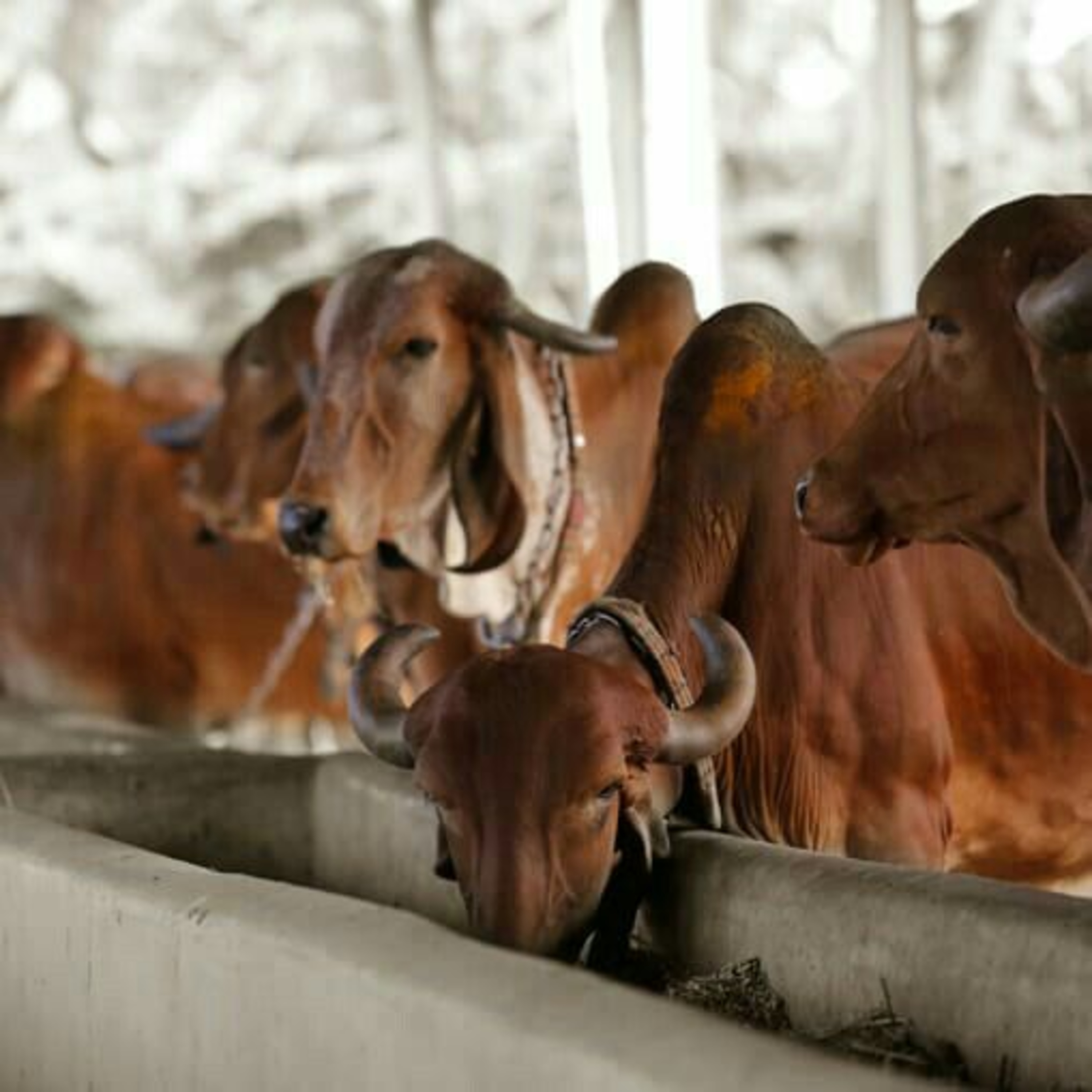 Got Milk? - The Indian Dairy Context.Milk production in India's northeastern states of IndiaThis episode discusses a research paper that analyzes milk production in India's northeastern states, revealing a significant shortfall compared to national averages and recommended daily intake.
The study uses data from the 2019 Livestock Census and other sources to assess the current situation, highlighting low animal productivity and inadequate infrastructure as key challenges. It identifies specific factors hindering milk production, including insufficient feed, limited cold storage, and underdeveloped marketing systems.
The paper concludes by proposing mitigation strategies such as breed improvement, infrastructure development, and farmer capacity building to address the milk deficit and boost the regional...2024-12-0415 min
Got Milk? - The Indian Dairy Context.Milk production in India's northeastern states of IndiaThis episode discusses a research paper that analyzes milk production in India's northeastern states, revealing a significant shortfall compared to national averages and recommended daily intake.
The study uses data from the 2019 Livestock Census and other sources to assess the current situation, highlighting low animal productivity and inadequate infrastructure as key challenges. It identifies specific factors hindering milk production, including insufficient feed, limited cold storage, and underdeveloped marketing systems.
The paper concludes by proposing mitigation strategies such as breed improvement, infrastructure development, and farmer capacity building to address the milk deficit and boost the regional...2024-12-0415 min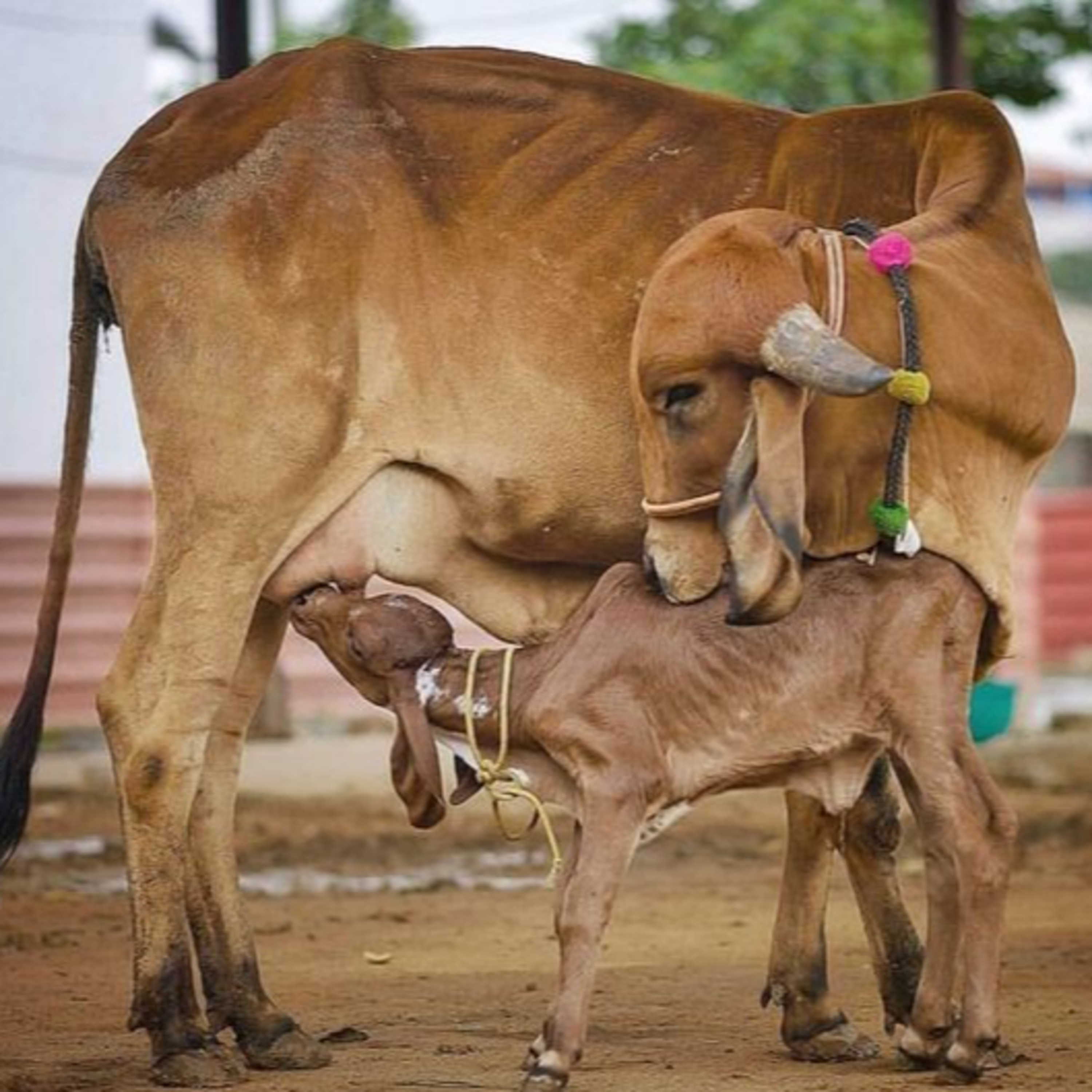 Got Milk? - The Indian Dairy Context.Impact of balanced rations on dairy cattle productivity.This episode examines a 2024 review article that impact of balanced rations on dairy cattle productivity in India.
The authors analyze the nutritional deficiencies and excesses common in current feeding practices, particularly among small-scale farmers.
They present data showing that balanced rations significantly improve milk yield, milk fat content, and overall profitability while also reducing methane emissions.
The study emphasizes the importance of matching nutrient requirements with locally available resources for sustainable dairy farming. Specific ration types and feeding allowances are detailed to guide practical application.2024-12-0314 min
Got Milk? - The Indian Dairy Context.Impact of balanced rations on dairy cattle productivity.This episode examines a 2024 review article that impact of balanced rations on dairy cattle productivity in India.
The authors analyze the nutritional deficiencies and excesses common in current feeding practices, particularly among small-scale farmers.
They present data showing that balanced rations significantly improve milk yield, milk fat content, and overall profitability while also reducing methane emissions.
The study emphasizes the importance of matching nutrient requirements with locally available resources for sustainable dairy farming. Specific ration types and feeding allowances are detailed to guide practical application.2024-12-0314 min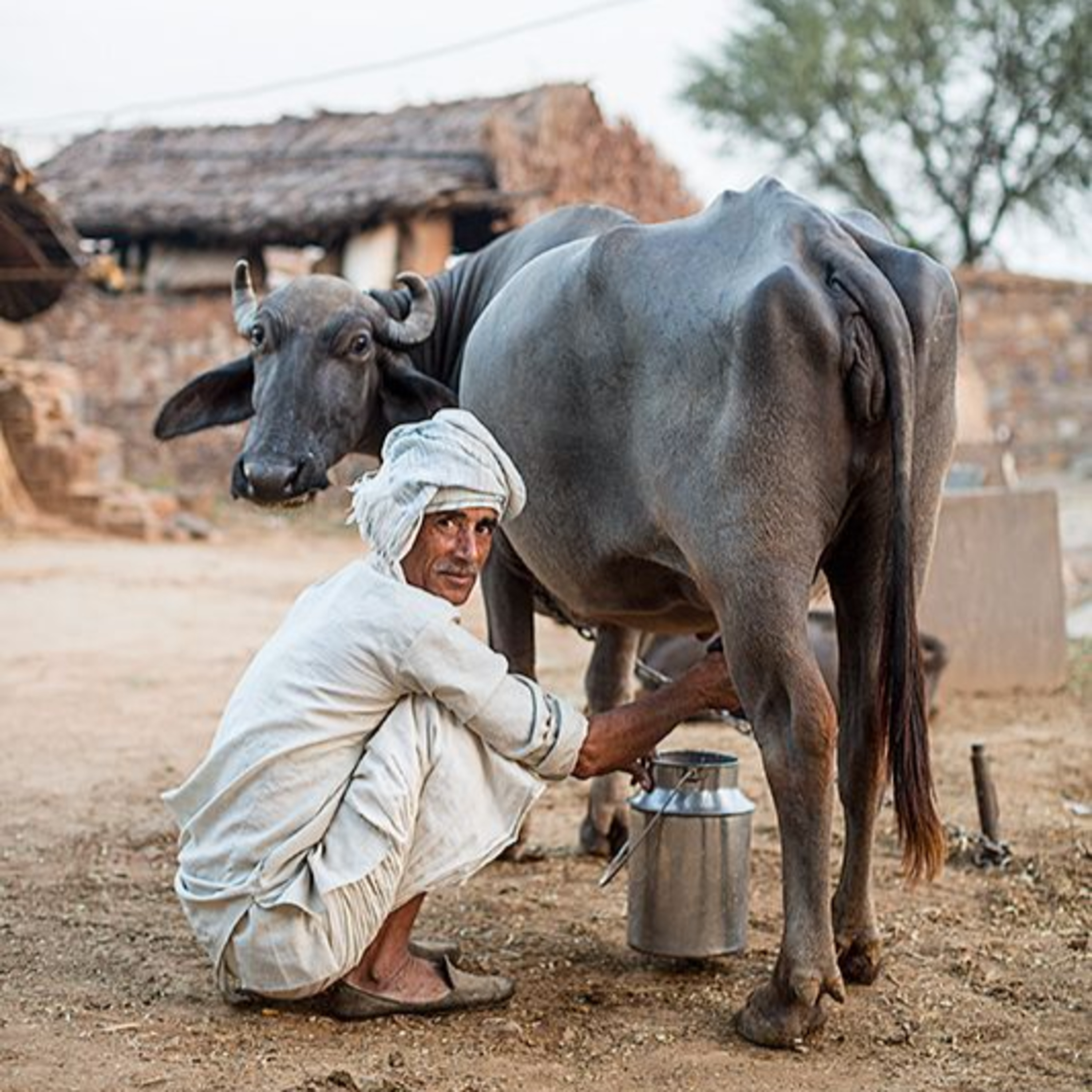 Got Milk? - The Indian Dairy Context.Carbon footprint of milk production on smallholder dairy farmsEpisode discusses the research article that assesses the carbon footprint of milk production on smallholder dairy farms in Karnataka, India.
The study used life cycle analysis to quantify greenhouse gas emissions from various sources, including enteric fermentation and feed production.
Principal component analysis and regression analysis identified key factors influencing the carbon footprint, such as milk yield and feed intake.
The researchers found that higher-yielding cows and improved feed utilization strategies are crucial for reducing the environmental impact of milk production. The findings highlight the need for sustainable practices in smallholder dairy farming...2024-12-0211 min
Got Milk? - The Indian Dairy Context.Carbon footprint of milk production on smallholder dairy farmsEpisode discusses the research article that assesses the carbon footprint of milk production on smallholder dairy farms in Karnataka, India.
The study used life cycle analysis to quantify greenhouse gas emissions from various sources, including enteric fermentation and feed production.
Principal component analysis and regression analysis identified key factors influencing the carbon footprint, such as milk yield and feed intake.
The researchers found that higher-yielding cows and improved feed utilization strategies are crucial for reducing the environmental impact of milk production. The findings highlight the need for sustainable practices in smallholder dairy farming...2024-12-0211 min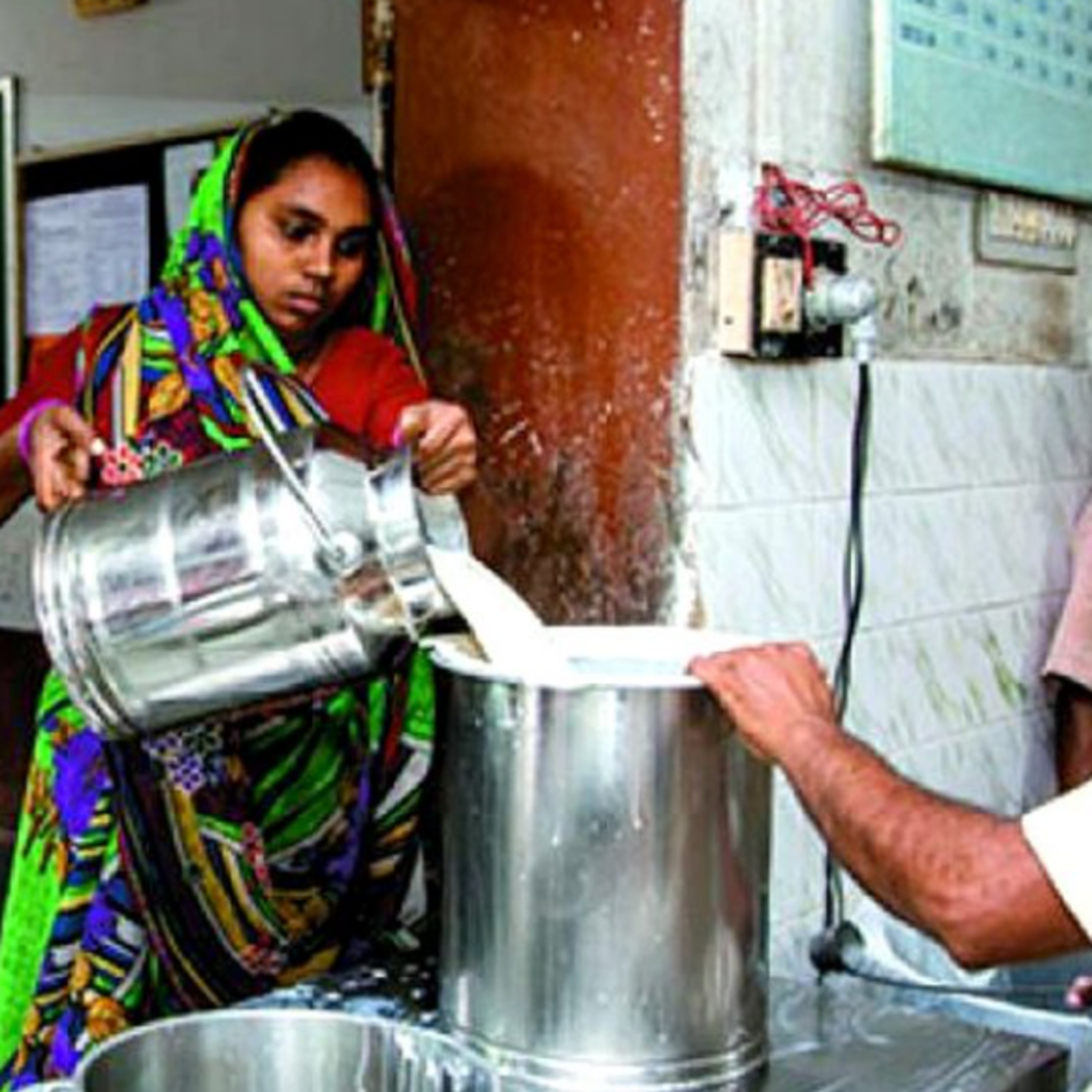 Got Milk? - The Indian Dairy Context.Effects of feeding wet brewer’s grainsThis episode discusses the research paper examines the effects of feeding wet brewer’s grains (WBG) to lactating buffaloes on their milk production, milk composition, and overall economic efficiency.
The authors conducted a study with three treatment groups: one control group and two groups fed varying levels of WBG, replacing part of the buffalo ration dry matter.
The findings indicate that including WBG at 20% dry matter significantly increases milk yield and income over feed cost compared to other groups, demonstrating its potential as a cost-effective and nutritious alternative feed source for dairy buffaloes.2024-11-2522 min
Got Milk? - The Indian Dairy Context.Effects of feeding wet brewer’s grainsThis episode discusses the research paper examines the effects of feeding wet brewer’s grains (WBG) to lactating buffaloes on their milk production, milk composition, and overall economic efficiency.
The authors conducted a study with three treatment groups: one control group and two groups fed varying levels of WBG, replacing part of the buffalo ration dry matter.
The findings indicate that including WBG at 20% dry matter significantly increases milk yield and income over feed cost compared to other groups, demonstrating its potential as a cost-effective and nutritious alternative feed source for dairy buffaloes.2024-11-2522 min Got Milk? - The Indian Dairy Context.Potential Impact of Climate Change on IndiaThis episode discusses a World Bank report which examines the potential impacts of climate change on India, outlining its vulnerabilities and the country's potential responses.
The report analyzes the climate baseline, projected future changes in temperature and precipitation, and the resulting risks to various sectors like agriculture, water resources, coastal areas, and human health.
It then explores the socioeconomic implications, focusing on poverty, inequality, and migration patterns.
The report ultimately aims to provide a comprehensive assessment of the climate risks facing India and offer a framework for developing adaptation and mitigation strategies.2024-11-2419 min
Got Milk? - The Indian Dairy Context.Potential Impact of Climate Change on IndiaThis episode discusses a World Bank report which examines the potential impacts of climate change on India, outlining its vulnerabilities and the country's potential responses.
The report analyzes the climate baseline, projected future changes in temperature and precipitation, and the resulting risks to various sectors like agriculture, water resources, coastal areas, and human health.
It then explores the socioeconomic implications, focusing on poverty, inequality, and migration patterns.
The report ultimately aims to provide a comprehensive assessment of the climate risks facing India and offer a framework for developing adaptation and mitigation strategies.2024-11-2419 min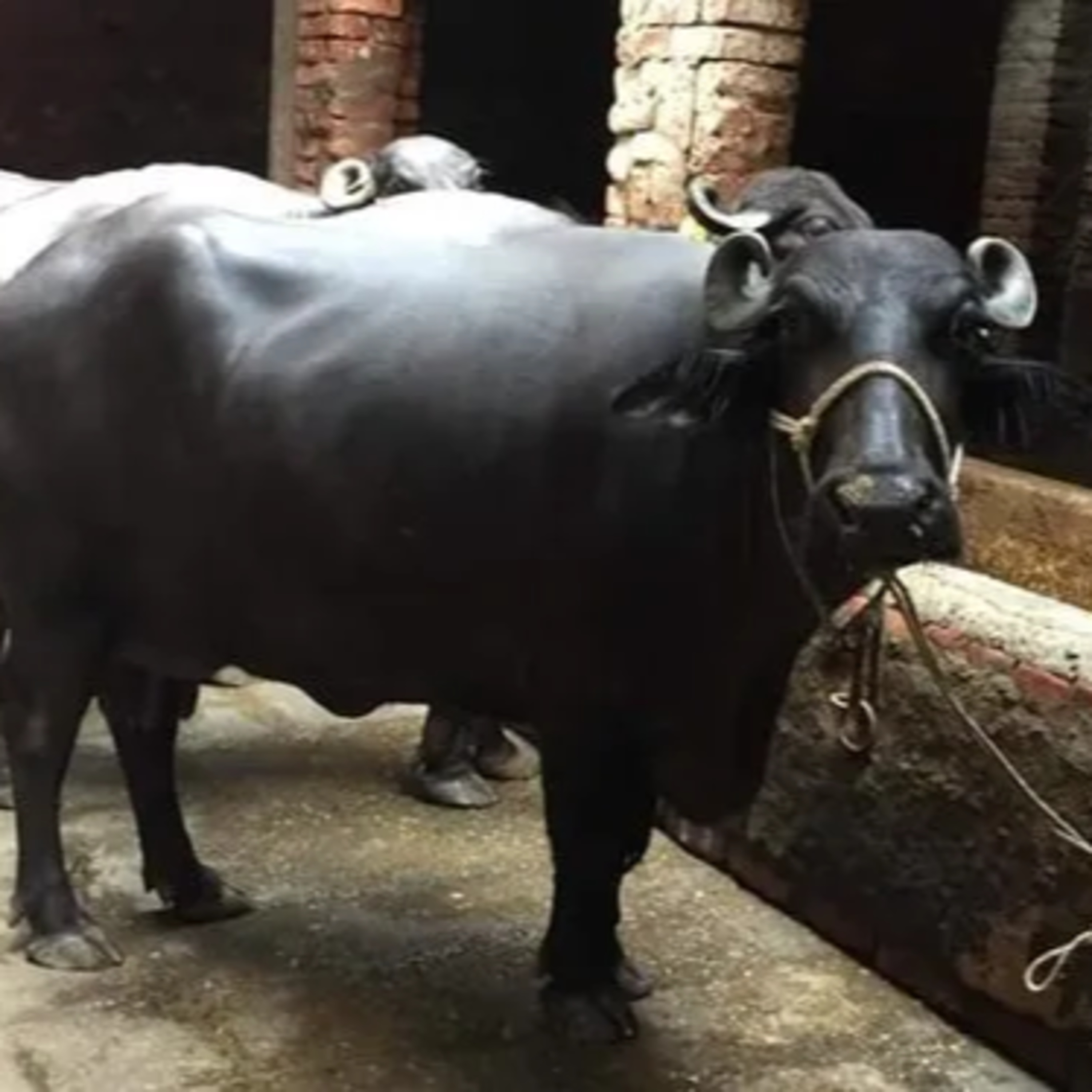 Got Milk? - The Indian Dairy Context.Challenges faced by dairy farmers in IndiaThis episode discusses a research article that investigates the challenges faced by dairy farmers in the Mandsaur district of Madhya Pradesh, India.
The authors conducted a survey of 120 farmers to identify the most significant constraints related to breeding, feeding, management, and healthcare practices.
The study found that repeat breeding, lack of knowledge about heat detection, and a preference for cash crops over fodder crops were among the most significant constraints. In addition, the high cost of veterinary services, insufficient availability of loans, and low milk prices were identified as major financial obstacles.
The...2024-11-2322 min
Got Milk? - The Indian Dairy Context.Challenges faced by dairy farmers in IndiaThis episode discusses a research article that investigates the challenges faced by dairy farmers in the Mandsaur district of Madhya Pradesh, India.
The authors conducted a survey of 120 farmers to identify the most significant constraints related to breeding, feeding, management, and healthcare practices.
The study found that repeat breeding, lack of knowledge about heat detection, and a preference for cash crops over fodder crops were among the most significant constraints. In addition, the high cost of veterinary services, insufficient availability of loans, and low milk prices were identified as major financial obstacles.
The...2024-11-2322 min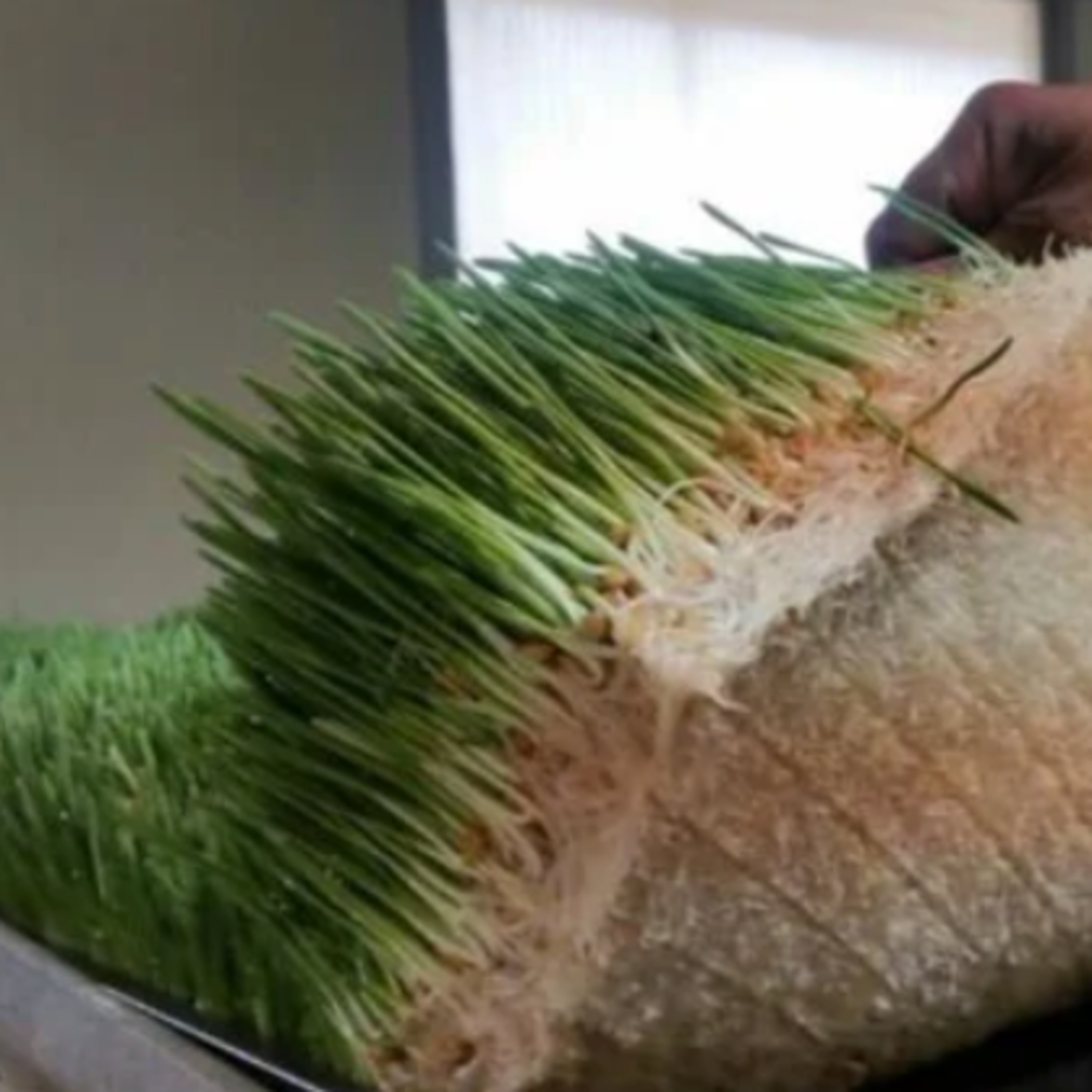 Got Milk? - The Indian Dairy Context.Economic viability of fodder cultivationThis episode discusses a research paper that investigates the economic viability of fodder cultivation in Punjab and Haryana, two Indian states known for their high per capita milk availability.
The study examines the cost and return of cultivating fodder crops during different seasons, highlighting the significance of human labor in the overall production process.
The authors note that while the production of fodder is profitable, limited land allocated to fodder cultivation prevents farmers from meeting the full dry fodder requirements of their livestock.
They recommend increasing the area dedicated to fodder cultivation and...2024-11-2216 min
Got Milk? - The Indian Dairy Context.Economic viability of fodder cultivationThis episode discusses a research paper that investigates the economic viability of fodder cultivation in Punjab and Haryana, two Indian states known for their high per capita milk availability.
The study examines the cost and return of cultivating fodder crops during different seasons, highlighting the significance of human labor in the overall production process.
The authors note that while the production of fodder is profitable, limited land allocated to fodder cultivation prevents farmers from meeting the full dry fodder requirements of their livestock.
They recommend increasing the area dedicated to fodder cultivation and...2024-11-2216 min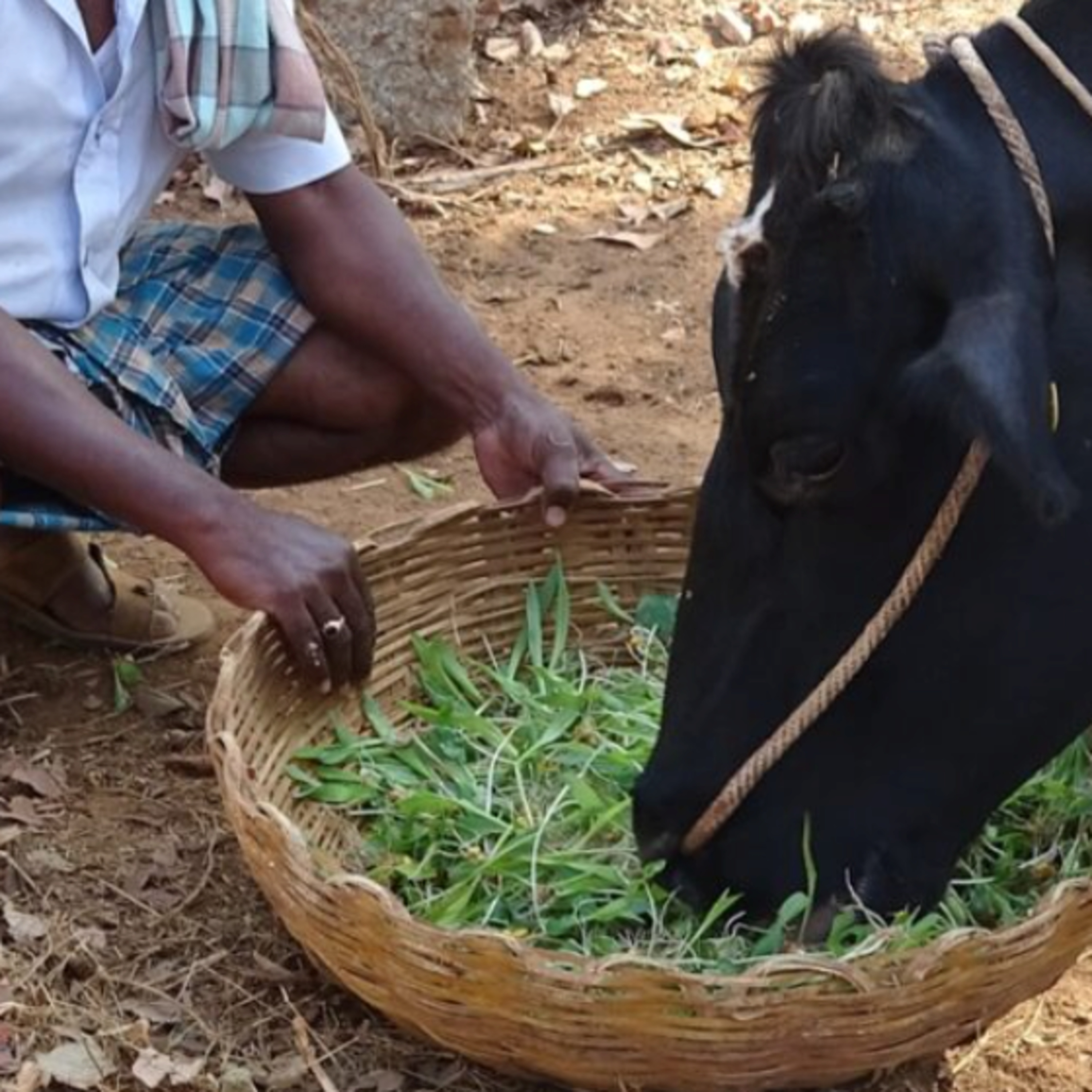 Got Milk? - The Indian Dairy Context.Factors affecting the quality of milk productivity in IndiaThis episode discusses a research article that investigates the factors affecting the quality of milk productivity in India, specifically focusing on dairy farmers in the Vellore district of Tamil Nadu.
The study examines the relationship between four independent variables — cattle feed, cattle health, climatic condition, and milk handling — and the quality of milk productivity.
Using a combination of questionnaires and focused group discussions, the authors found a positive relationship between all four independent variables and milk productivity.
The study provides valuable insights and recommendations for policy makers, decision makers, and dairy farmers to improv...2024-11-2119 min
Got Milk? - The Indian Dairy Context.Factors affecting the quality of milk productivity in IndiaThis episode discusses a research article that investigates the factors affecting the quality of milk productivity in India, specifically focusing on dairy farmers in the Vellore district of Tamil Nadu.
The study examines the relationship between four independent variables — cattle feed, cattle health, climatic condition, and milk handling — and the quality of milk productivity.
Using a combination of questionnaires and focused group discussions, the authors found a positive relationship between all four independent variables and milk productivity.
The study provides valuable insights and recommendations for policy makers, decision makers, and dairy farmers to improv...2024-11-2119 min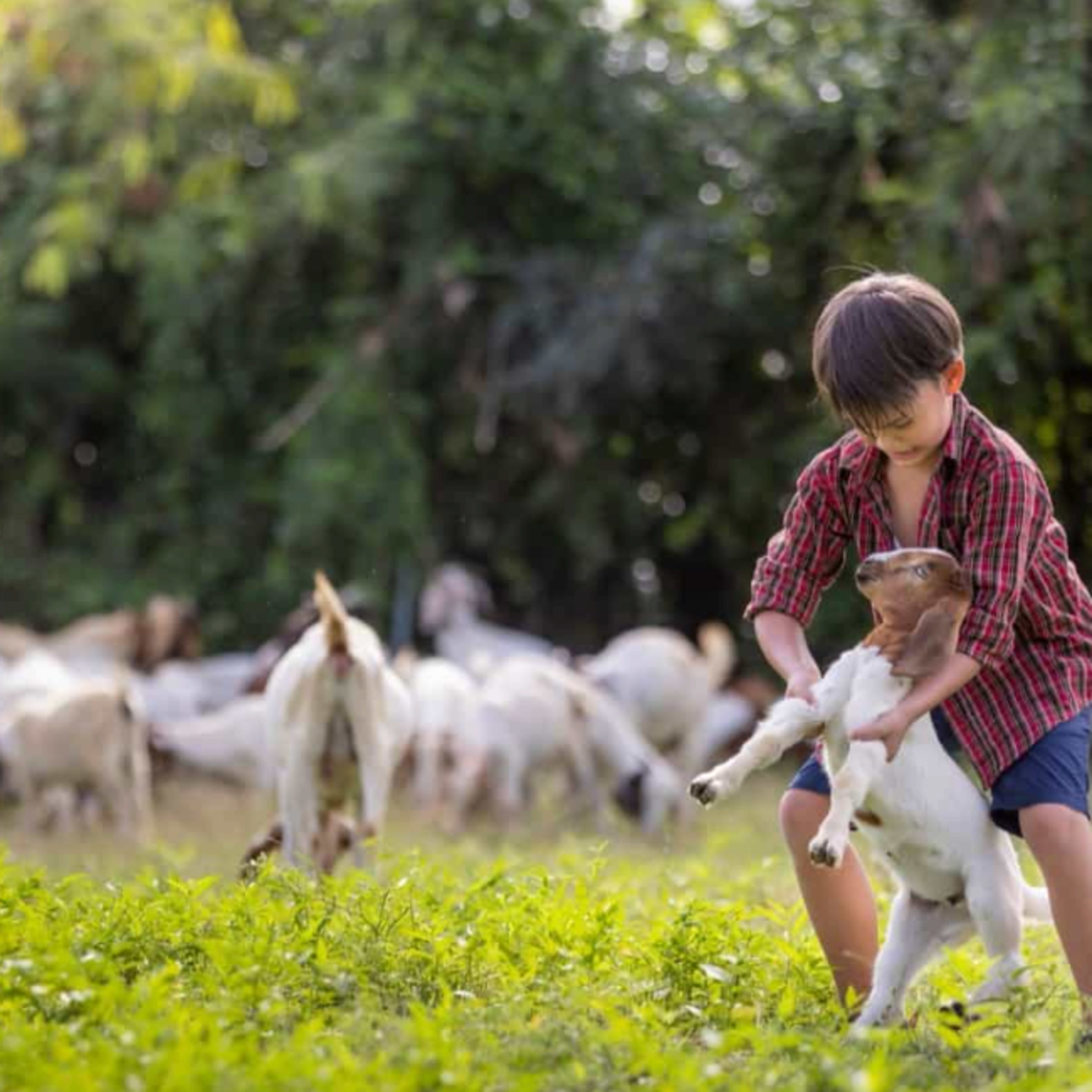 Got Milk? - The Indian Dairy Context.Availability and accessibility of fodder in ManipurThis episode focusses on a research paper examines the availability and accessibility of fodder for dairy farmers in Manipur, India.
The study focused on the dependence of farmers on common property resources like forests and grazing lands for fodder, particularly in the face of limited arable land for fodder cultivation.
The authors found that the majority of farmers relied on these resources to meet the needs of their dairy animals, with the purchase of concentrated feed occurring mostly for crossbred animals.
The paper concludes by recommending the need to equip dairy farmers with...2024-11-2013 min
Got Milk? - The Indian Dairy Context.Availability and accessibility of fodder in ManipurThis episode focusses on a research paper examines the availability and accessibility of fodder for dairy farmers in Manipur, India.
The study focused on the dependence of farmers on common property resources like forests and grazing lands for fodder, particularly in the face of limited arable land for fodder cultivation.
The authors found that the majority of farmers relied on these resources to meet the needs of their dairy animals, with the purchase of concentrated feed occurring mostly for crossbred animals.
The paper concludes by recommending the need to equip dairy farmers with...2024-11-2013 min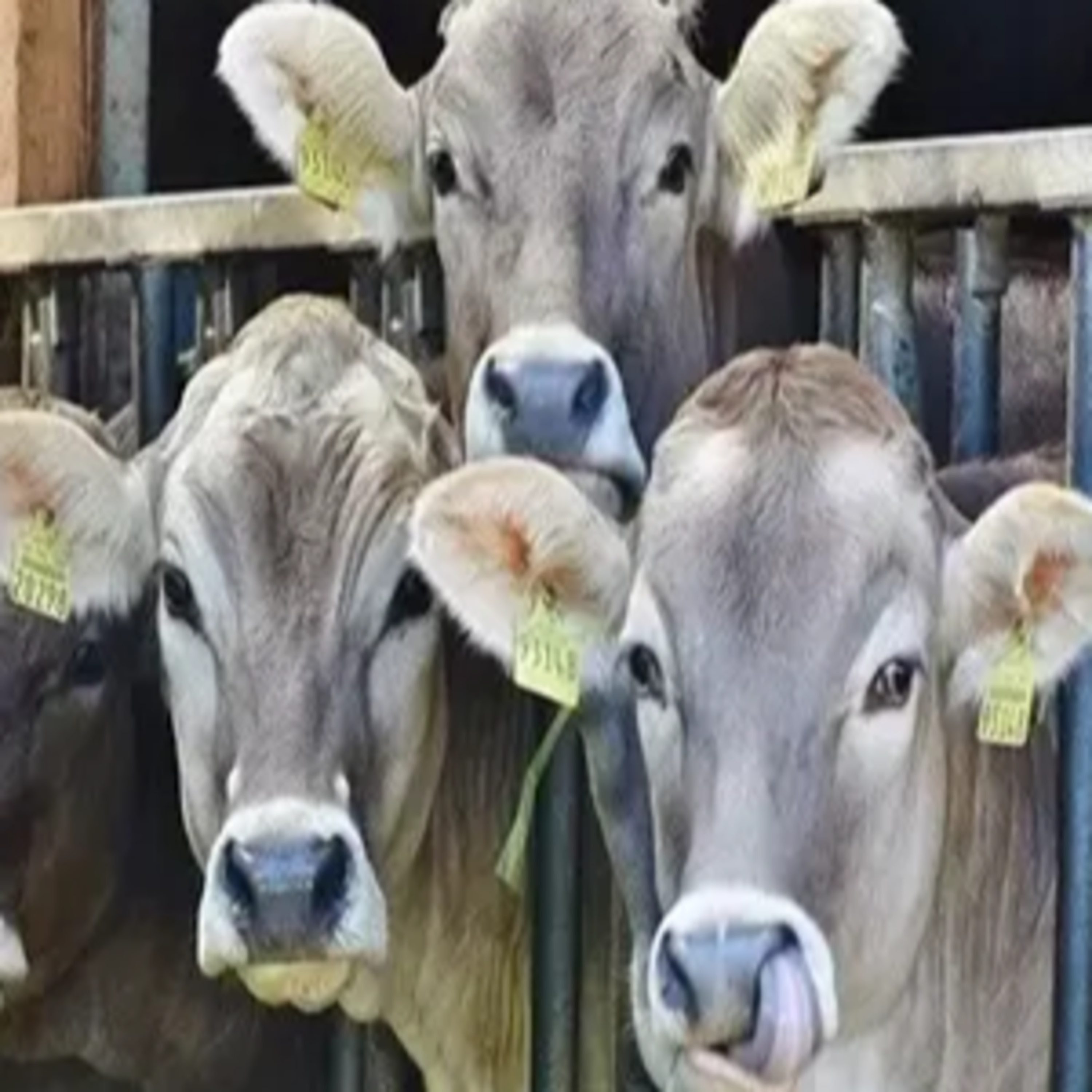 Got Milk? - The Indian Dairy Context.Dairy farm visit report in India.This episode reports on a field trip to a dairy farm in Hyderabad, India, undertaken by a group of biotechnology students.
The report explores the daily operations of the farm, focusing on cattle management, milking processes, animal health, and milk processing. It highlights the importance of dairy farming in India's socio-economic landscape and discusses its relevance to agricultural studies, animal welfare, and career exploration.
The authors of the report emphasize the need for sustainable practices in the dairy industry, emphasizing the challenges and opportunities for the future development of dairy farming in India.2024-11-1913 min
Got Milk? - The Indian Dairy Context.Dairy farm visit report in India.This episode reports on a field trip to a dairy farm in Hyderabad, India, undertaken by a group of biotechnology students.
The report explores the daily operations of the farm, focusing on cattle management, milking processes, animal health, and milk processing. It highlights the importance of dairy farming in India's socio-economic landscape and discusses its relevance to agricultural studies, animal welfare, and career exploration.
The authors of the report emphasize the need for sustainable practices in the dairy industry, emphasizing the challenges and opportunities for the future development of dairy farming in India.2024-11-1913 min Got Milk? - The Indian Dairy Context.Milk quality and safety practices of dairy farmers in PunjabThis episode has a discussion on the research article that examines the milk quality and safety practices of dairy farmers in Punjab, India.
The authors surveyed 300 dairy farmers across five different agro-climatic zones, investigating their knowledge of milk safety and hygiene practices regarding milker hygiene, animal hygiene, environmental hygiene, milk handling, and chemical residue in milk.
The study also analyzed pooled milk samples for somatic cell count, fat, SNF, adulteration, and E. coli contamination. The findings reveal a lack of awareness and poor adherence to hygienic milk practices among many farmers, highlighting the need for...2024-11-1825 min
Got Milk? - The Indian Dairy Context.Milk quality and safety practices of dairy farmers in PunjabThis episode has a discussion on the research article that examines the milk quality and safety practices of dairy farmers in Punjab, India.
The authors surveyed 300 dairy farmers across five different agro-climatic zones, investigating their knowledge of milk safety and hygiene practices regarding milker hygiene, animal hygiene, environmental hygiene, milk handling, and chemical residue in milk.
The study also analyzed pooled milk samples for somatic cell count, fat, SNF, adulteration, and E. coli contamination. The findings reveal a lack of awareness and poor adherence to hygienic milk practices among many farmers, highlighting the need for...2024-11-1825 min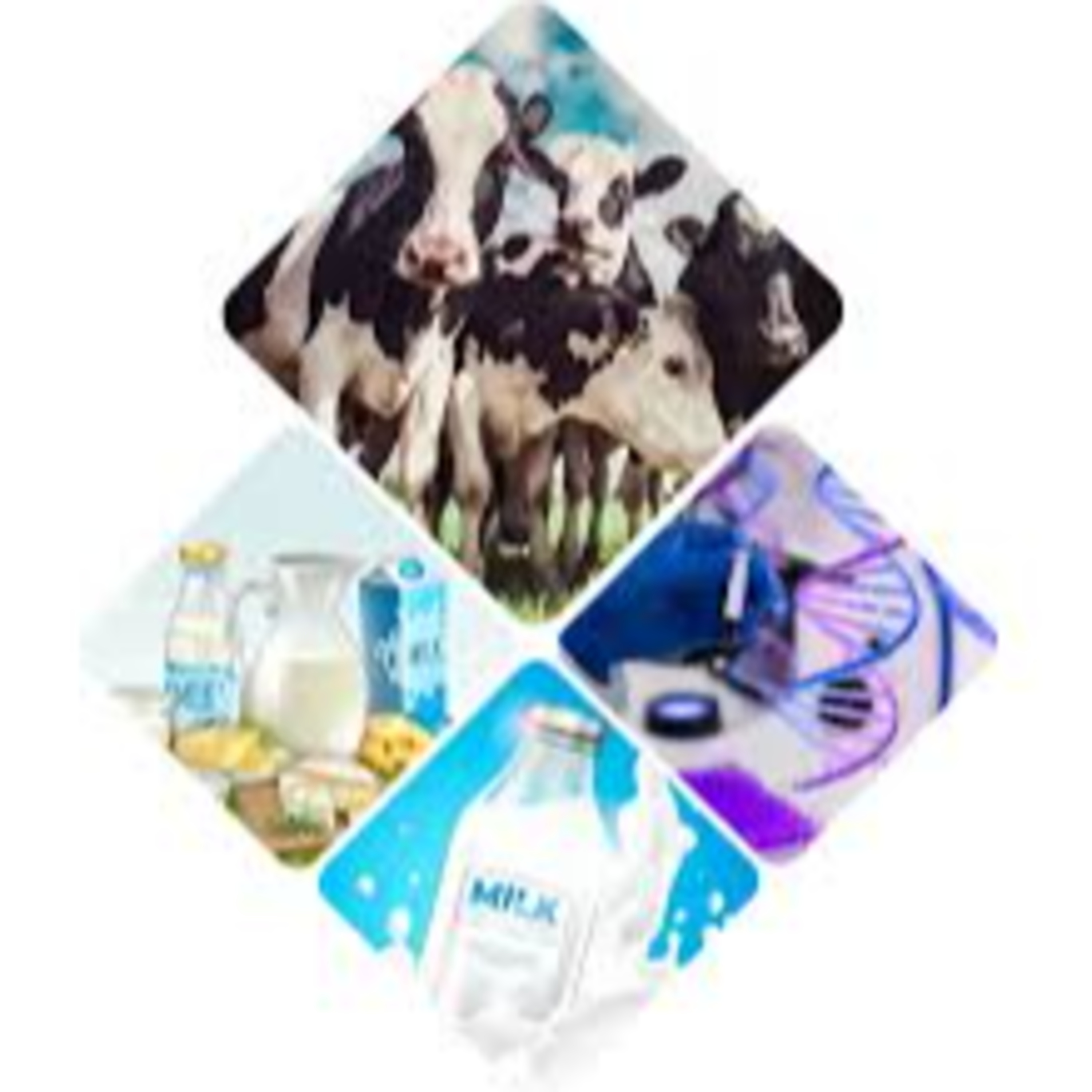 Got Milk? - The Indian Dairy Context.Genetic Evaluation of Milk YieldThis episode focusses on a study that presents the first genetic evaluation of milk yield in smallholder crossbred dairy cattle in India.
The researchers utilized single nucleotide polymorphism (SNP) genotypes to estimate genetic parameters for milk yield and to develop genomic estimated breeding values (GEBV).
The study found that there is significant genetic variation for milk production in smallholder crossbred dairy systems in India, and that a combination of smallholder data recording and SNP genotyping can be used to generate GEBV, which can be used to improve breeding decisions.
The study also investigated...2024-11-1711 min
Got Milk? - The Indian Dairy Context.Genetic Evaluation of Milk YieldThis episode focusses on a study that presents the first genetic evaluation of milk yield in smallholder crossbred dairy cattle in India.
The researchers utilized single nucleotide polymorphism (SNP) genotypes to estimate genetic parameters for milk yield and to develop genomic estimated breeding values (GEBV).
The study found that there is significant genetic variation for milk production in smallholder crossbred dairy systems in India, and that a combination of smallholder data recording and SNP genotyping can be used to generate GEBV, which can be used to improve breeding decisions.
The study also investigated...2024-11-1711 min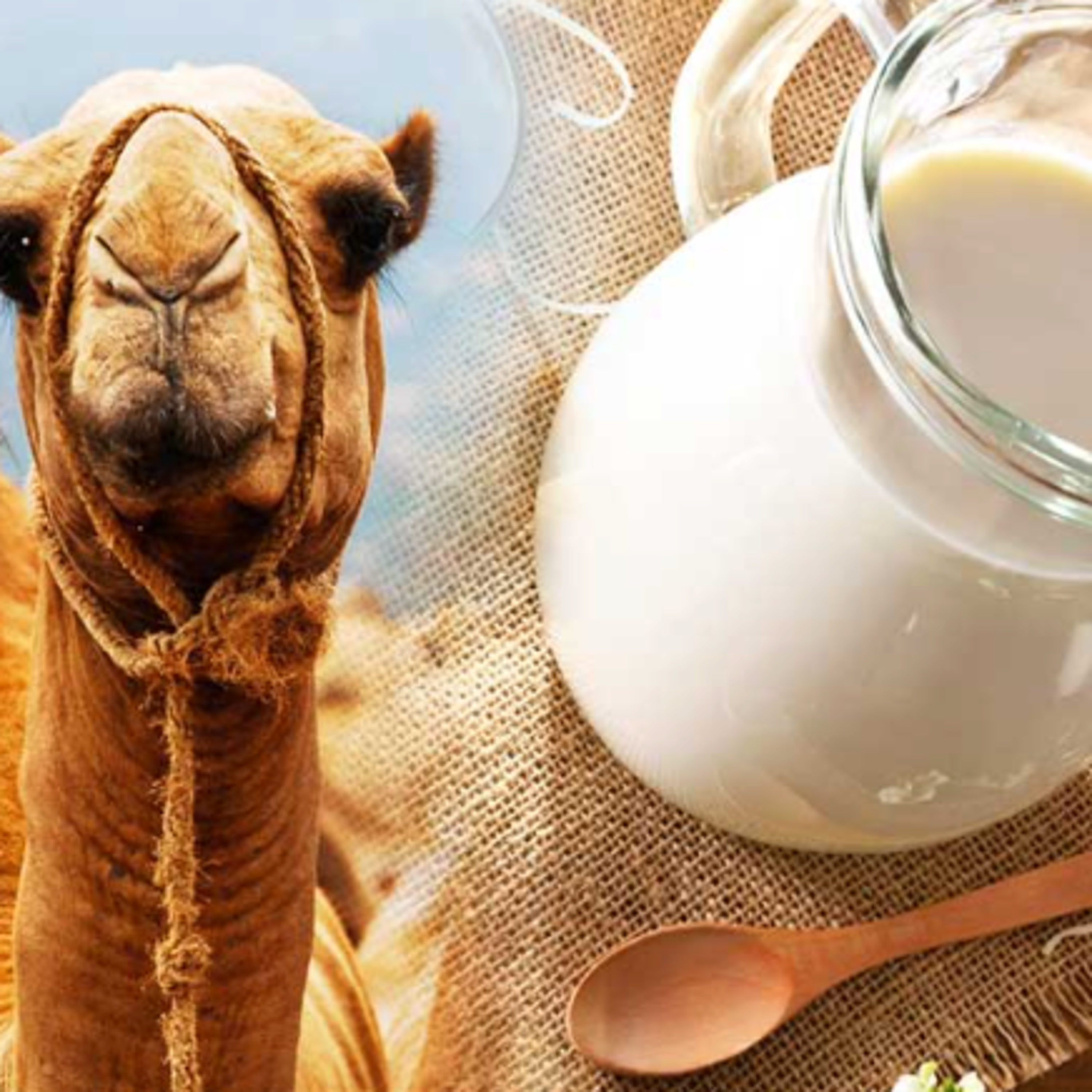 Got Milk? - The Indian Dairy Context.Potential of Camel MilkThis episode discusses research article that examines the potential of camel milk and its value-added products as a growing market in India.
The authors highlight the unique health benefits of camel milk, particularly its low fat and cholesterol content, high vitamin C and iron levels, and its suitability for lactose-intolerant individuals.
The article also discusses the current state of camel milk production in India, identifying key players and challenges. These challenges include a decreasing camel population, a lack of awareness about camel milk's benefits, limited availability, and a higher price compared to cow or buffalo...2024-11-1609 min
Got Milk? - The Indian Dairy Context.Potential of Camel MilkThis episode discusses research article that examines the potential of camel milk and its value-added products as a growing market in India.
The authors highlight the unique health benefits of camel milk, particularly its low fat and cholesterol content, high vitamin C and iron levels, and its suitability for lactose-intolerant individuals.
The article also discusses the current state of camel milk production in India, identifying key players and challenges. These challenges include a decreasing camel population, a lack of awareness about camel milk's benefits, limited availability, and a higher price compared to cow or buffalo...2024-11-1609 min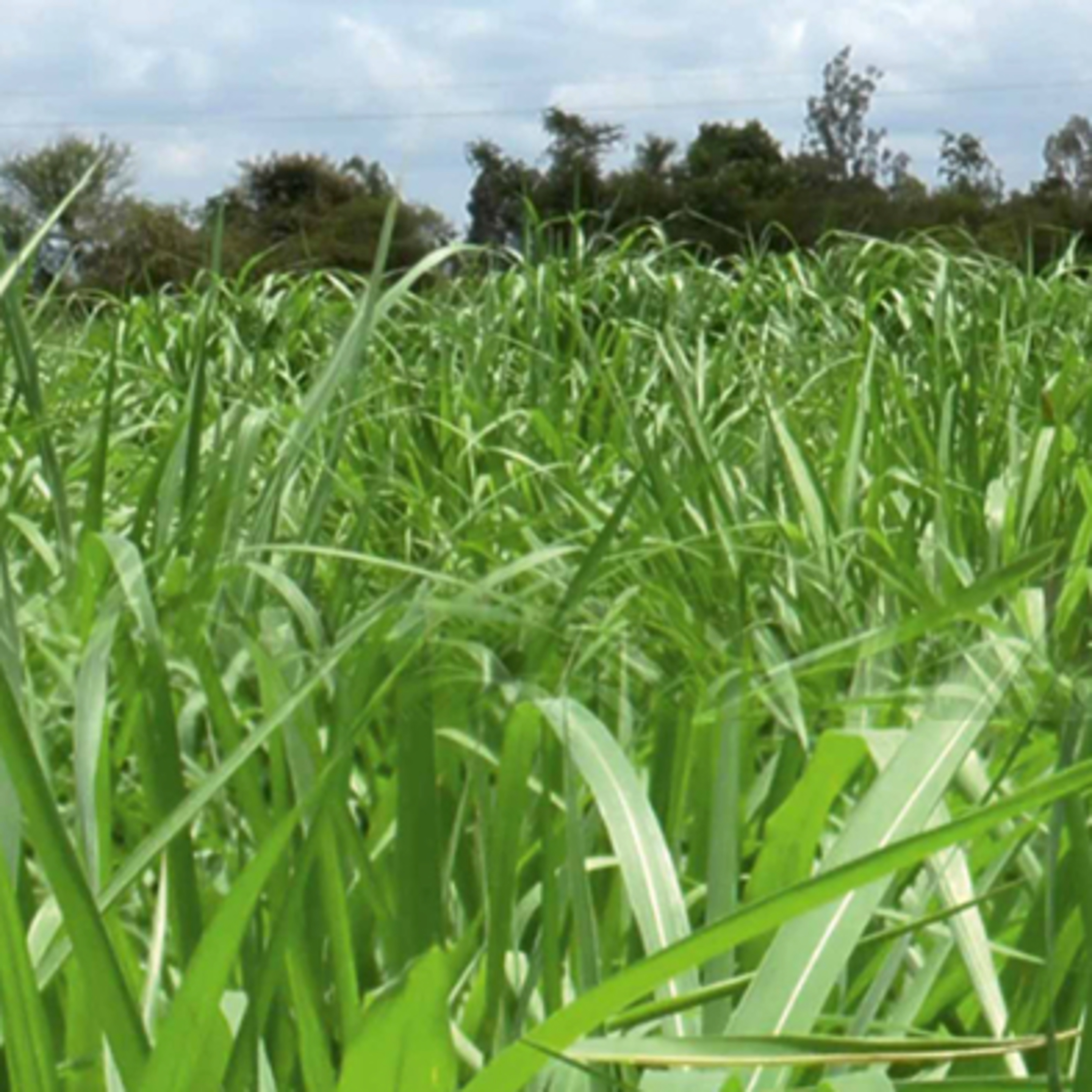 Got Milk? - The Indian Dairy Context.Germination of different fodder crops.This episode discusses research paper which investigates the performance of various fodder crops, such as cowpea, stylo, and sweet Sudan grass, in problematic soils with high salinity and alkalinity.
The authors conducted a field experiment to determine the impact of these adverse soil conditions on the growth, biomass yield, and germination of different fodder crops.
The study found that sweet Sudan grass yielded the highest biomass, followed by CoFS-29 and Panthchari-6, while stylo had the lowest biomass yield. This information can help farmers in coastal areas with saline soils select appropriate fodder crops for optimal...2024-11-1524 min
Got Milk? - The Indian Dairy Context.Germination of different fodder crops.This episode discusses research paper which investigates the performance of various fodder crops, such as cowpea, stylo, and sweet Sudan grass, in problematic soils with high salinity and alkalinity.
The authors conducted a field experiment to determine the impact of these adverse soil conditions on the growth, biomass yield, and germination of different fodder crops.
The study found that sweet Sudan grass yielded the highest biomass, followed by CoFS-29 and Panthchari-6, while stylo had the lowest biomass yield. This information can help farmers in coastal areas with saline soils select appropriate fodder crops for optimal...2024-11-1524 min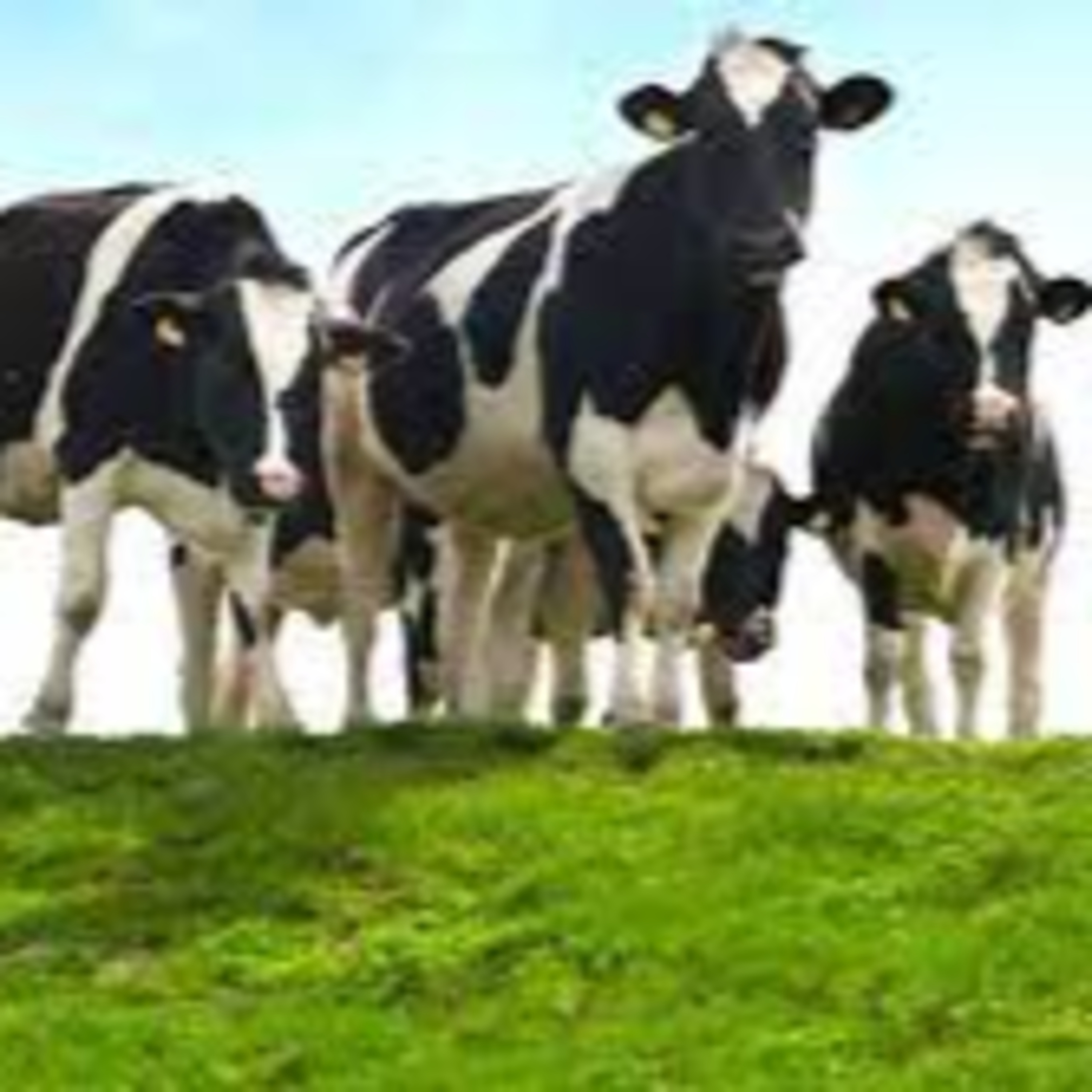 Got Milk? - The Indian Dairy Context.Significance of India's dairy sector and its challengesThis episode discusses an excerpt from an academic journal article examines the Indian dairy industry, focusing on its significant role in the country's economic development and the challenges it faces.
The article outlines the industry's growth and the importance of cooperative dairy societies in supporting farmers. However, it also highlights problems such as climate change, transportation issues, and political interference.
Finally, the article proposes solutions to improve the industry's efficiency and sustainability, including promoting crossbreeding, improving transportation, and increasing access to technology and veterinary services.2024-11-1416 min
Got Milk? - The Indian Dairy Context.Significance of India's dairy sector and its challengesThis episode discusses an excerpt from an academic journal article examines the Indian dairy industry, focusing on its significant role in the country's economic development and the challenges it faces.
The article outlines the industry's growth and the importance of cooperative dairy societies in supporting farmers. However, it also highlights problems such as climate change, transportation issues, and political interference.
Finally, the article proposes solutions to improve the industry's efficiency and sustainability, including promoting crossbreeding, improving transportation, and increasing access to technology and veterinary services.2024-11-1416 min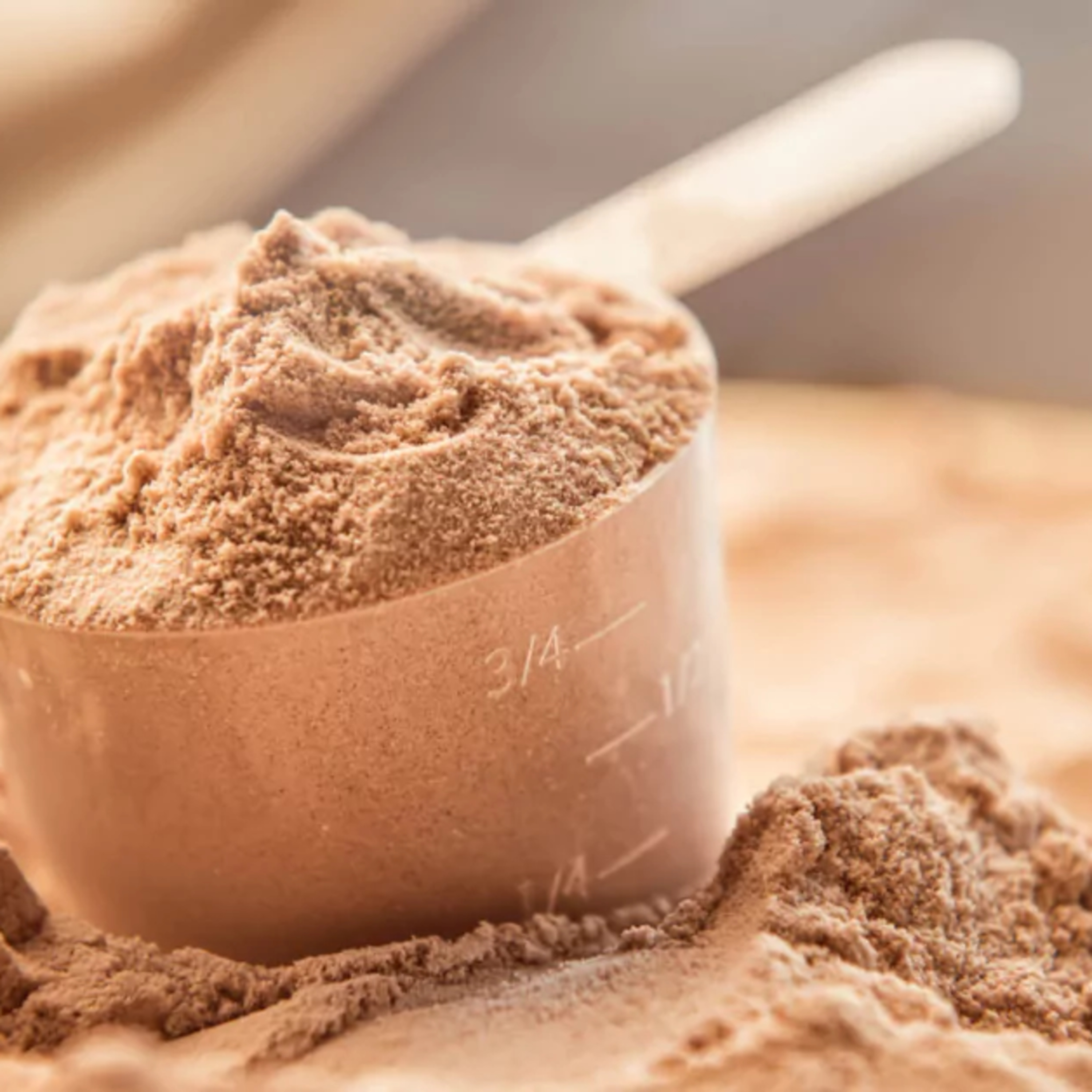 Got Milk? - The Indian Dairy Context.Challenges & opportunities in whey protein market in IndiaThis episode unwraps Takshashila Discussion Document & examines the challenges and opportunities within India's whey protein market.
The document highlights a significant supply deficit due to increased demand and limited domestic production. The authors explore factors hindering whey protein production, including import restrictions, the dominance of the unorganized dairy sector, and low productivity within the industry.
The paper concludes with policy recommendations aimed at boosting private sector participation, enhancing dairy quality and efficiency, and reducing import barriers to ensure a sustainable future for India's whey protein market.2024-11-1326 min
Got Milk? - The Indian Dairy Context.Challenges & opportunities in whey protein market in IndiaThis episode unwraps Takshashila Discussion Document & examines the challenges and opportunities within India's whey protein market.
The document highlights a significant supply deficit due to increased demand and limited domestic production. The authors explore factors hindering whey protein production, including import restrictions, the dominance of the unorganized dairy sector, and low productivity within the industry.
The paper concludes with policy recommendations aimed at boosting private sector participation, enhancing dairy quality and efficiency, and reducing import barriers to ensure a sustainable future for India's whey protein market.2024-11-1326 min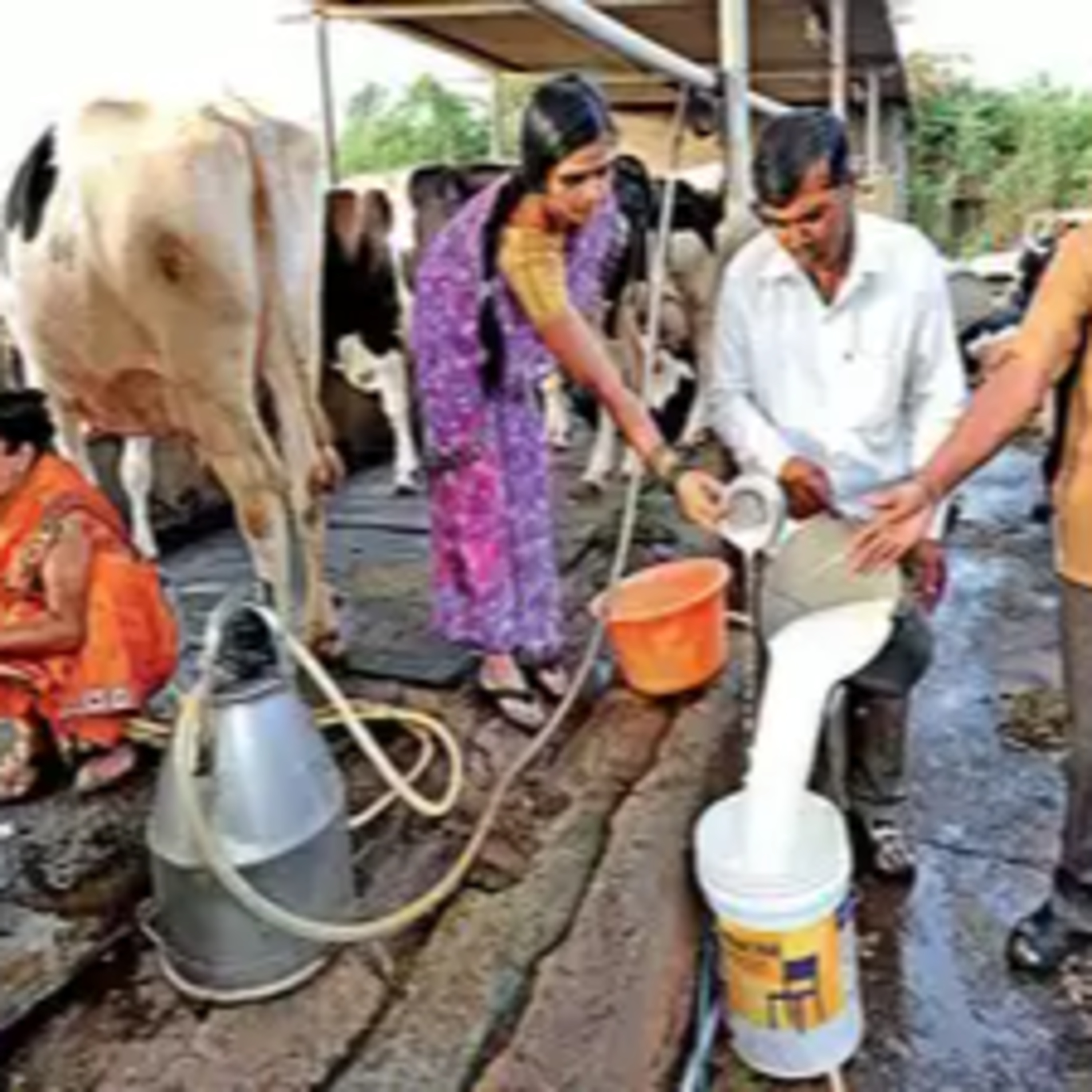 Got Milk? - The Indian Dairy Context.Integrated Cheese and Whey ProductionThis episode discusses a document from the Government of Gujarat outlining a detailed plan to establish an integrated cheese and whey processing unit in the state.
The document covers the project concept, market potential for both cheese and whey products, growth drivers for the industry, competitive advantages of Gujarat, project information including location, infrastructure, and raw materials, project financials, required approvals and incentives from both the central and state governments, and key department contacts.
The document highlights the substantial demand for cheese and whey products, driven by India's growing middle class and the increasing awareness...2024-11-1219 min
Got Milk? - The Indian Dairy Context.Integrated Cheese and Whey ProductionThis episode discusses a document from the Government of Gujarat outlining a detailed plan to establish an integrated cheese and whey processing unit in the state.
The document covers the project concept, market potential for both cheese and whey products, growth drivers for the industry, competitive advantages of Gujarat, project information including location, infrastructure, and raw materials, project financials, required approvals and incentives from both the central and state governments, and key department contacts.
The document highlights the substantial demand for cheese and whey products, driven by India's growing middle class and the increasing awareness...2024-11-1219 min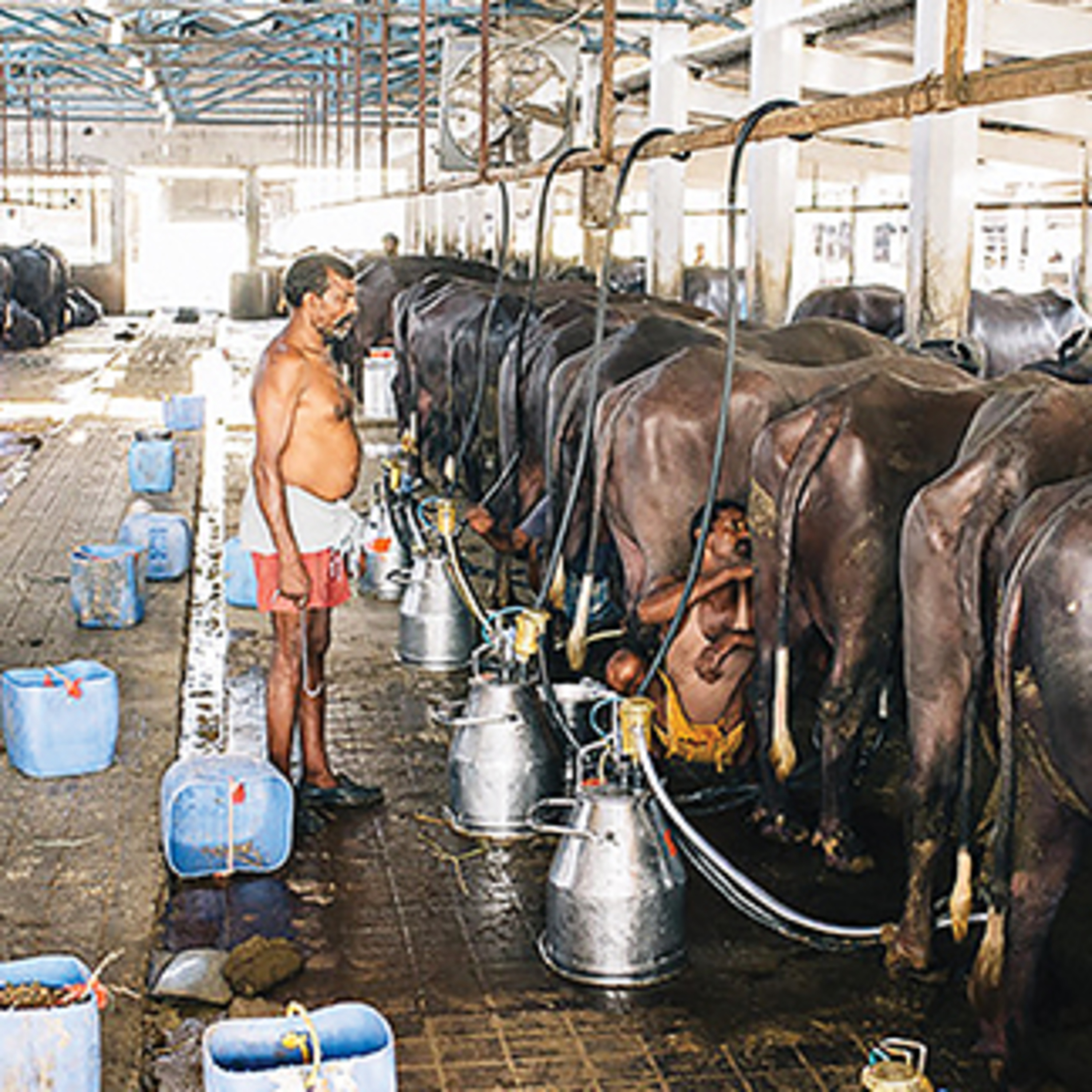 Got Milk? - The Indian Dairy Context.Importance of co-op dairy societies in IndiaThis episode discusses an excerpt from an academic journal article examines the Indian dairy industry, focusing on its significant role in the country's economic development and the challenges it faces.
The article outlines the industry's growth and the importance of cooperative dairy societies in supporting farmers. However, it also highlights problems such as climate change, transportation issues, and political interference.
Finally, the article proposes solutions to improve the industry's efficiency and sustainability, including promoting crossbreeding, improving transportation, and increasing access to technology and veterinary services.2024-11-1112 min
Got Milk? - The Indian Dairy Context.Importance of co-op dairy societies in IndiaThis episode discusses an excerpt from an academic journal article examines the Indian dairy industry, focusing on its significant role in the country's economic development and the challenges it faces.
The article outlines the industry's growth and the importance of cooperative dairy societies in supporting farmers. However, it also highlights problems such as climate change, transportation issues, and political interference.
Finally, the article proposes solutions to improve the industry's efficiency and sustainability, including promoting crossbreeding, improving transportation, and increasing access to technology and veterinary services.2024-11-1112 min Got Milk? - The Indian Dairy Context.Effects of heat stress on dairy cows.This episode discuss a research paper that examines the effects of heat stress on the production performance of dairy cows.
The authors specifically focus on how high temperatures and humidity impact milk production in Sahiwal cows in Pakistan. They analyze the relationship between heat stress, hormone levels (cortisol, progesterone, and luteinizing hormone), and milk yield.
The study concludes that heat stress significantly reduces milk production by disrupting the hormonal balance in cows.2024-11-1014 min
Got Milk? - The Indian Dairy Context.Effects of heat stress on dairy cows.This episode discuss a research paper that examines the effects of heat stress on the production performance of dairy cows.
The authors specifically focus on how high temperatures and humidity impact milk production in Sahiwal cows in Pakistan. They analyze the relationship between heat stress, hormone levels (cortisol, progesterone, and luteinizing hormone), and milk yield.
The study concludes that heat stress significantly reduces milk production by disrupting the hormonal balance in cows.2024-11-1014 min Got Milk? - The Indian Dairy Context.Trends within the dairy industry in India.The episode explores the growth and development of the dairy industry in India, analyzing milk production, consumption, and trade trends.
The analysis highlights the significance of the dairy industry in providing employment opportunities and supplementing rural incomes.
It also investigates the challenges and potential for future growth in the dairy industry, emphasizing the importance of entrepreneurship development, improved productivity, and government support in promoting milk production.2024-11-0922 min
Got Milk? - The Indian Dairy Context.Trends within the dairy industry in India.The episode explores the growth and development of the dairy industry in India, analyzing milk production, consumption, and trade trends.
The analysis highlights the significance of the dairy industry in providing employment opportunities and supplementing rural incomes.
It also investigates the challenges and potential for future growth in the dairy industry, emphasizing the importance of entrepreneurship development, improved productivity, and government support in promoting milk production.2024-11-0922 min Got Milk? - The Indian Dairy Context.GeoSmart GLCs of Shunya for hydroponic green fodder.The episode highlights the significant market opportunity for SSHF units in India and Shunya's approach with GeoSmart GLCs.
By addressing the fodder deficit and enhancing livestock productivity, these units can play a crucial role in improving the livelihoods of livestock farmers and contributing to the growth of the dairy and meat industries.
The report also emphasizes the importance of strategic planning, business model innovation, and policy support for the successful scaling up of this sector.2024-11-0818 min
Got Milk? - The Indian Dairy Context.GeoSmart GLCs of Shunya for hydroponic green fodder.The episode highlights the significant market opportunity for SSHF units in India and Shunya's approach with GeoSmart GLCs.
By addressing the fodder deficit and enhancing livestock productivity, these units can play a crucial role in improving the livelihoods of livestock farmers and contributing to the growth of the dairy and meat industries.
The report also emphasizes the importance of strategic planning, business model innovation, and policy support for the successful scaling up of this sector.2024-11-0818 min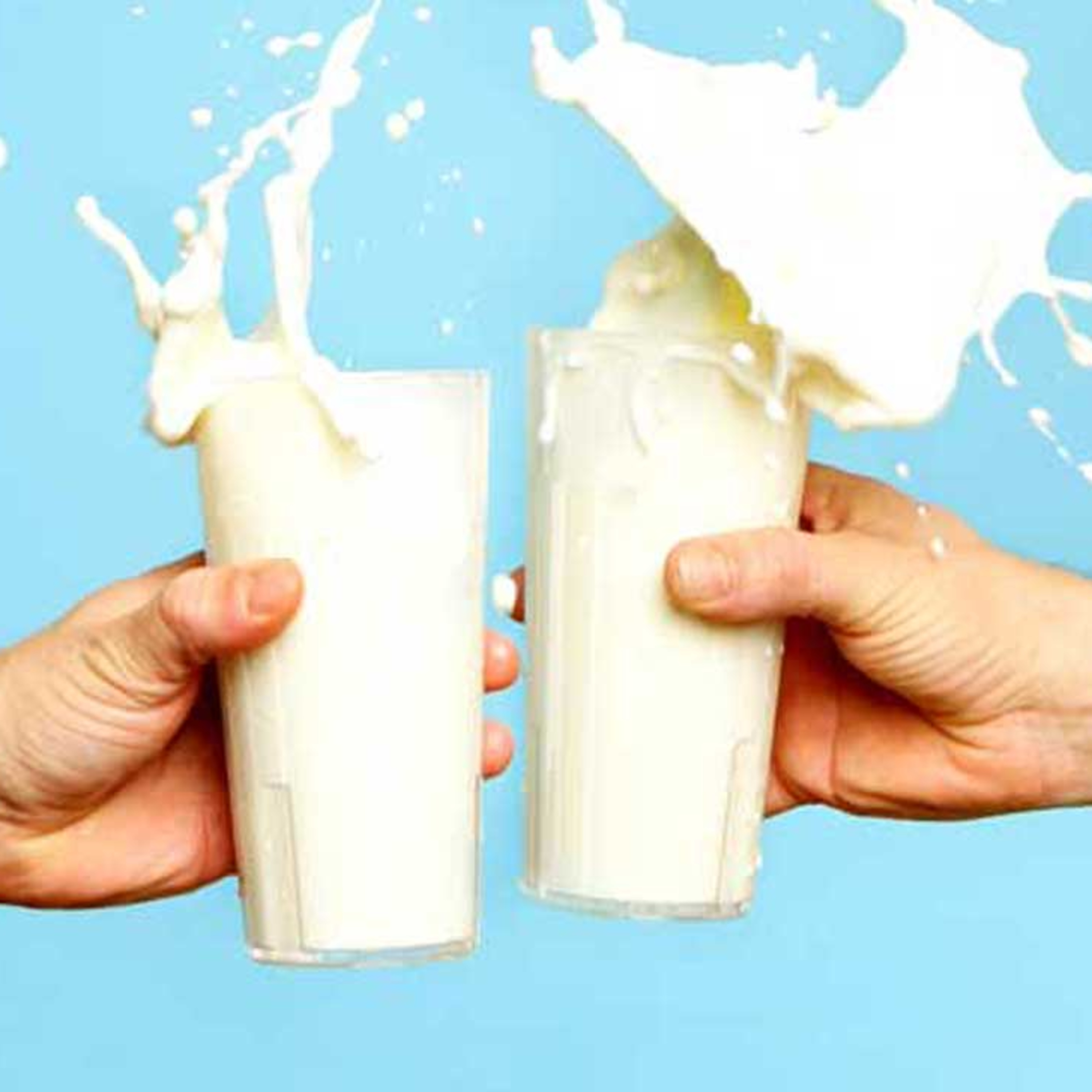 Got Milk? - The Indian Dairy Context.A1 or A2 milk?This episode is a mini-review that examines the scientific evidence regarding the potential health impacts of consuming milk containing different beta-casein variants, specifically A1 and A2.
The episode explore the genetic origins of these variants, their prevalence in various cow breeds, and the implications for human health.
They discuss the hypothesis that A1 milk, which contains a peptide called BCM-7, may be associated with an increased risk of diseases such as type 1 diabetes and cardiovascular disease, while A2 milk, lacking this peptide, may offer potential health benefits.
The research discussed concludes that more...2024-11-0713 min
Got Milk? - The Indian Dairy Context.A1 or A2 milk?This episode is a mini-review that examines the scientific evidence regarding the potential health impacts of consuming milk containing different beta-casein variants, specifically A1 and A2.
The episode explore the genetic origins of these variants, their prevalence in various cow breeds, and the implications for human health.
They discuss the hypothesis that A1 milk, which contains a peptide called BCM-7, may be associated with an increased risk of diseases such as type 1 diabetes and cardiovascular disease, while A2 milk, lacking this peptide, may offer potential health benefits.
The research discussed concludes that more...2024-11-0713 min Got Milk? - The Indian Dairy Context.Action Plan on Climate Change Vulnerability Index for Uttar Pradesh, India.The episode discusses the the "Action Plan on Climate Change Vulnerability Index" for the state of Uttar Pradesh, India.
It discusses the document outlines the state's plan to address climate change impacts, focusing on vulnerability assessments, climate projections, and proposed strategies to mitigate and adapt to these challenges.
The document provides a comprehensive overview of the climate risks faced by Uttar Pradesh, analyzes the vulnerability of different sectors including agriculture, water resources, forests, energy, habitats, health, and disaster management, and proposes specific actions and budgets to address these risks.
The plan also highlights...2024-11-0633 min
Got Milk? - The Indian Dairy Context.Action Plan on Climate Change Vulnerability Index for Uttar Pradesh, India.The episode discusses the the "Action Plan on Climate Change Vulnerability Index" for the state of Uttar Pradesh, India.
It discusses the document outlines the state's plan to address climate change impacts, focusing on vulnerability assessments, climate projections, and proposed strategies to mitigate and adapt to these challenges.
The document provides a comprehensive overview of the climate risks faced by Uttar Pradesh, analyzes the vulnerability of different sectors including agriculture, water resources, forests, energy, habitats, health, and disaster management, and proposes specific actions and budgets to address these risks.
The plan also highlights...2024-11-0633 min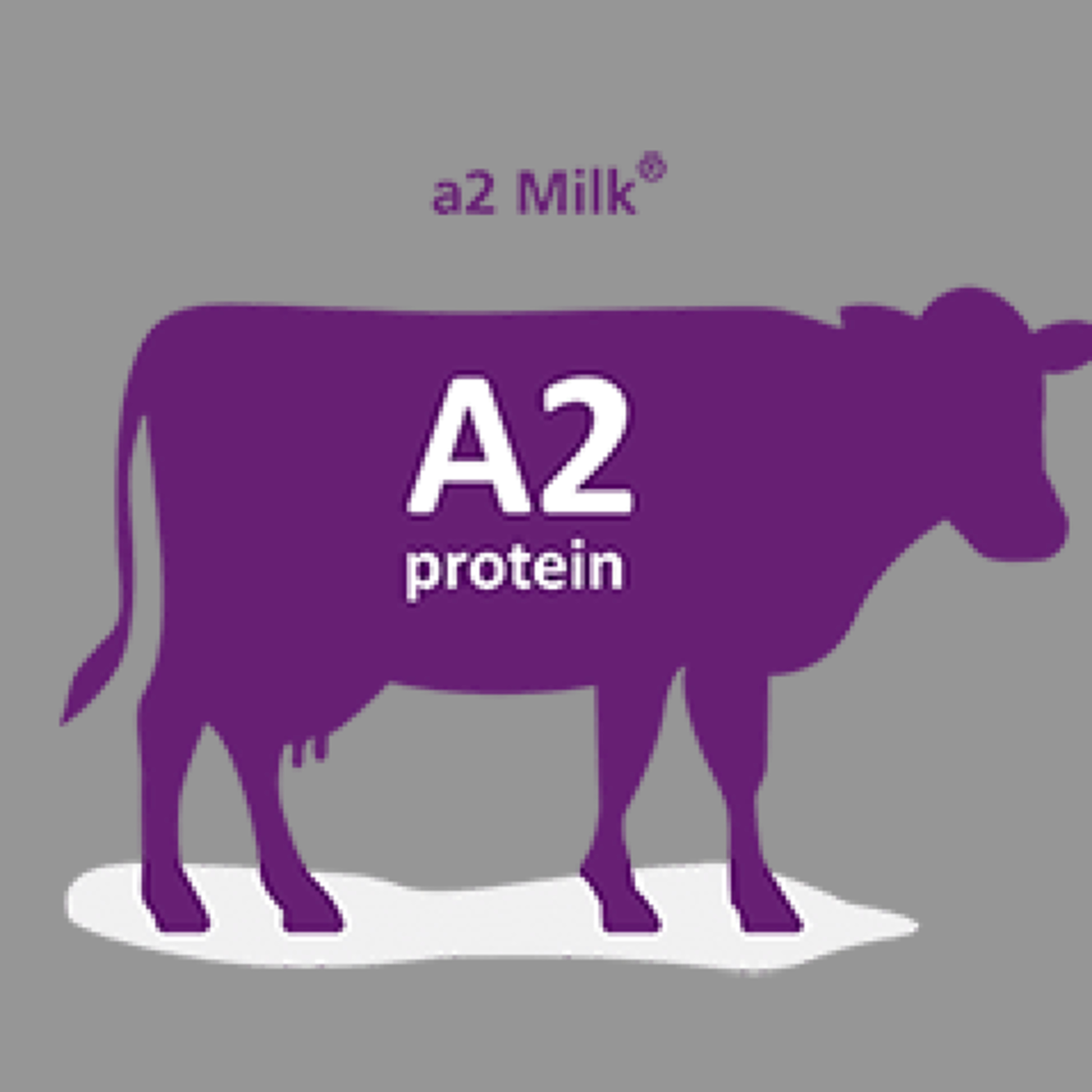 Got Milk? - The Indian Dairy Context.Consumption patterns of A2 milk in BengaluruThis episode discusses interesting research article that examines the consumption patterns of A2 milk in Bengaluru, India.
The authors used surveys and factor analysis to understand consumer awareness of A2 milk's nutritional benefits, identify factors influencing purchasing decisions, and analyze the constraints faced by consumers.
The study found that while consumers are aware of A2 milk's lactose content, their knowledge of other health benefits is limited. A2 milk's higher price and lack of advertising are key constraints for consumers.
The findings highlight the need for increased consumer education and marketing efforts to promote...2024-11-0519 min
Got Milk? - The Indian Dairy Context.Consumption patterns of A2 milk in BengaluruThis episode discusses interesting research article that examines the consumption patterns of A2 milk in Bengaluru, India.
The authors used surveys and factor analysis to understand consumer awareness of A2 milk's nutritional benefits, identify factors influencing purchasing decisions, and analyze the constraints faced by consumers.
The study found that while consumers are aware of A2 milk's lactose content, their knowledge of other health benefits is limited. A2 milk's higher price and lack of advertising are key constraints for consumers.
The findings highlight the need for increased consumer education and marketing efforts to promote...2024-11-0519 min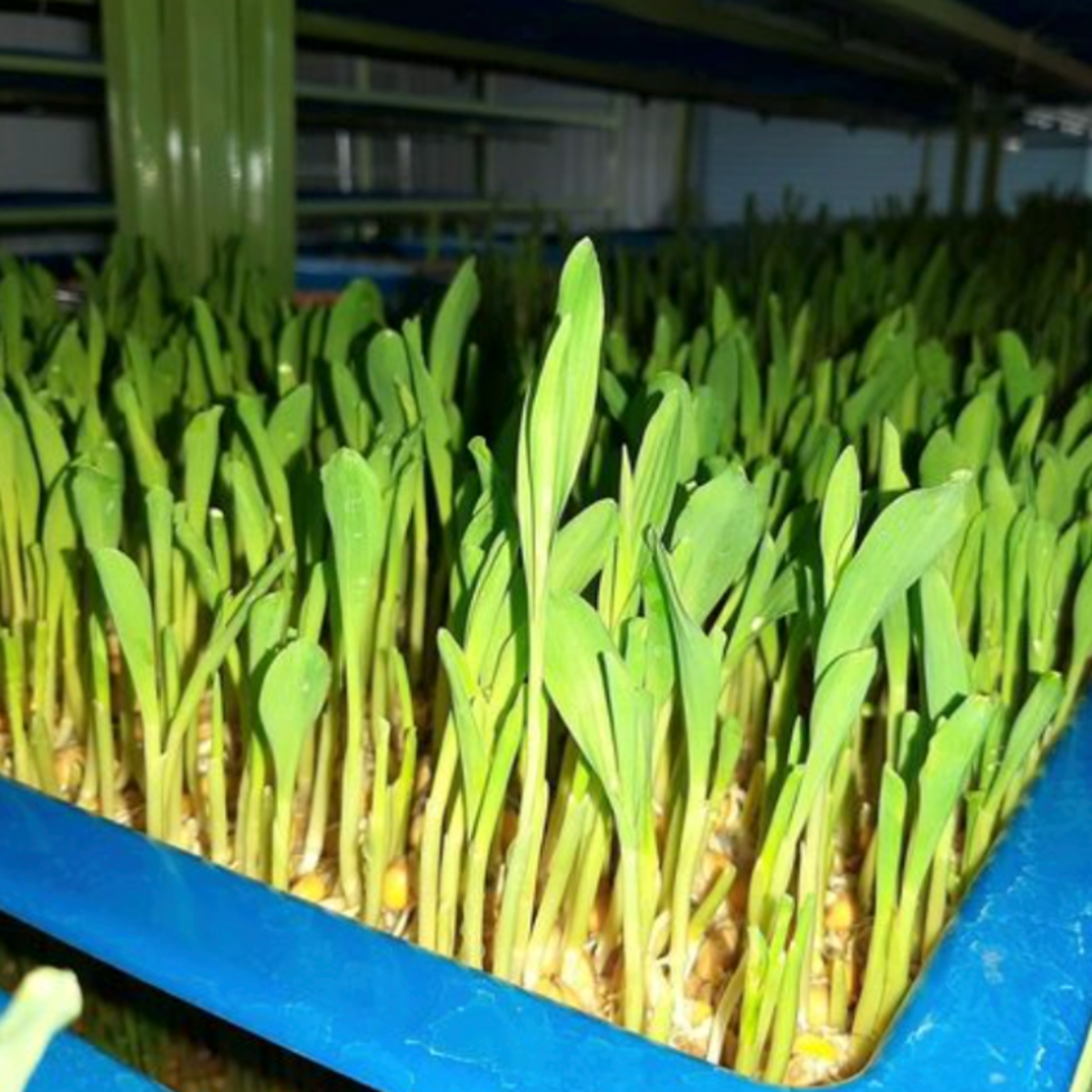 Got Milk? - The Indian Dairy Context.Potential market for small-scale hydroponic fodder units in India.This episode discusses a report from the Council on Energy, Environment and Water (CEEW) and Villgro which analyzes the potential market for small-scale hydroponic fodder units in India.
It explores the feasibility of hydroponic green fodder as a solution to the country's widespread fodder scarcity, which is significantly impacting milk and meat production.
The report examines the total and serviceable available markets for these units, identifies priority market segments and districts based on livestock distribution and rainfall patterns, and provides an overview of relevant policies for entrepreneurs.
It also discusses various business models...2024-11-0423 min
Got Milk? - The Indian Dairy Context.Potential market for small-scale hydroponic fodder units in India.This episode discusses a report from the Council on Energy, Environment and Water (CEEW) and Villgro which analyzes the potential market for small-scale hydroponic fodder units in India.
It explores the feasibility of hydroponic green fodder as a solution to the country's widespread fodder scarcity, which is significantly impacting milk and meat production.
The report examines the total and serviceable available markets for these units, identifies priority market segments and districts based on livestock distribution and rainfall patterns, and provides an overview of relevant policies for entrepreneurs.
It also discusses various business models...2024-11-0423 min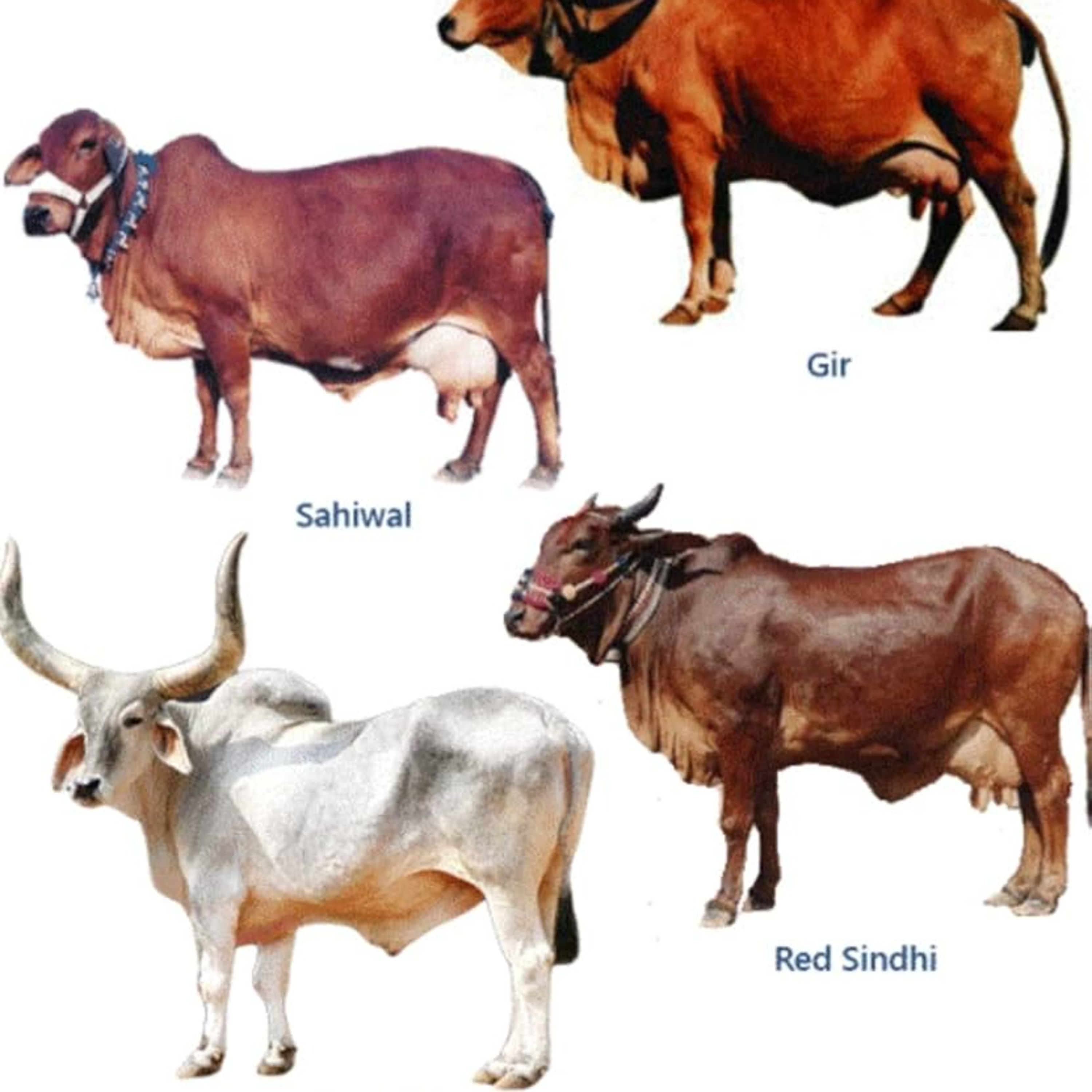 Got Milk? - The Indian Dairy Context.Milk production between cattle and buffalo breedsThis episode discusses research paper that examines milk production in India by analyzing data from various states and union territories.
The author uses statistical techniques like descriptive analysis, T-tests, and ANOVA to compare milk production between cattle and buffalo breeds, assess the influence of breed type and region on milk production, and evaluate the reliability of the data.
The study concludes that there is a significant impact of breeds and region on milk production, suggesting potential avenues for future research focused on factors influencing milk production across different breeds.2024-11-0416 min
Got Milk? - The Indian Dairy Context.Milk production between cattle and buffalo breedsThis episode discusses research paper that examines milk production in India by analyzing data from various states and union territories.
The author uses statistical techniques like descriptive analysis, T-tests, and ANOVA to compare milk production between cattle and buffalo breeds, assess the influence of breed type and region on milk production, and evaluate the reliability of the data.
The study concludes that there is a significant impact of breeds and region on milk production, suggesting potential avenues for future research focused on factors influencing milk production across different breeds.2024-11-0416 min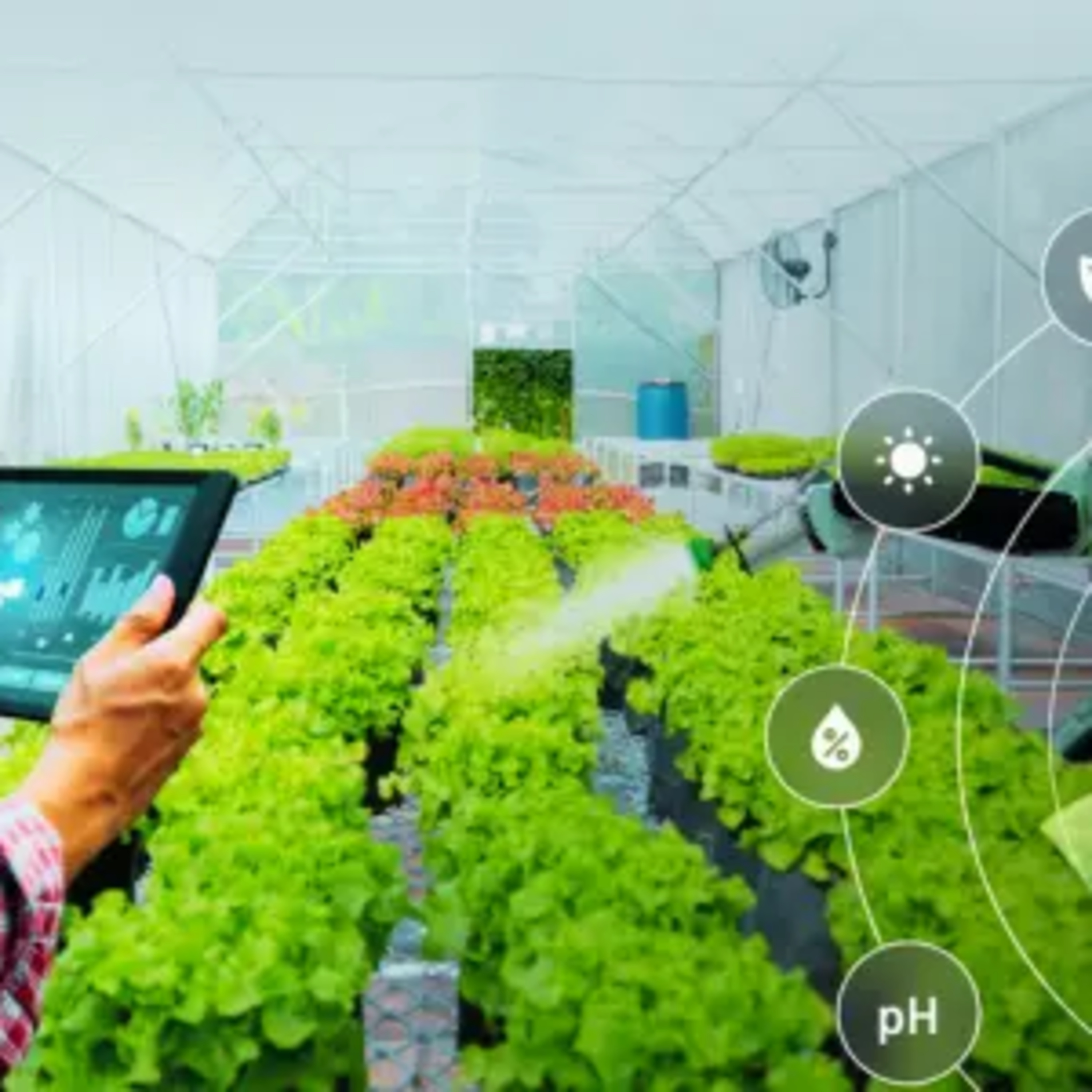 Got Milk? - The Indian Dairy Context.Agricultural technologies in India.This episode discusses a research paper from the National Bank for Agriculture and Rural Development (NABARD) examines the adoption and impact of various agricultural technologies in India.
It analyzes the adoption levels of improved technologies and their impact on farmer income, agricultural production, and the environment. It also examines the constraints in scaling up these technologies and outlines the necessary conditions for their successful adoption.
Finally, the paper explores the rate of return on investment in agricultural research and extension systems in India and compares these findings to international experiences.2024-11-0219 min
Got Milk? - The Indian Dairy Context.Agricultural technologies in India.This episode discusses a research paper from the National Bank for Agriculture and Rural Development (NABARD) examines the adoption and impact of various agricultural technologies in India.
It analyzes the adoption levels of improved technologies and their impact on farmer income, agricultural production, and the environment. It also examines the constraints in scaling up these technologies and outlines the necessary conditions for their successful adoption.
Finally, the paper explores the rate of return on investment in agricultural research and extension systems in India and compares these findings to international experiences.2024-11-0219 min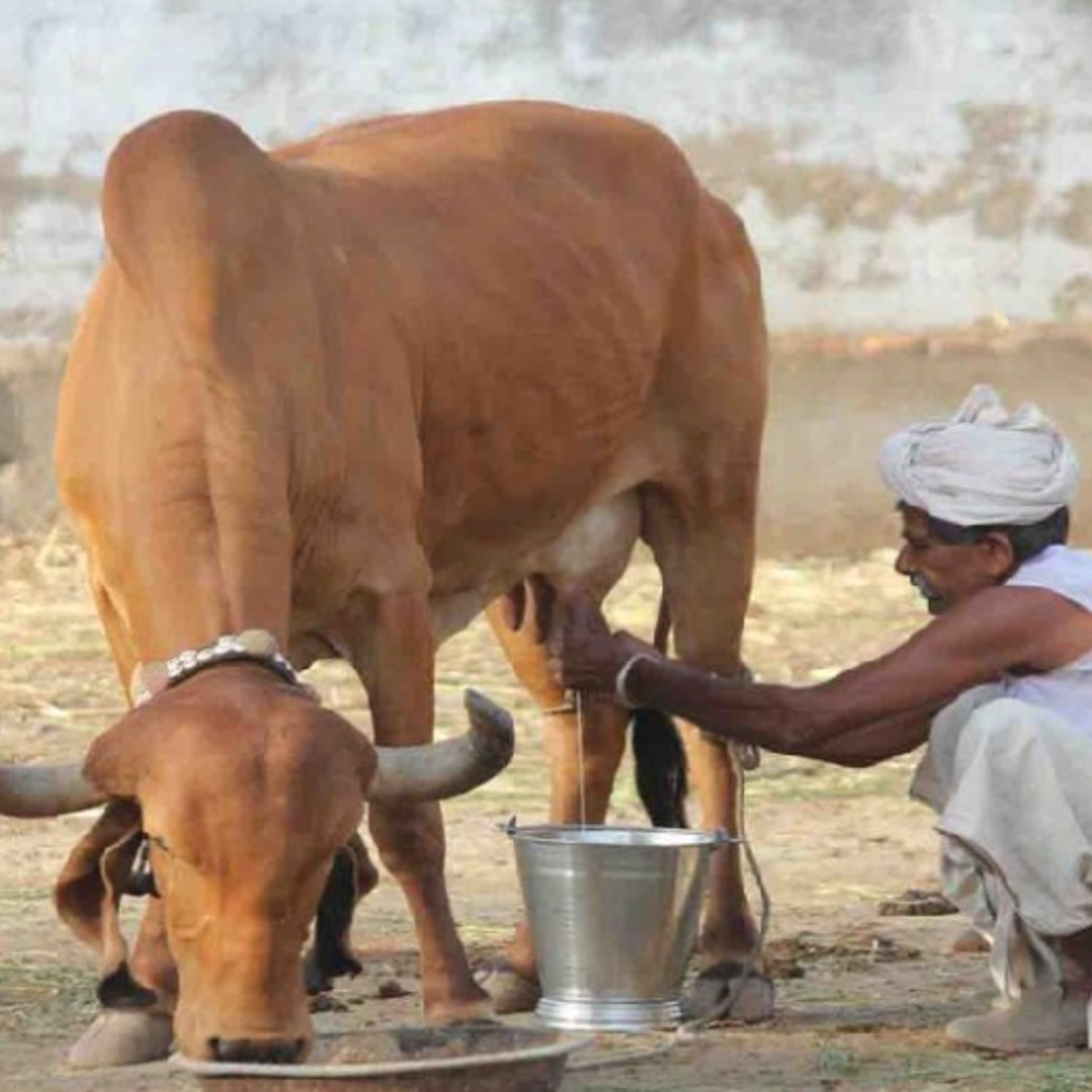 Got Milk? - The Indian Dairy Context.Overview of the global dairy industry.The episode provides an overview of the global dairy industry, focusing on dairy cow populations, milk production, consumption, and trade.
The discussion highlights key trends, including the largest milk producers and consumers, as well as the most significant exporters and importers of dairy products. It also examines the different housing systems used for dairy cows around the world and discusses health and welfare issues, particularly lameness, which affects a significant percentage of the global dairy herd.2024-11-0116 min
Got Milk? - The Indian Dairy Context.Overview of the global dairy industry.The episode provides an overview of the global dairy industry, focusing on dairy cow populations, milk production, consumption, and trade.
The discussion highlights key trends, including the largest milk producers and consumers, as well as the most significant exporters and importers of dairy products. It also examines the different housing systems used for dairy cows around the world and discusses health and welfare issues, particularly lameness, which affects a significant percentage of the global dairy herd.2024-11-0116 min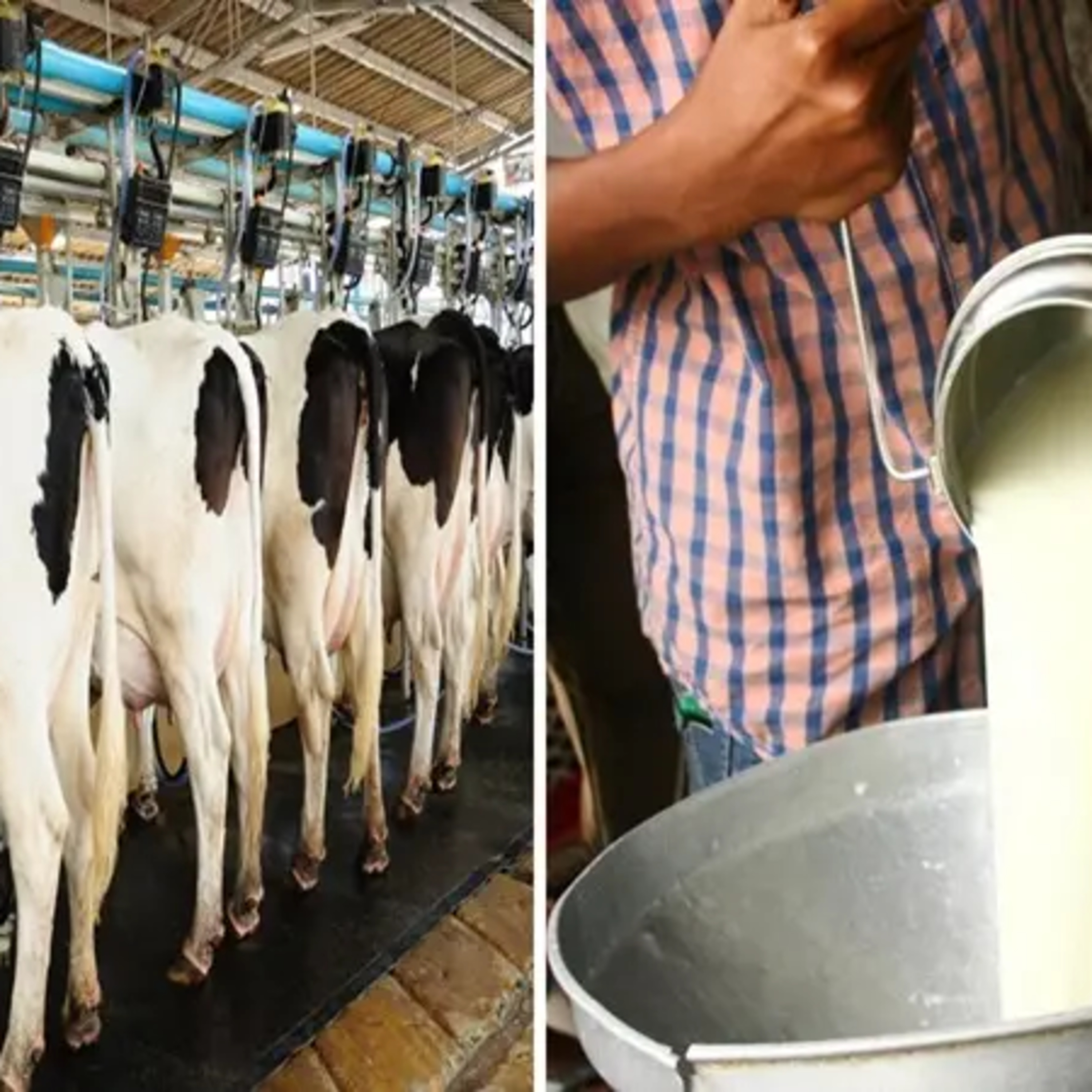 Got Milk? - The Indian Dairy Context.Dairy Farming and Rural DevelopmentThis episode discusses a research paper titled "Dairy Farming and Rural Development," and analyzes the importance and growth of India's dairy industry.
It examines the historical evolution of dairy farming in India, highlighting the significant role played by the National Dairy Development Board (NDDB) and the "Operation Flood" program in transforming the sector.
The report emphasizes the positive impact of dairy farming on rural livelihoods, poverty reduction, and economic growth, particularly in the context of a predominantly agrarian Indian economy. Furthermore, it outlines the current challenges facing the industry, such as the effects of the...2024-10-3118 min
Got Milk? - The Indian Dairy Context.Dairy Farming and Rural DevelopmentThis episode discusses a research paper titled "Dairy Farming and Rural Development," and analyzes the importance and growth of India's dairy industry.
It examines the historical evolution of dairy farming in India, highlighting the significant role played by the National Dairy Development Board (NDDB) and the "Operation Flood" program in transforming the sector.
The report emphasizes the positive impact of dairy farming on rural livelihoods, poverty reduction, and economic growth, particularly in the context of a predominantly agrarian Indian economy. Furthermore, it outlines the current challenges facing the industry, such as the effects of the...2024-10-3118 min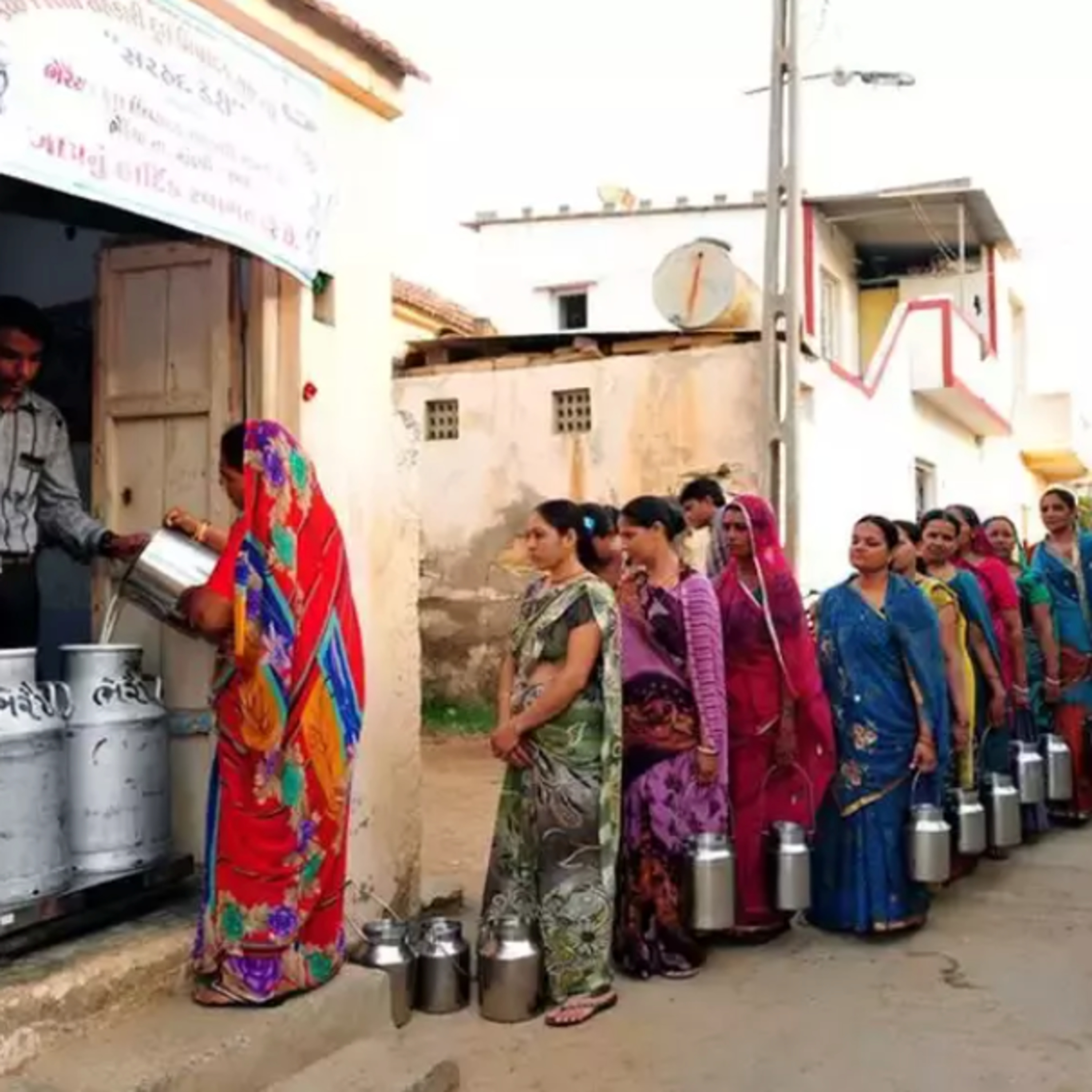 Got Milk? - The Indian Dairy Context.Dairying through CooperativesThis episode of Got Milk? examines “Dairying through Cooperatives” project, a collaboration between the Japanese International Cooperation Agency (JICA) and the Government of India. It outlines the objective, scope, implementation procedures, and organizational arrangement of the project.
The project aims to enhance dairy production and infrastructure in India by providing loans and grants to Participating Institutions (PIs) for activities such as strengthening milk procurement infrastructure, upgrading milk processing facilities, and improving marketing infrastructure.
The project also includes a detailed capacity development component, which emphasizes training and skills development for PIs to improve their business management and...2024-10-3118 min
Got Milk? - The Indian Dairy Context.Dairying through CooperativesThis episode of Got Milk? examines “Dairying through Cooperatives” project, a collaboration between the Japanese International Cooperation Agency (JICA) and the Government of India. It outlines the objective, scope, implementation procedures, and organizational arrangement of the project.
The project aims to enhance dairy production and infrastructure in India by providing loans and grants to Participating Institutions (PIs) for activities such as strengthening milk procurement infrastructure, upgrading milk processing facilities, and improving marketing infrastructure.
The project also includes a detailed capacity development component, which emphasizes training and skills development for PIs to improve their business management and...2024-10-3118 min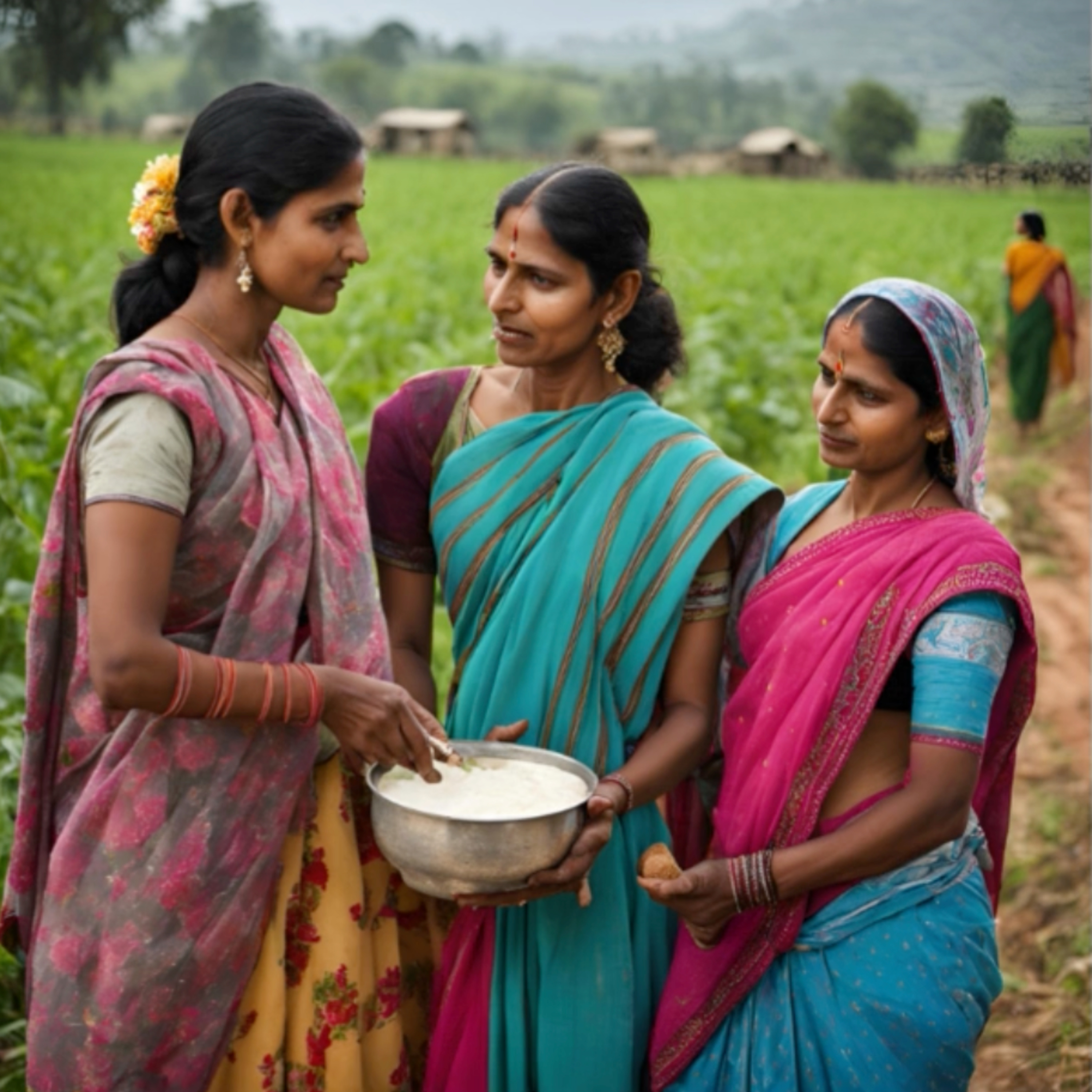 Got Milk? - The Indian Dairy Context.Role of women in India’s dairy farming industryThis episode discusses a report from the International Journal of Veterinary Sciences and Animal Husbandry focuses on the crucial role of women in India’s dairy farming industry.
The report highlights the significant contributions women make to the sector, despite facing various challenges such as limited policy support, competitive market forces, and social barriers.
The report emphasizes the need for greater recognition, empowerment, and support for women in dairy farming to achieve sustainable rural development and gender equality.
The paper explores women’s involvement in different aspects of dairy farming, analyzes the challenges they f...2024-10-3012 min
Got Milk? - The Indian Dairy Context.Role of women in India’s dairy farming industryThis episode discusses a report from the International Journal of Veterinary Sciences and Animal Husbandry focuses on the crucial role of women in India’s dairy farming industry.
The report highlights the significant contributions women make to the sector, despite facing various challenges such as limited policy support, competitive market forces, and social barriers.
The report emphasizes the need for greater recognition, empowerment, and support for women in dairy farming to achieve sustainable rural development and gender equality.
The paper explores women’s involvement in different aspects of dairy farming, analyzes the challenges they f...2024-10-3012 min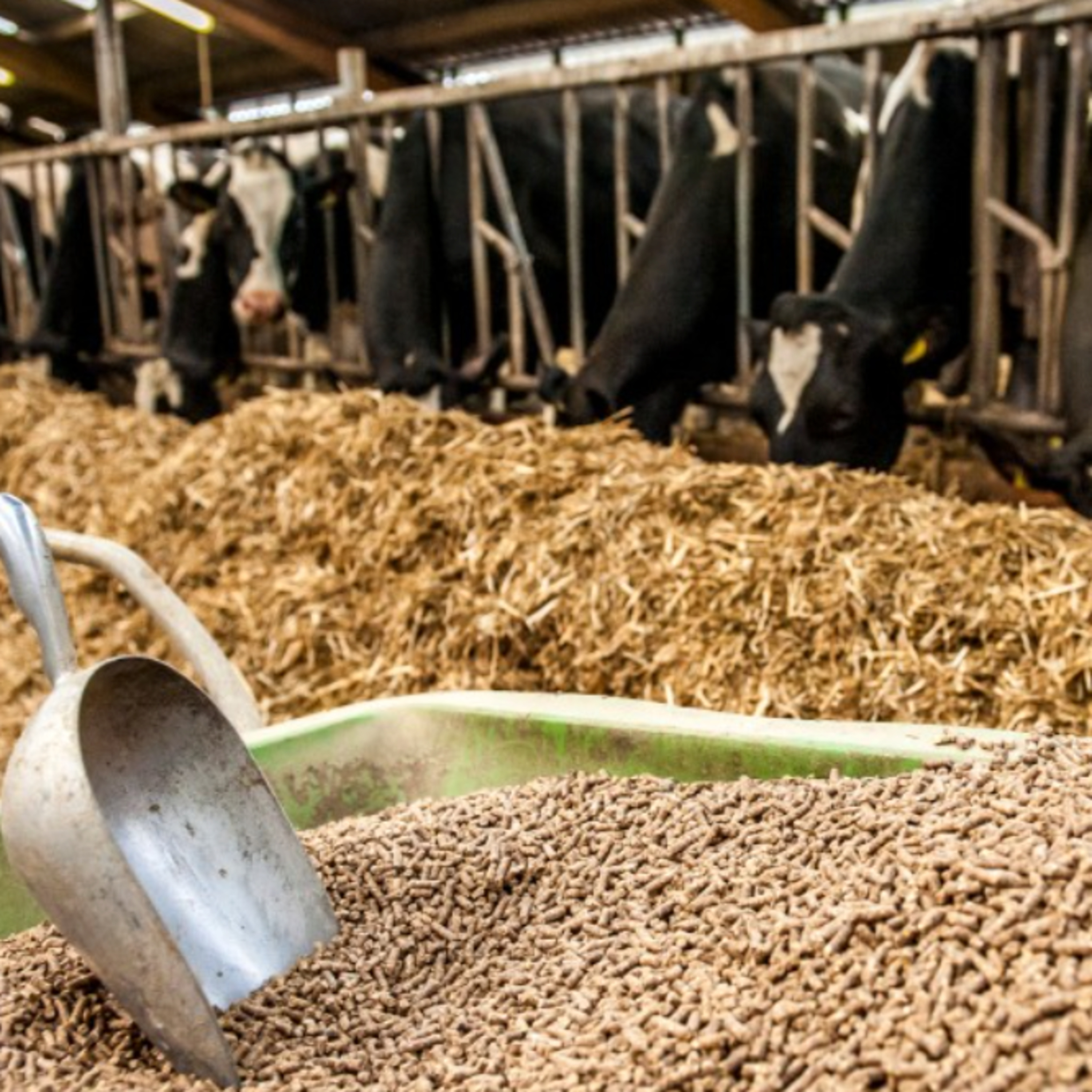 Got Milk? - The Indian Dairy Context.Agri-Food Outlook 2024In this episode we discuss the Agri-Food Outlook 2024 report analyzes global feed production trends, providing a regional breakdown of tonnage changes for various animal sectors.
It highlights the impact of economic factors, disease outbreaks, dietary trends, and sustainability concerns on feed production.
The podcast also examines key technologies driving change in the industry and identifies opportunities for growth across different regions.
Overall, the episode provides valuable insights into the challenges and opportunities facing the global agri-food sector, particularly regarding feed production.2024-10-3020 min
Got Milk? - The Indian Dairy Context.Agri-Food Outlook 2024In this episode we discuss the Agri-Food Outlook 2024 report analyzes global feed production trends, providing a regional breakdown of tonnage changes for various animal sectors.
It highlights the impact of economic factors, disease outbreaks, dietary trends, and sustainability concerns on feed production.
The podcast also examines key technologies driving change in the industry and identifies opportunities for growth across different regions.
Overall, the episode provides valuable insights into the challenges and opportunities facing the global agri-food sector, particularly regarding feed production.2024-10-3020 min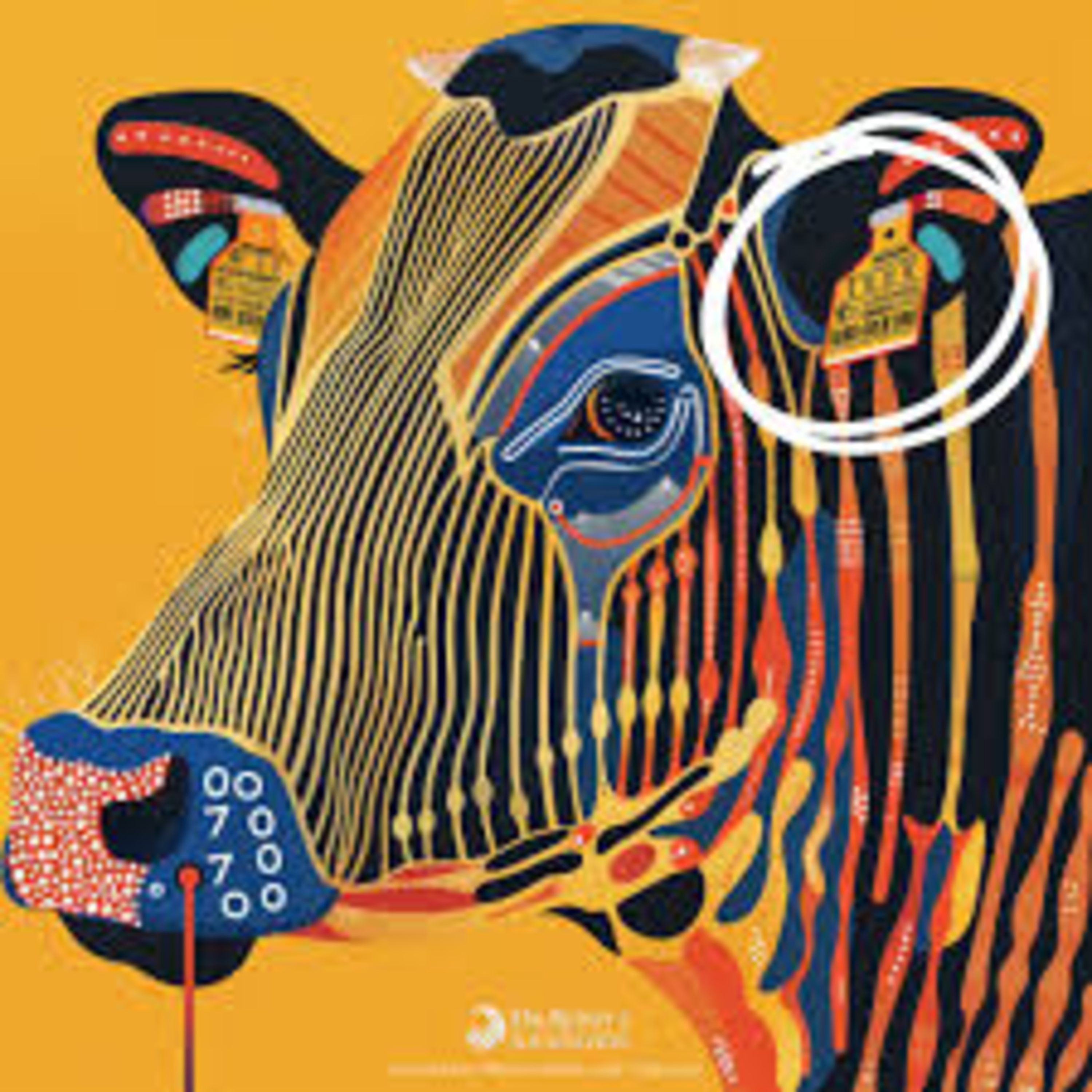 Got Milk? - The Indian Dairy Context.Telemedicine in India's livestock industryThis episode discusses the report, produced by NITI Aayog, the Government of India's policy think tank, focuses on establishing a framework and guidelines for the implementation of telemedicine in India's livestock industry.
The report identifies the need for telemedicine due to gaps in existing veterinary infrastructure, particularly in rural areas, and highlights its potential to improve access to care, enhance food safety, and increase overall efficiency.
It defines telemedicine, outlines its potential benefits, and details key components for its effective implementation, including identifying animal keepers, RVPs, and the animals themselves, as well as guidelines for...2024-10-2814 min
Got Milk? - The Indian Dairy Context.Telemedicine in India's livestock industryThis episode discusses the report, produced by NITI Aayog, the Government of India's policy think tank, focuses on establishing a framework and guidelines for the implementation of telemedicine in India's livestock industry.
The report identifies the need for telemedicine due to gaps in existing veterinary infrastructure, particularly in rural areas, and highlights its potential to improve access to care, enhance food safety, and increase overall efficiency.
It defines telemedicine, outlines its potential benefits, and details key components for its effective implementation, including identifying animal keepers, RVPs, and the animals themselves, as well as guidelines for...2024-10-2814 min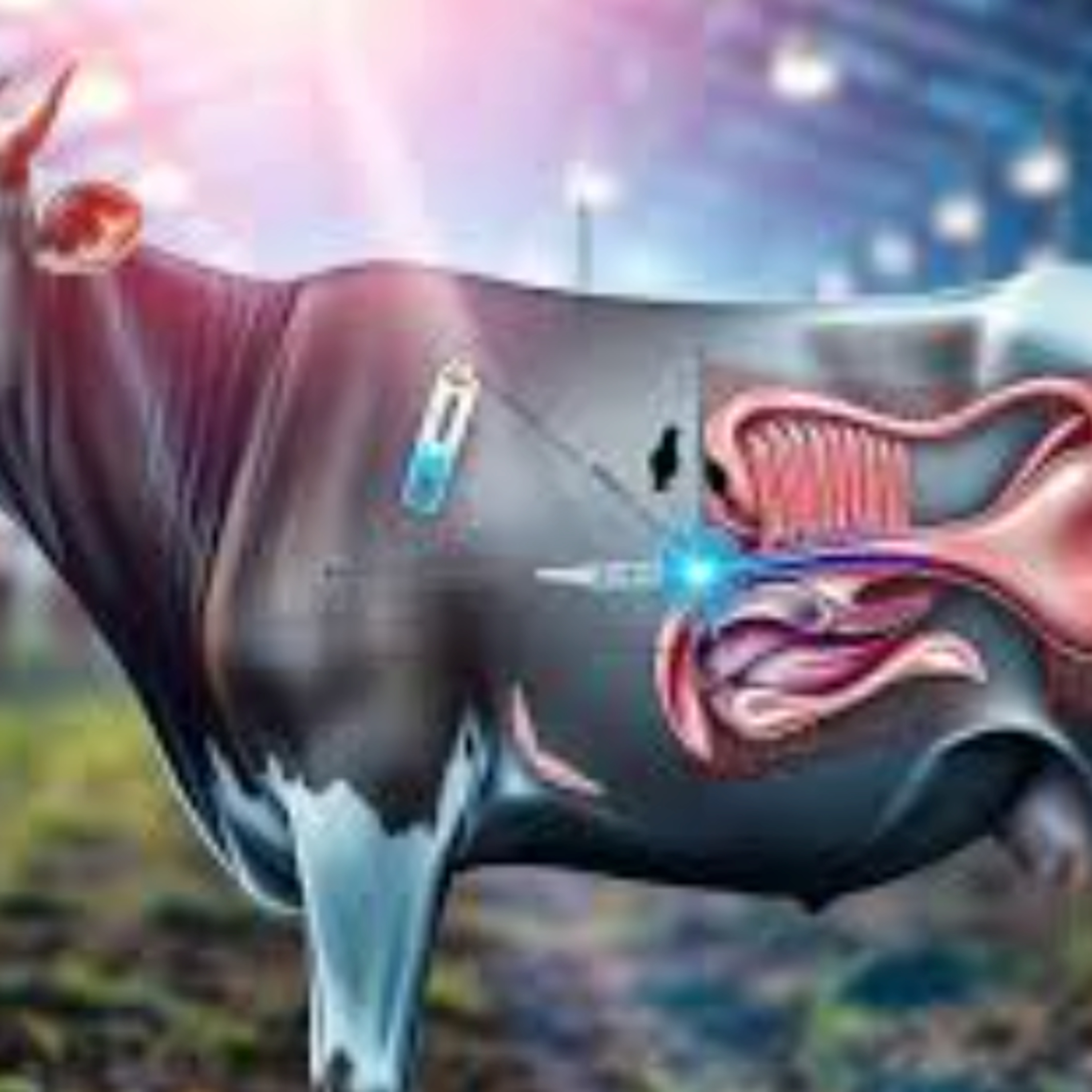 Got Milk? - The Indian Dairy Context.AI for Increasing Milk Production in India!In this episode of Got Milk?, Sahiwal and Gir discuss the key points from a research paper on Artifical Insemination (AI) for Cattle in India, published by the National Academy of Agricultural Sciences (NAAS) in 2020.
They discuss the current state of AI in India, including the coverage rate and conception rate, and identify several constraints and issues, such as limited access to AI services, low conception rates, and a shortage of bulls with high genetic merit.
They also layout the recommendations in the paper for improving the effectiveness of AI in India, focusing on policy...2024-10-2715 min
Got Milk? - The Indian Dairy Context.AI for Increasing Milk Production in India!In this episode of Got Milk?, Sahiwal and Gir discuss the key points from a research paper on Artifical Insemination (AI) for Cattle in India, published by the National Academy of Agricultural Sciences (NAAS) in 2020.
They discuss the current state of AI in India, including the coverage rate and conception rate, and identify several constraints and issues, such as limited access to AI services, low conception rates, and a shortage of bulls with high genetic merit.
They also layout the recommendations in the paper for improving the effectiveness of AI in India, focusing on policy...2024-10-2715 min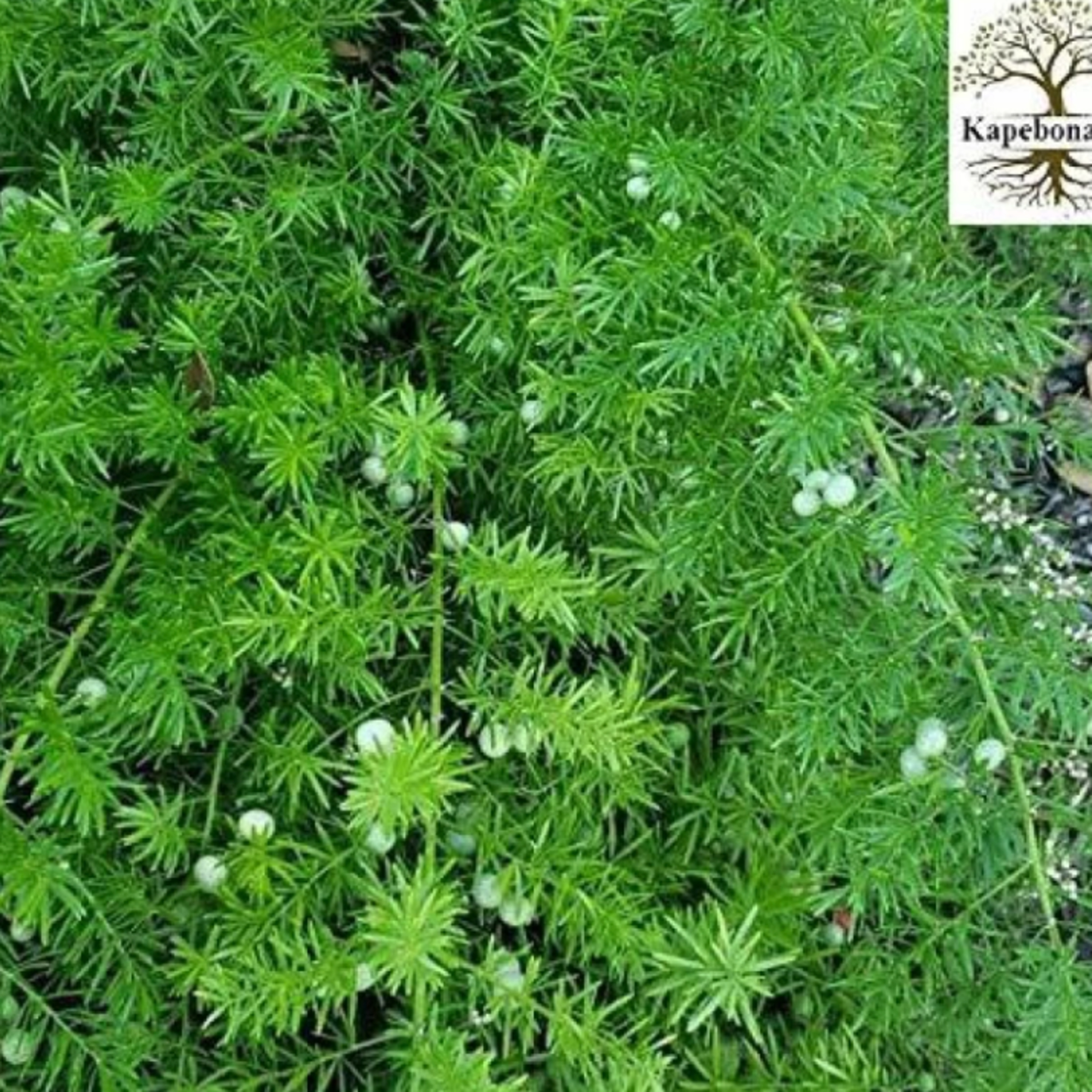 Got Milk? - The Indian Dairy Context.Effect of feeding Shatavari to lactating dairy animals.This episode for dairy practisers deep dives on a study that examined the effect of feeding Shatavari (Asparagus racemosus) to lactating dairy animals.
The researchers found that supplementing with Shatavari powder increased milk production in both buffaloes and cows, leading to a significant economic benefit for the farmers. The article cites previous research suggesting that Shatavari has galactogogue properties, which are believed to enhance milk production.
The authors conclude that Shatavari is an effective and profitable addition to dairy animal diets.2024-10-2610 min
Got Milk? - The Indian Dairy Context.Effect of feeding Shatavari to lactating dairy animals.This episode for dairy practisers deep dives on a study that examined the effect of feeding Shatavari (Asparagus racemosus) to lactating dairy animals.
The researchers found that supplementing with Shatavari powder increased milk production in both buffaloes and cows, leading to a significant economic benefit for the farmers. The article cites previous research suggesting that Shatavari has galactogogue properties, which are believed to enhance milk production.
The authors conclude that Shatavari is an effective and profitable addition to dairy animal diets.2024-10-2610 min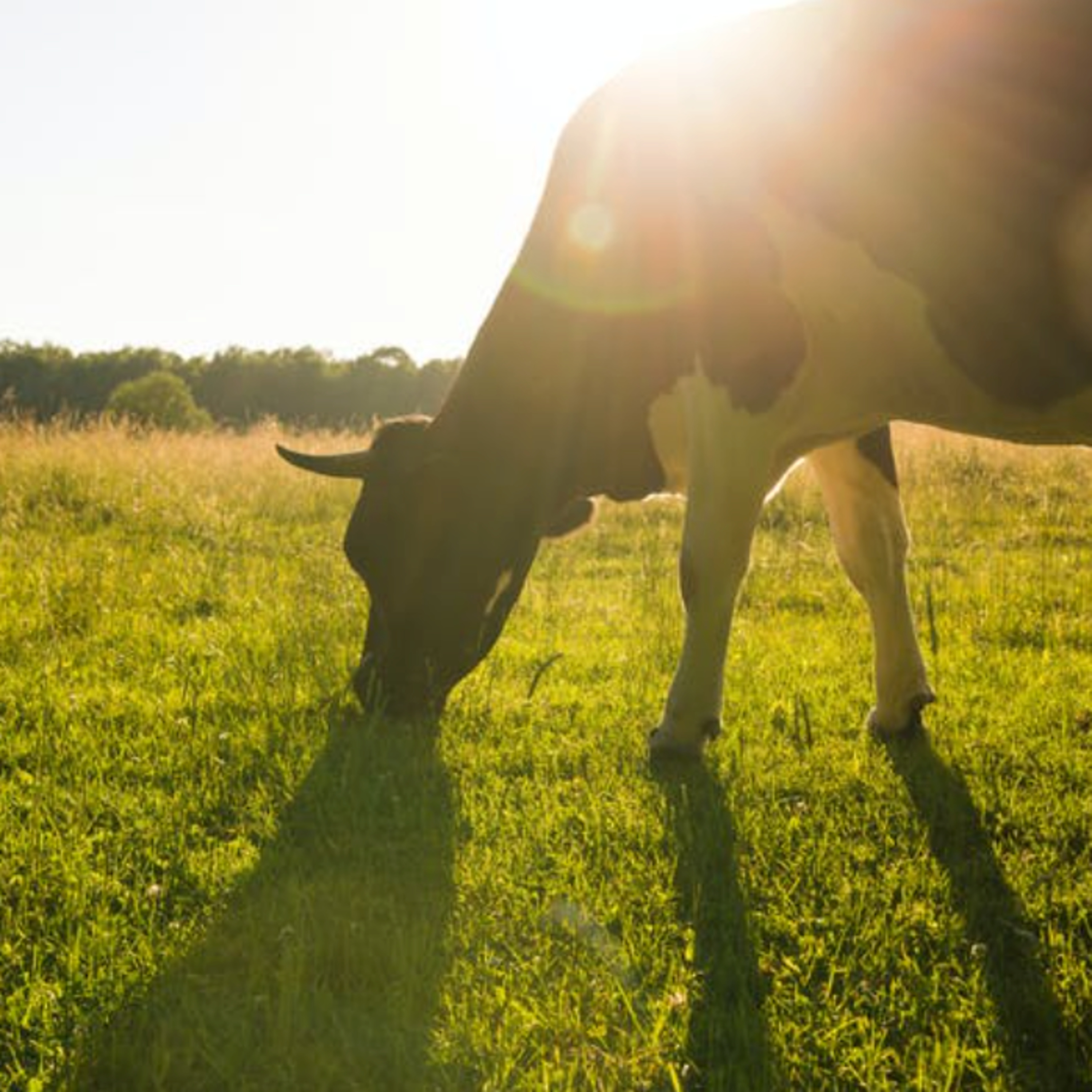 Got Milk? - The Indian Dairy Context.Challenges and opportunities facing India's livestock industry due to climate changeThe episode focuses on the challenges and opportunities facing India's livestock industry due to climate change and the growing demand for milk.
& highlight the need to address the shrinking availability of fodder for livestock and the environmental impacts associated with traditional farming practices. The episode discusses that hydroponic fodder production can contribute to climate mitigation by reducing greenhouse gas emissions, increasing agricultural efficiency, and providing a more sustainable source of nutritious feed for livestock.
The episode also explores the potential for India to utilize hydroponics as a strategy for achieving both agricultural and environmental sustainability...2024-10-2611 min
Got Milk? - The Indian Dairy Context.Challenges and opportunities facing India's livestock industry due to climate changeThe episode focuses on the challenges and opportunities facing India's livestock industry due to climate change and the growing demand for milk.
& highlight the need to address the shrinking availability of fodder for livestock and the environmental impacts associated with traditional farming practices. The episode discusses that hydroponic fodder production can contribute to climate mitigation by reducing greenhouse gas emissions, increasing agricultural efficiency, and providing a more sustainable source of nutritious feed for livestock.
The episode also explores the potential for India to utilize hydroponics as a strategy for achieving both agricultural and environmental sustainability...2024-10-2611 min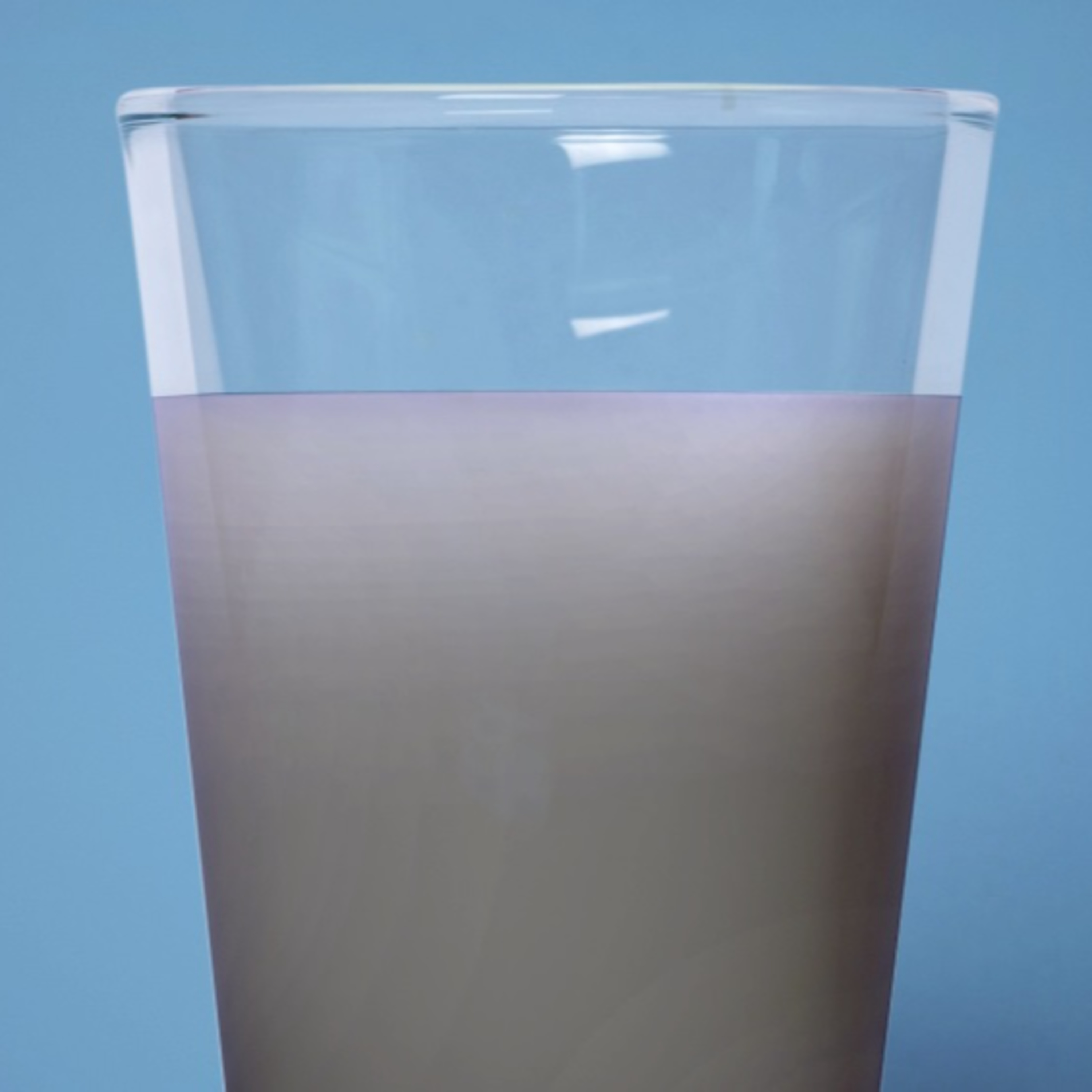 Got Milk? - The Indian Dairy Context.Method for detecting adulterants in milkThis episode is a deep dive into proposed method for detecting adulterants in milk using a convolutional neural network (CNN) trained on images of milk evaporation patterns.
Adulterants, such as water, urea, ammonium sulfate, and oil, create unique patterns during evaporation that are analyzed by the CNN to classify milk samples as adulterated or unadulterated.
The study focuses on the effectiveness of different regularization schemes, including implicit regularization through data augmentation, for improving the CNN's accuracy. Results show that the model trained with implicit regularization achieves the best performance, demonstrating its potential for real-time detection...2024-10-2508 min
Got Milk? - The Indian Dairy Context.Method for detecting adulterants in milkThis episode is a deep dive into proposed method for detecting adulterants in milk using a convolutional neural network (CNN) trained on images of milk evaporation patterns.
Adulterants, such as water, urea, ammonium sulfate, and oil, create unique patterns during evaporation that are analyzed by the CNN to classify milk samples as adulterated or unadulterated.
The study focuses on the effectiveness of different regularization schemes, including implicit regularization through data augmentation, for improving the CNN's accuracy. Results show that the model trained with implicit regularization achieves the best performance, demonstrating its potential for real-time detection...2024-10-2508 min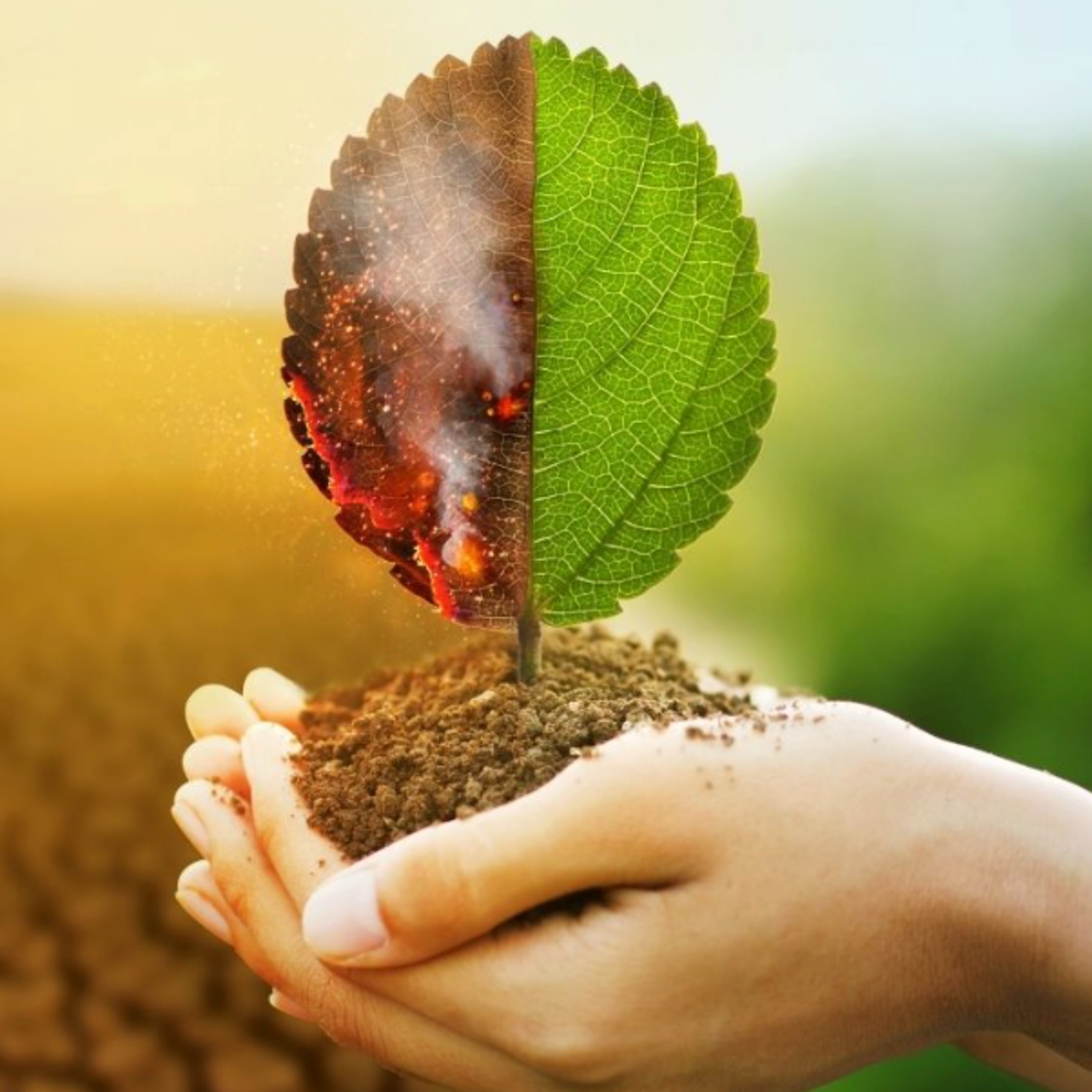 Got Milk? - The Indian Dairy Context.Environmental impact, water consumption & land use of conventional agriculture in comparison to hydroponicsThis episode analyzes the environmental impact, water consumption, and land use of conventional agriculture in comparison to hydroponics, a soilless cultivation technology.
The episode discusses that hydroponics offers several benefits over conventional agriculture, including reduced land use, higher crop yields, and lower water consumption. However, hydroponics also presents challenges such as high initial investment costs, extensive technical know-how requirements, and higher energy demands.
& provide suggestions for improving the sustainability of hydroponics, such as integrating renewable energy sources and developing educational programs to enhance understanding of this technology.2024-10-2516 min
Got Milk? - The Indian Dairy Context.Environmental impact, water consumption & land use of conventional agriculture in comparison to hydroponicsThis episode analyzes the environmental impact, water consumption, and land use of conventional agriculture in comparison to hydroponics, a soilless cultivation technology.
The episode discusses that hydroponics offers several benefits over conventional agriculture, including reduced land use, higher crop yields, and lower water consumption. However, hydroponics also presents challenges such as high initial investment costs, extensive technical know-how requirements, and higher energy demands.
& provide suggestions for improving the sustainability of hydroponics, such as integrating renewable energy sources and developing educational programs to enhance understanding of this technology.2024-10-2516 min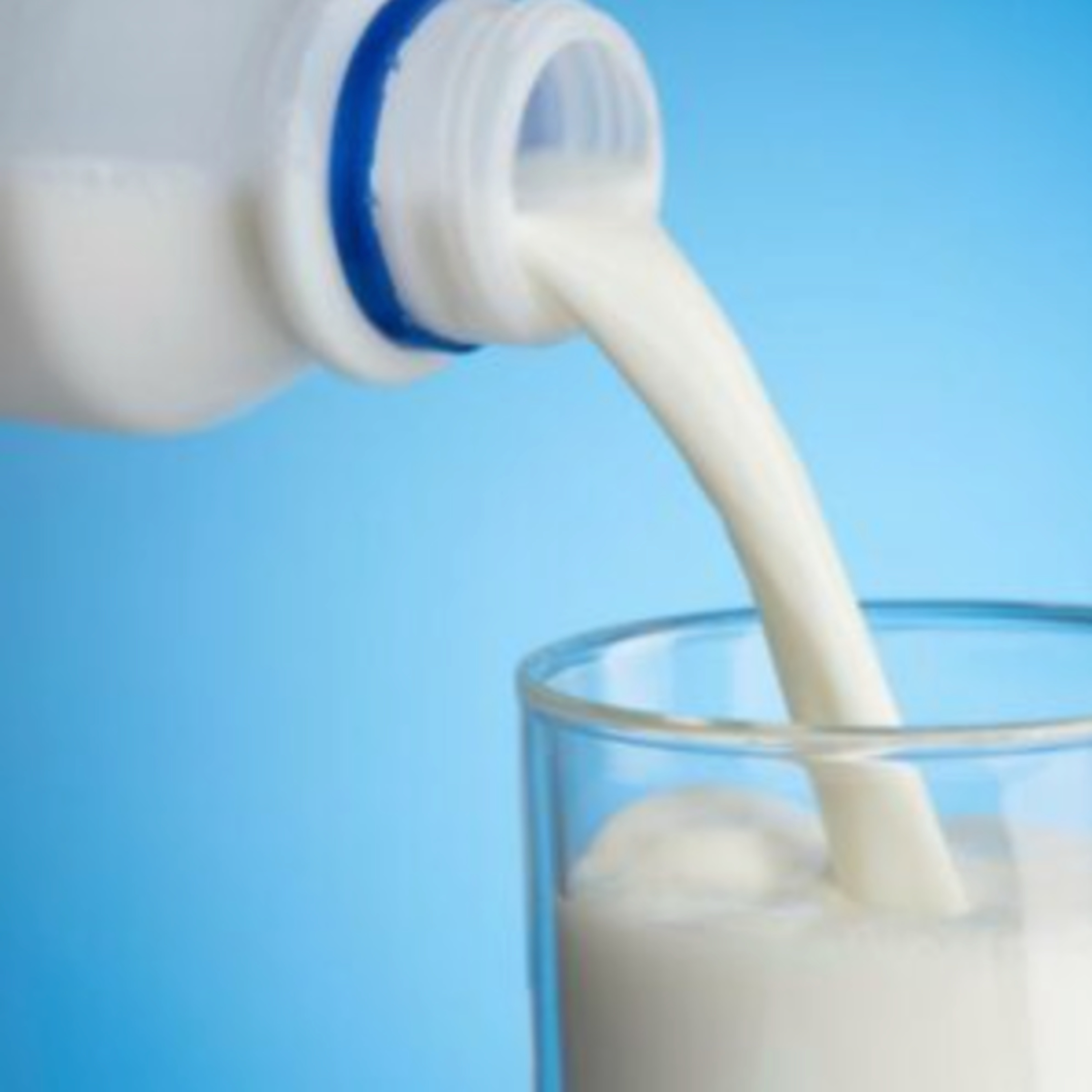 Got Milk? - The Indian Dairy Context.Problems of Milk AdulterationThis deep dive focuses on the problem of milk adulteration, examining its causes, consequences, and methods of detection and discusses various adulterants commonly found in milk, including water, whey, sugar, urea, detergents, and preservatives.
Also outlines traditional and newer detection methods, such as freezing point depression tests, colorimetric reactions, and immunological assays.
The paper concludes by calling for stricter enforcement of existing laws, improved consumer awareness, and the development of rapid, reliable, and inexpensive tests for adulteration.2024-10-2410 min
Got Milk? - The Indian Dairy Context.Problems of Milk AdulterationThis deep dive focuses on the problem of milk adulteration, examining its causes, consequences, and methods of detection and discusses various adulterants commonly found in milk, including water, whey, sugar, urea, detergents, and preservatives.
Also outlines traditional and newer detection methods, such as freezing point depression tests, colorimetric reactions, and immunological assays.
The paper concludes by calling for stricter enforcement of existing laws, improved consumer awareness, and the development of rapid, reliable, and inexpensive tests for adulteration.2024-10-2410 min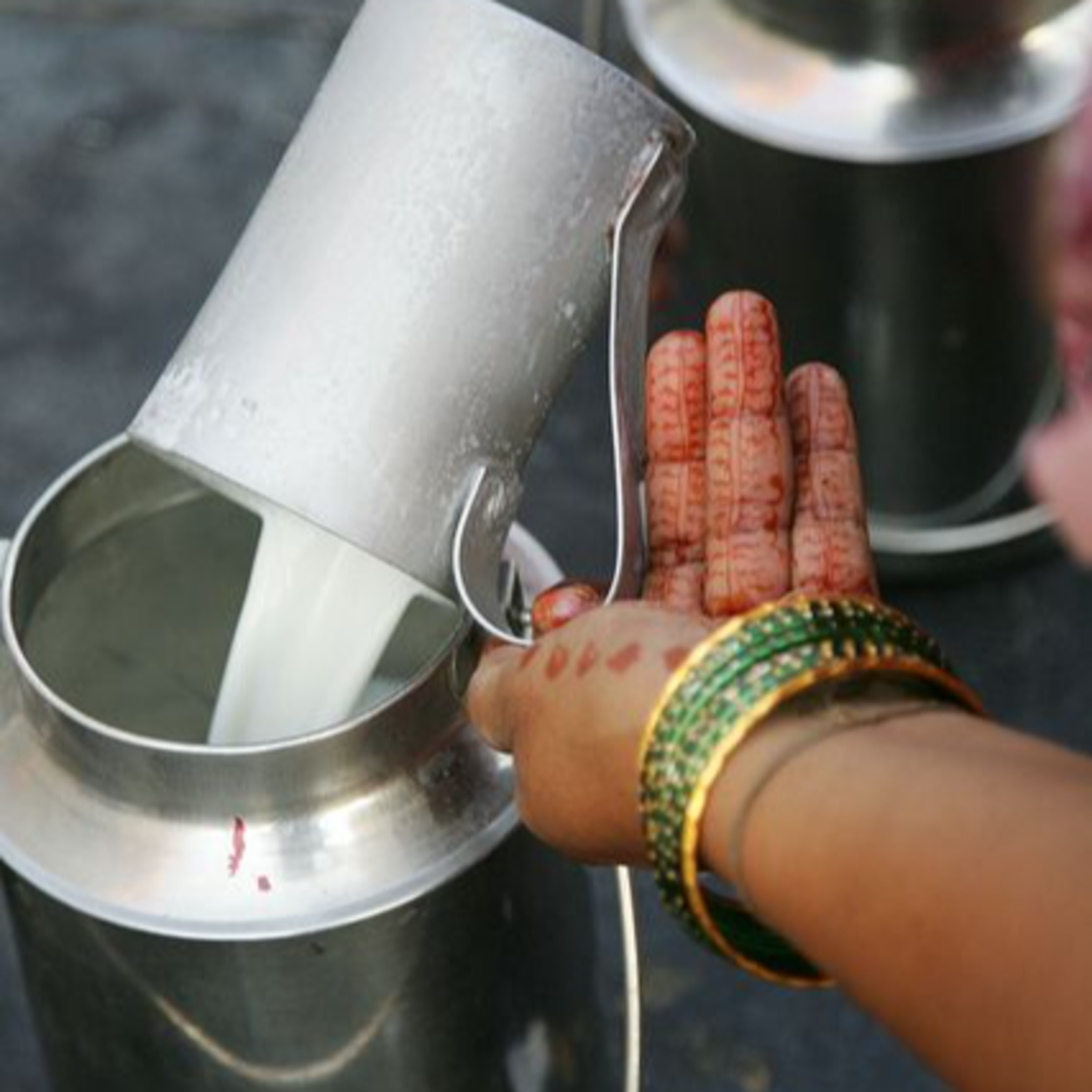 Got Milk? - The Indian Dairy Context.Unlocking the Potential: The Current State of Goat Farming in India,The episode, "Unlocking the Potential: The Current State of Goat Farming in India," explores the significant role of goat farming in India's agricultural landscape.
It discusses the country's vast goat population, emphasizing its economic and ecological importance & examines the production dynamics of milk and meat, highlighting India's leading global position in goat milk production and meat export.
The episode explore genetic improvement programs, including selective breeding, crossbreeding, and cloning, to enhance goat production. And Finally, analyzes the strengths, weaknesses, opportunities, and threats of goat farming in India, emphasizing the need for further development and modernization...2024-10-2412 min
Got Milk? - The Indian Dairy Context.Unlocking the Potential: The Current State of Goat Farming in India,The episode, "Unlocking the Potential: The Current State of Goat Farming in India," explores the significant role of goat farming in India's agricultural landscape.
It discusses the country's vast goat population, emphasizing its economic and ecological importance & examines the production dynamics of milk and meat, highlighting India's leading global position in goat milk production and meat export.
The episode explore genetic improvement programs, including selective breeding, crossbreeding, and cloning, to enhance goat production. And Finally, analyzes the strengths, weaknesses, opportunities, and threats of goat farming in India, emphasizing the need for further development and modernization...2024-10-2412 min Got Milk? - The Indian Dairy Context.Recipe for a Livable PlanetThis episode deep dives into a World Bank report titled "Recipe for a Livable Planet" that examines the global agrifood system and its impact on climate change.
The report advocates for a transition to net-zero agrifood emissions, focusing on cost-effective mitigation strategies for different country income groups.
It explores opportunities for high-income countries to support developing nations, including financial assistance and technology transfer.
The report emphasizes the importance of reducing demand for high-emissions foods like meat and dairy, while promoting sustainable practices in livestock production, soil management, and fertilizer use. The report also...2024-10-2312 min
Got Milk? - The Indian Dairy Context.Recipe for a Livable PlanetThis episode deep dives into a World Bank report titled "Recipe for a Livable Planet" that examines the global agrifood system and its impact on climate change.
The report advocates for a transition to net-zero agrifood emissions, focusing on cost-effective mitigation strategies for different country income groups.
It explores opportunities for high-income countries to support developing nations, including financial assistance and technology transfer.
The report emphasizes the importance of reducing demand for high-emissions foods like meat and dairy, while promoting sustainable practices in livestock production, soil management, and fertilizer use. The report also...2024-10-2312 min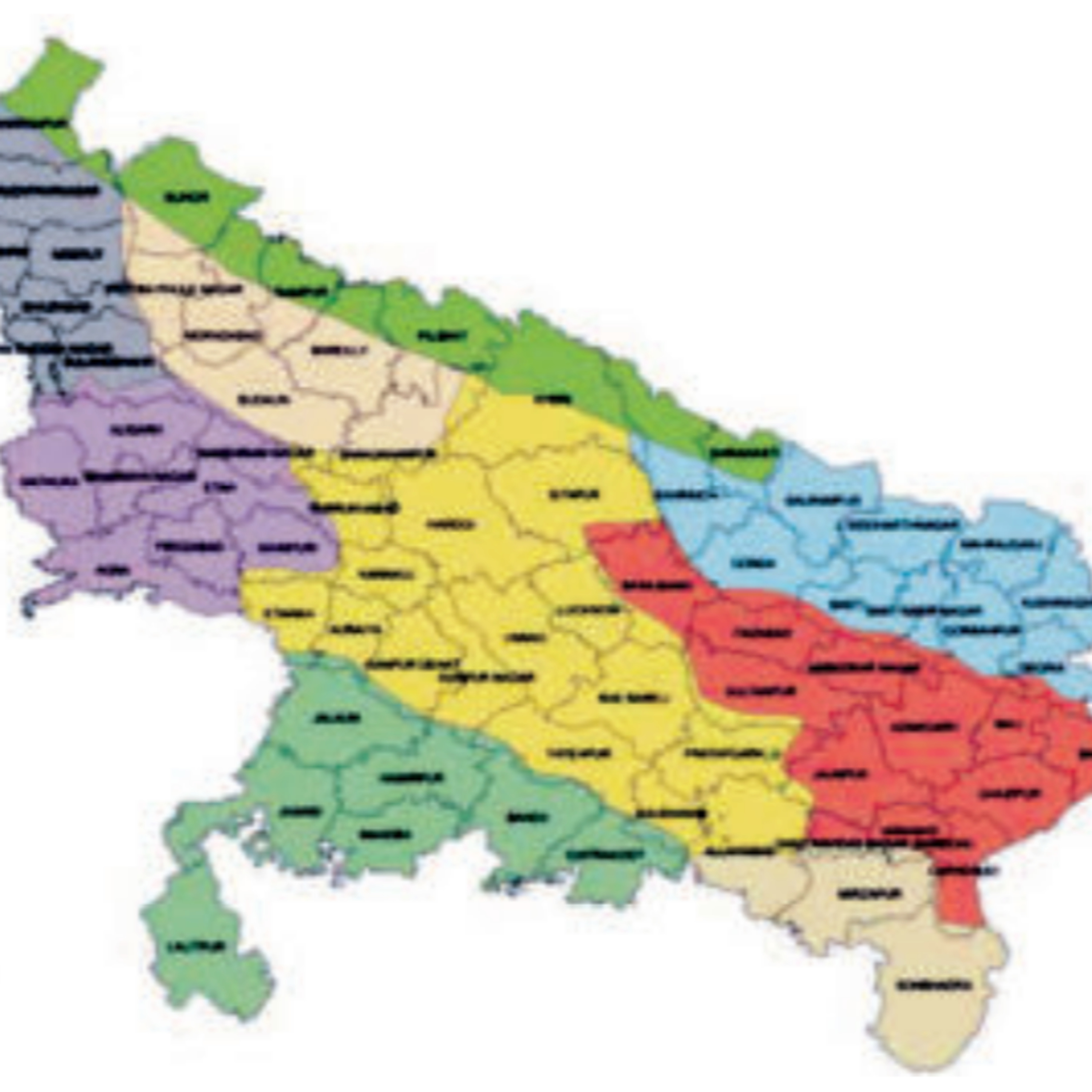 Got Milk? - The Indian Dairy Context.Fodder Resources Development Plan for Uttar PradeshThe episode outline a plan to address the fodder shortage in the state of Uttar Pradesh, India.
The plan was developed by the Indian Grassland and Fodder Research Institute (IGFRI) in collaboration with the Department of Animal Husbandry, Government of Uttar Pradesh.
The episode discusses the critical need for increased fodder production and discusses various strategies for achieving self-sufficiency, including improved crop varieties, intercropping systems, alternate land use options, and fodder conservation techniques. It further details the implementation of a pilot program, a proposed roadmap, and the crucial role of public-private partnerships in addressing this...2024-10-2310 min
Got Milk? - The Indian Dairy Context.Fodder Resources Development Plan for Uttar PradeshThe episode outline a plan to address the fodder shortage in the state of Uttar Pradesh, India.
The plan was developed by the Indian Grassland and Fodder Research Institute (IGFRI) in collaboration with the Department of Animal Husbandry, Government of Uttar Pradesh.
The episode discusses the critical need for increased fodder production and discusses various strategies for achieving self-sufficiency, including improved crop varieties, intercropping systems, alternate land use options, and fodder conservation techniques. It further details the implementation of a pilot program, a proposed roadmap, and the crucial role of public-private partnerships in addressing this...2024-10-2310 min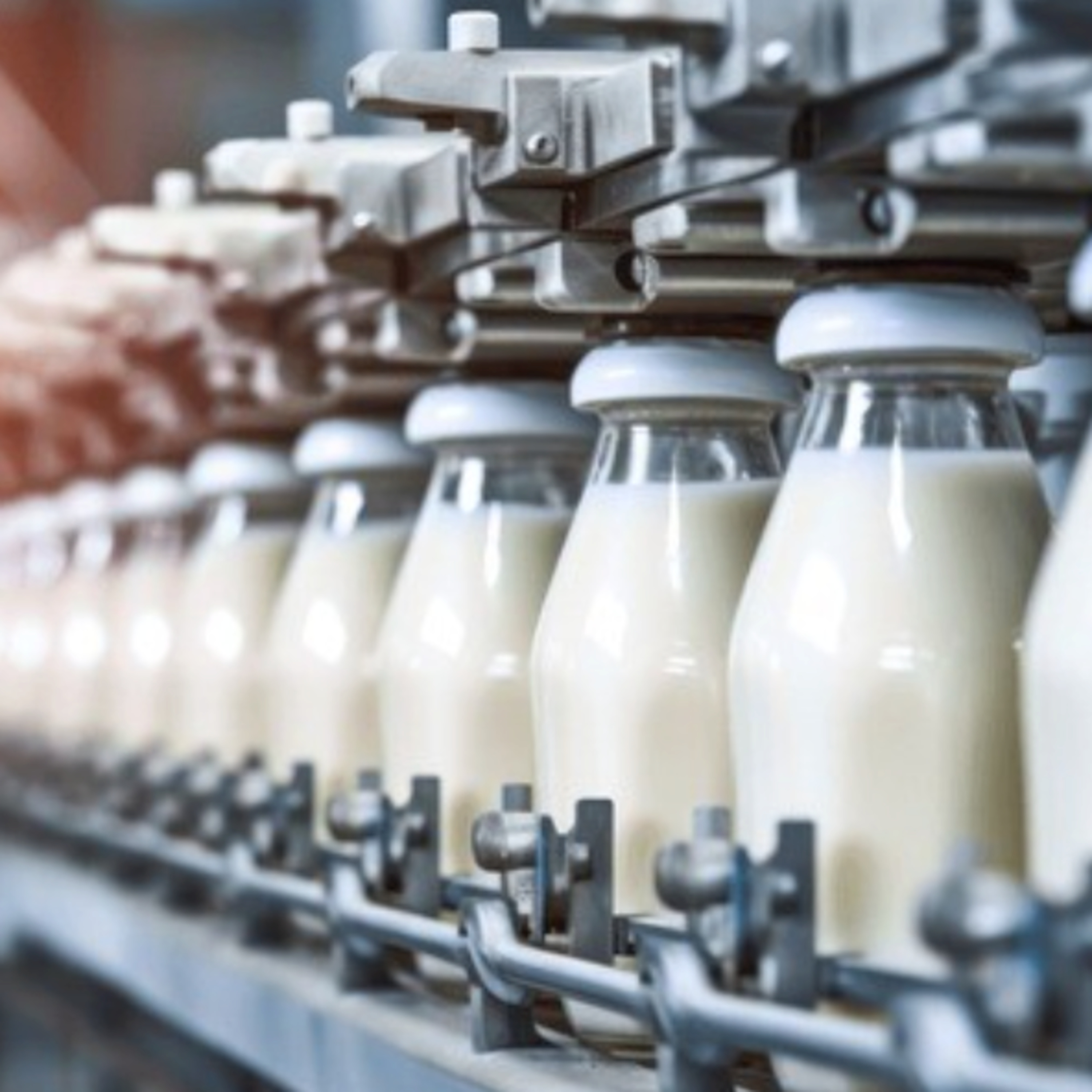 Got Milk? - The Indian Dairy Context.Future prospects of agricultural commodity demand and supply in IndiaThis episode discusses the research chronicle from NABARD is a compilation of five articles, each focusing on different aspects of the Indian agricultural sector.
The first article analyzes the future prospects of agricultural commodity demand and supply in India up to 2030, considering factors like income growth and population change.
The second article highlights the importance of tank irrigation systems in Tamil Nadu, examining their performance, identifying potential investment options, and suggesting implementation pathways for modernization.
The third article proposes solutions using artificial intelligence and game theory to mitigate distress faced by small and...2024-10-2215 min
Got Milk? - The Indian Dairy Context.Future prospects of agricultural commodity demand and supply in IndiaThis episode discusses the research chronicle from NABARD is a compilation of five articles, each focusing on different aspects of the Indian agricultural sector.
The first article analyzes the future prospects of agricultural commodity demand and supply in India up to 2030, considering factors like income growth and population change.
The second article highlights the importance of tank irrigation systems in Tamil Nadu, examining their performance, identifying potential investment options, and suggesting implementation pathways for modernization.
The third article proposes solutions using artificial intelligence and game theory to mitigate distress faced by small and...2024-10-2215 min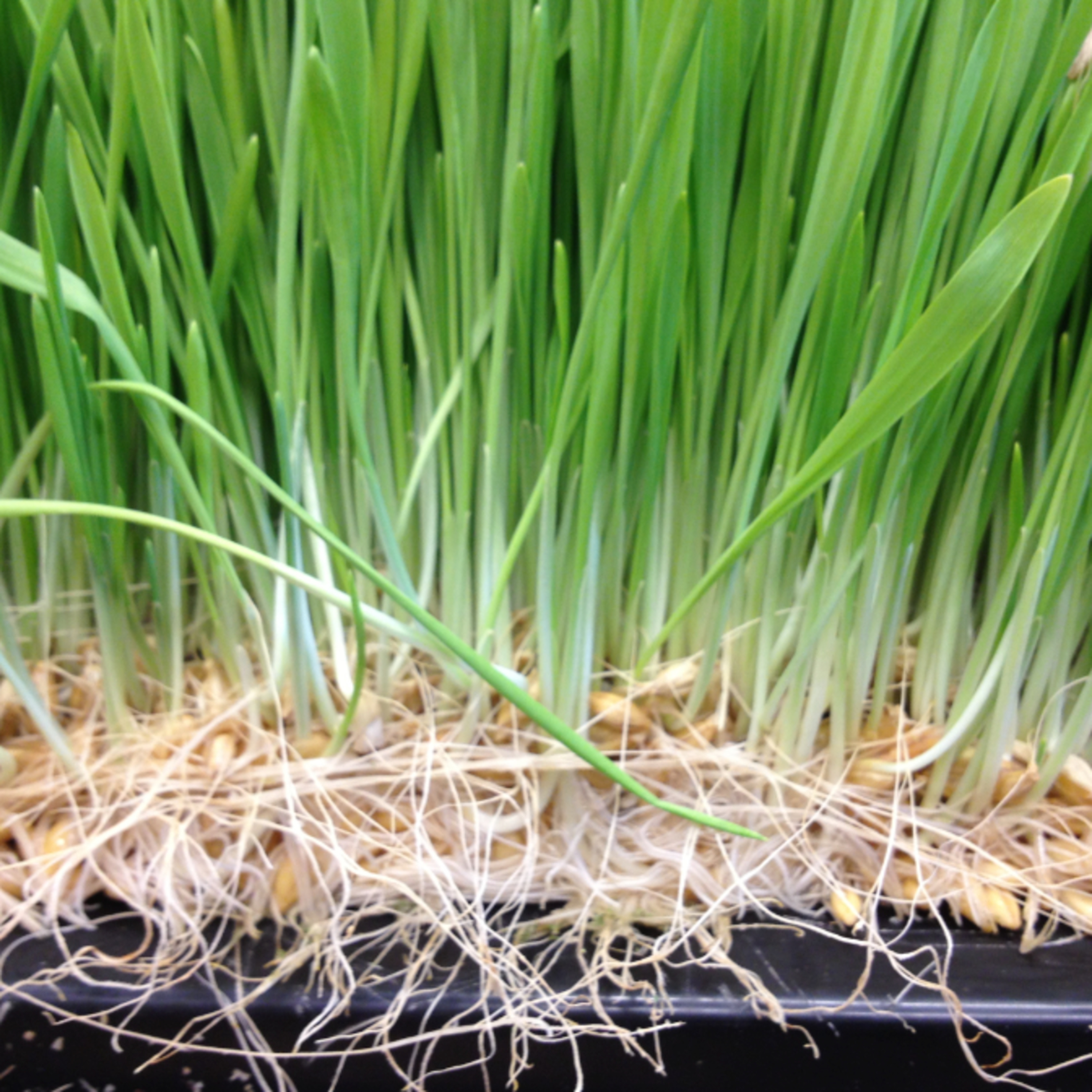 Got Milk? - The Indian Dairy Context.Comparative Study of Artificial Fodder Production (Hydroponic) and its BenefitsThe episode examines the use of hydroponics to grow fodder for cattle.
The research compares hydroponic fodder to traditional, soil-based fodder production methods and argues that hydroponic fodder offers significant advantages. These advantages include a higher nutritional content, shorter growing time, less reliance on soil and water, and potentially improved milk quality in cows.
The discussion covers results from a study testing the effects of hydroponic fodder on milk production and quality in cows.2024-10-2207 min
Got Milk? - The Indian Dairy Context.Comparative Study of Artificial Fodder Production (Hydroponic) and its BenefitsThe episode examines the use of hydroponics to grow fodder for cattle.
The research compares hydroponic fodder to traditional, soil-based fodder production methods and argues that hydroponic fodder offers significant advantages. These advantages include a higher nutritional content, shorter growing time, less reliance on soil and water, and potentially improved milk quality in cows.
The discussion covers results from a study testing the effects of hydroponic fodder on milk production and quality in cows.2024-10-2207 min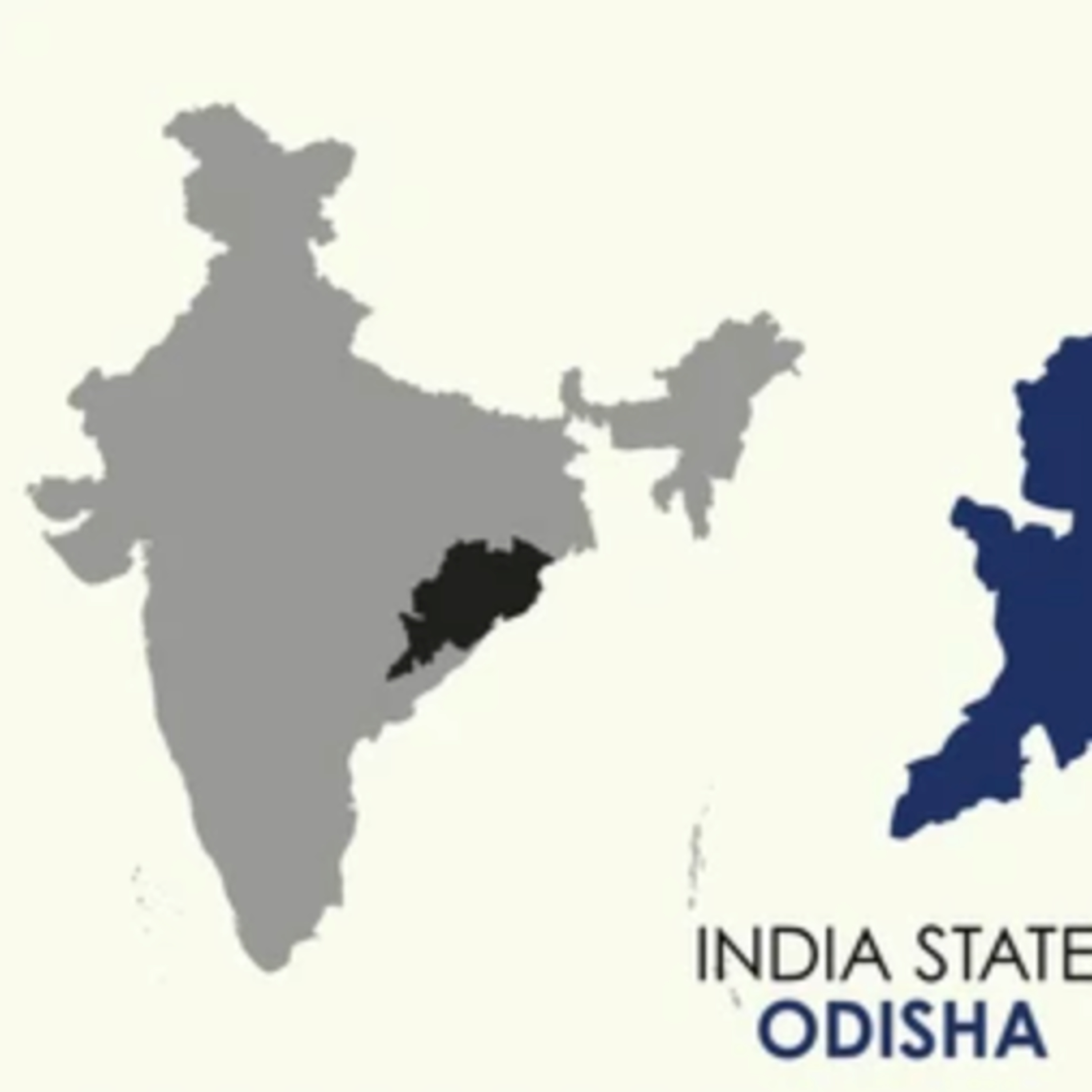 Got Milk? - The Indian Dairy Context.The Economics of Milk Production in OrissaThis podcast discusses - The Economics of Milk Production in Orissa, India. Orissa is one of the least developed states in India with very high levels of poverty. Mixed crop-livestock farming is the most predominant farming system for over 80 percent of all rural households in the state. Of the total livestock population, bovines account for about 65 percent indicating their importance in livestock production. In the rural economy, milk is one of the most important products of cattle and buffalo enterprises, contributing over 33 percent of the value of all livestock outputs (Government of Orissa, 1998-99).
...2024-10-2118 min
Got Milk? - The Indian Dairy Context.The Economics of Milk Production in OrissaThis podcast discusses - The Economics of Milk Production in Orissa, India. Orissa is one of the least developed states in India with very high levels of poverty. Mixed crop-livestock farming is the most predominant farming system for over 80 percent of all rural households in the state. Of the total livestock population, bovines account for about 65 percent indicating their importance in livestock production. In the rural economy, milk is one of the most important products of cattle and buffalo enterprises, contributing over 33 percent of the value of all livestock outputs (Government of Orissa, 1998-99).
...2024-10-2118 min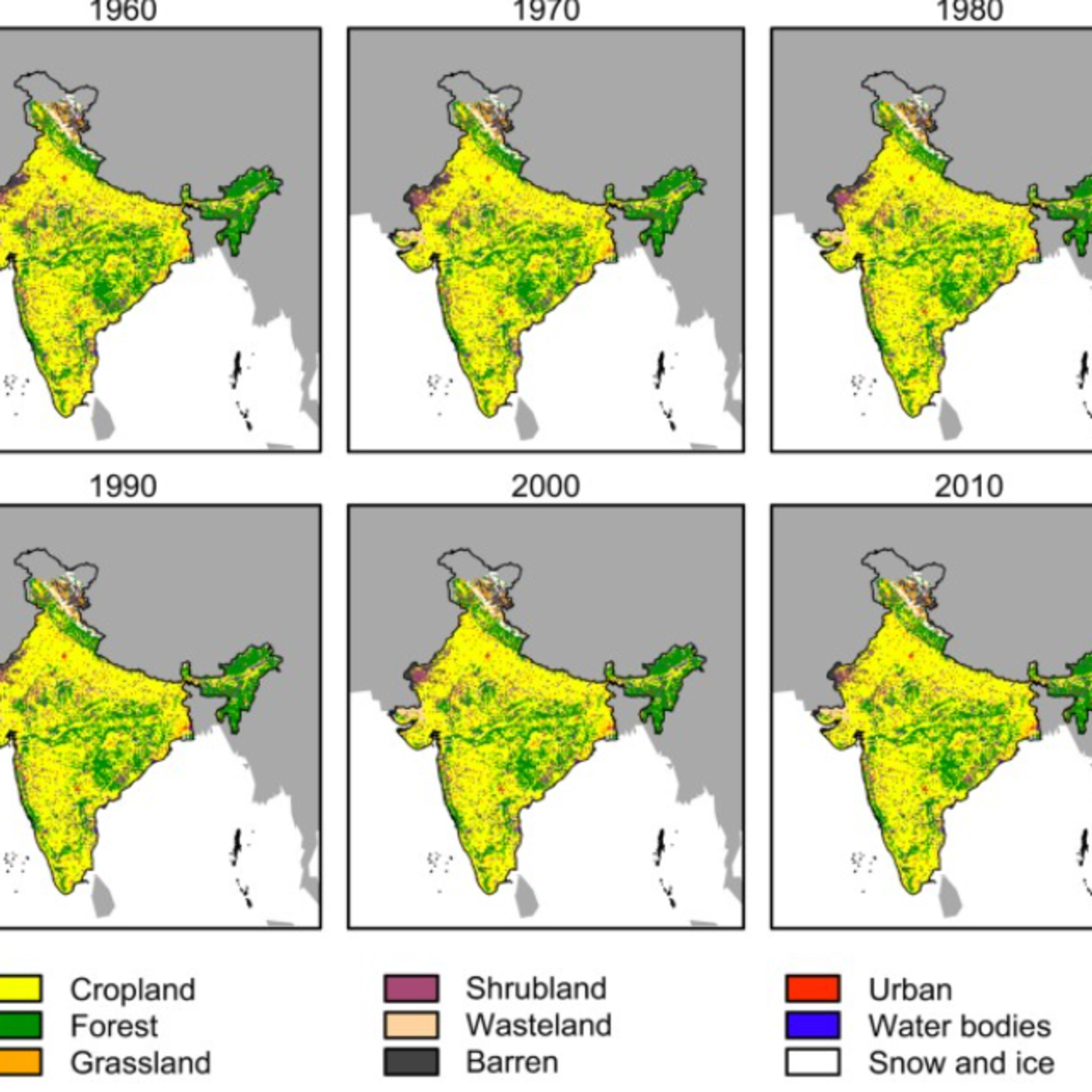 Got Milk? - The Indian Dairy Context.17 years of land use and land cover data for IndiaThe episode is a discussion on data collected by the National Remote Sensing Centre (NRSC) using satellite imagery. The atlas presents maps of the entire country and provides detailed statistical information about land cover changes over time. The NRSC has been working on this project since 2005-2006 as part of the Natural Resources Census (NR-CENSUS) initiative to monitor and understand the dynamics of land use and land cover in India. This information is crucial for policymaking, resource management, and supporting research efforts. The atlas also presents key findings and analyses of the data, highlighting significant trends in agricultural practices...2024-10-2109 min
Got Milk? - The Indian Dairy Context.17 years of land use and land cover data for IndiaThe episode is a discussion on data collected by the National Remote Sensing Centre (NRSC) using satellite imagery. The atlas presents maps of the entire country and provides detailed statistical information about land cover changes over time. The NRSC has been working on this project since 2005-2006 as part of the Natural Resources Census (NR-CENSUS) initiative to monitor and understand the dynamics of land use and land cover in India. This information is crucial for policymaking, resource management, and supporting research efforts. The atlas also presents key findings and analyses of the data, highlighting significant trends in agricultural practices...2024-10-2109 min Got Milk? - The Indian Dairy Context.Livestock Development StrategiesThis episode is for pros on research pub of Steinfeld and Mack exploring the complex role of livestock in developing countries, highlighting the importance of integrated planning for sustainable livestock development.
The discussion emphasizes the need to address the challenges posed by intensive production systems and environmental impacts, particularly in developing countries.
The episode discusses the recommendations in the report outlines a comprehensive framework for livestock sector planning, encompassing stages of diagnosis, prescription, and prognosis. The framework emphasizes the need for government policies that balance economic growth with environmental sustainability and social equity.2024-10-2111 min
Got Milk? - The Indian Dairy Context.Livestock Development StrategiesThis episode is for pros on research pub of Steinfeld and Mack exploring the complex role of livestock in developing countries, highlighting the importance of integrated planning for sustainable livestock development.
The discussion emphasizes the need to address the challenges posed by intensive production systems and environmental impacts, particularly in developing countries.
The episode discusses the recommendations in the report outlines a comprehensive framework for livestock sector planning, encompassing stages of diagnosis, prescription, and prognosis. The framework emphasizes the need for government policies that balance economic growth with environmental sustainability and social equity.2024-10-2111 min Got Milk? - The Indian Dairy Context.Stark income disparities between dairy and vegetableThis episode examines the successful cooperative model of Amul, which allows dairy farmers to earn 80-85% of the final consumer price, while vegetable farmers often receive only 30-40%.
The discussion then analyzes the challenges faced by vegetable farmers, including fragmented markets, volatile prices, and a lack of institutional support. The text concludes by proposing solutions to bridge the income gap, including strengthening farmer producer organizations, building cold storage infrastructure, and developing direct-to-consumer platforms.2024-10-2012 min
Got Milk? - The Indian Dairy Context.Stark income disparities between dairy and vegetableThis episode examines the successful cooperative model of Amul, which allows dairy farmers to earn 80-85% of the final consumer price, while vegetable farmers often receive only 30-40%.
The discussion then analyzes the challenges faced by vegetable farmers, including fragmented markets, volatile prices, and a lack of institutional support. The text concludes by proposing solutions to bridge the income gap, including strengthening farmer producer organizations, building cold storage infrastructure, and developing direct-to-consumer platforms.2024-10-2012 min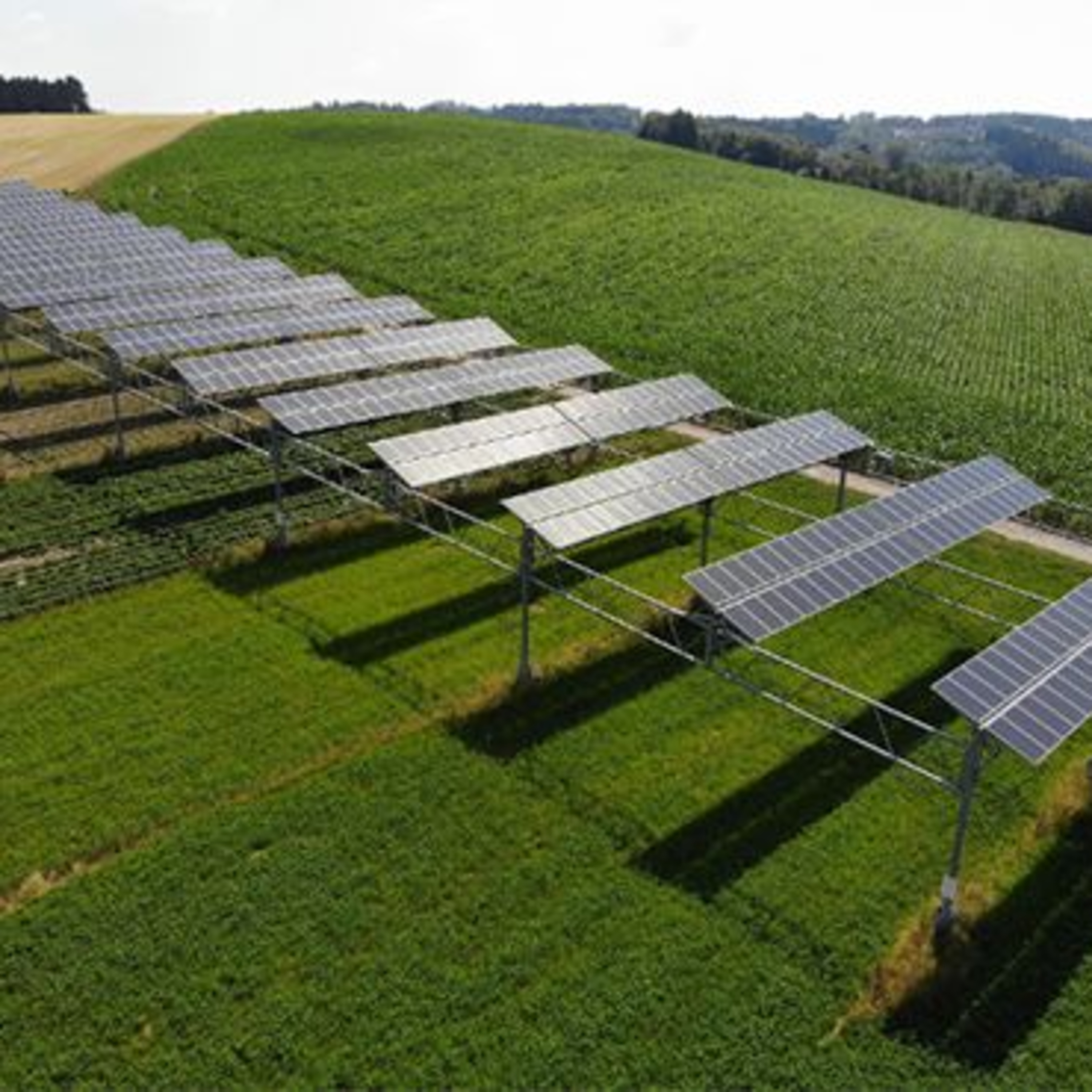 Got Milk? - The Indian Dairy Context.Potential for agrivoltaics in IndiaExplore the technical aspects of this technology, including various configurations and potential assessment methodologies, as well as its financial viability through different business models.
The episode also examines the policy and regulatory landscape surrounding agrivoltaics, highlighting barriers and challenges to its adoption in India. Finally, it delves into the skill gap assessment and job creation potential within the agrivoltaics sector, outlining the workforce requirements for a successful rollout.2024-10-2013 min
Got Milk? - The Indian Dairy Context.Potential for agrivoltaics in IndiaExplore the technical aspects of this technology, including various configurations and potential assessment methodologies, as well as its financial viability through different business models.
The episode also examines the policy and regulatory landscape surrounding agrivoltaics, highlighting barriers and challenges to its adoption in India. Finally, it delves into the skill gap assessment and job creation potential within the agrivoltaics sector, outlining the workforce requirements for a successful rollout.2024-10-2013 min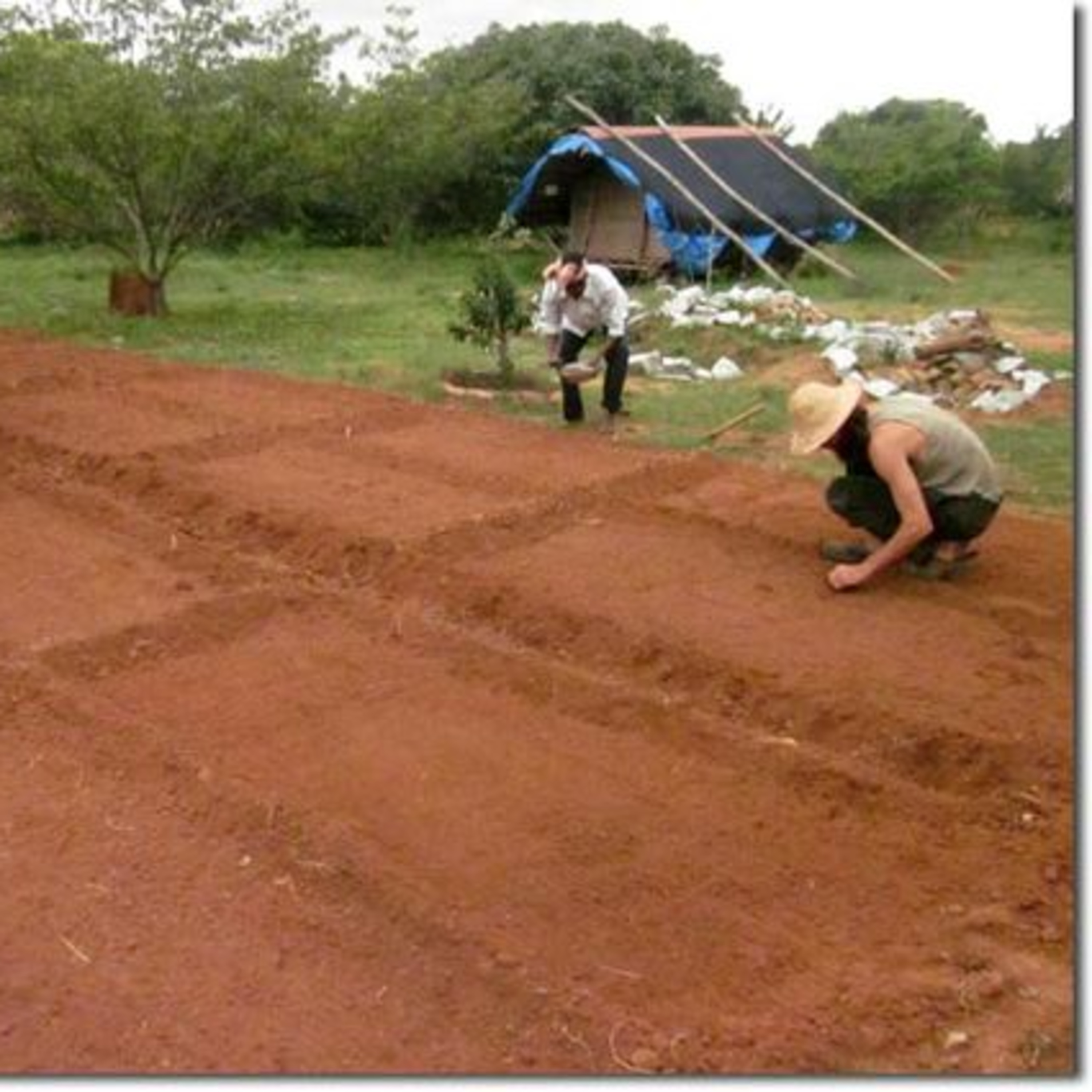 Got Milk? - The Indian Dairy Context.Research and extension activities conducted by KVKsThis talk unwraps innovative farming techniques and technologies being implemented across various regions, aiming to improve agricultural productivity, sustainability, and farmer livelihoods.
It include fish farming, fodder production, natural farming, and crop residue management, along with the importance of underutilized crops and the use of drones in agriculture.
The episode showcase the critical role of KVKs in connecting scientific research to farmers and empowering them with knowledge and resources to address the challenges of modern agriculture.2024-10-1909 min
Got Milk? - The Indian Dairy Context.Research and extension activities conducted by KVKsThis talk unwraps innovative farming techniques and technologies being implemented across various regions, aiming to improve agricultural productivity, sustainability, and farmer livelihoods.
It include fish farming, fodder production, natural farming, and crop residue management, along with the importance of underutilized crops and the use of drones in agriculture.
The episode showcase the critical role of KVKs in connecting scientific research to farmers and empowering them with knowledge and resources to address the challenges of modern agriculture.2024-10-1909 min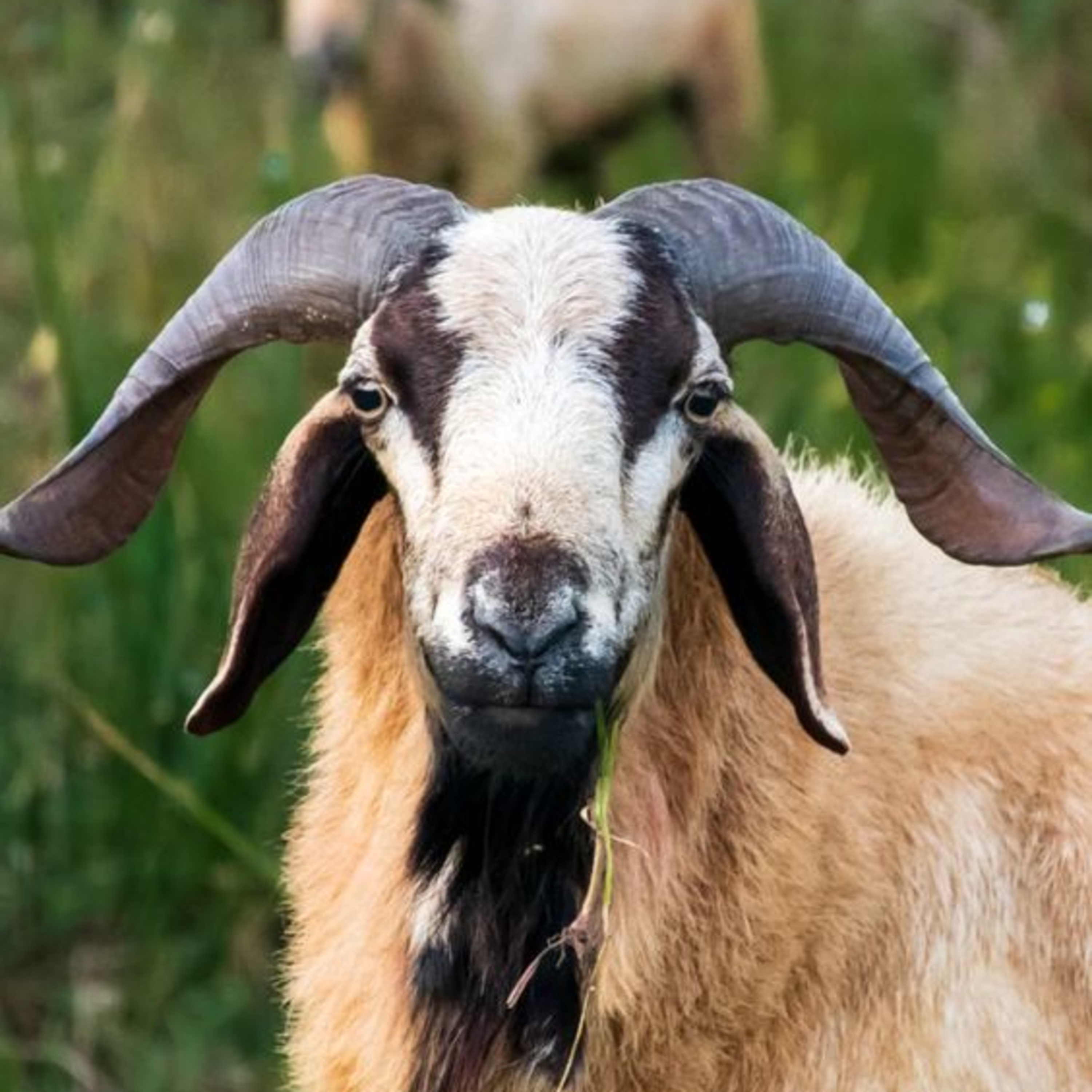 Got Milk? - The Indian Dairy Context.Challenges and opportunities facing the sheep and goat meat sector.This episode analyzes the current state of the sector, highlighting issues such as low productivity, inadequate market infrastructure, and unhygienic slaughter practices.
Some discussion and recommendations to improve the sector's organization, enhance production practices, strengthen the value chain, and promote entrepreneurship. 2024-10-1811 min
Got Milk? - The Indian Dairy Context.Challenges and opportunities facing the sheep and goat meat sector.This episode analyzes the current state of the sector, highlighting issues such as low productivity, inadequate market infrastructure, and unhygienic slaughter practices.
Some discussion and recommendations to improve the sector's organization, enhance production practices, strengthen the value chain, and promote entrepreneurship. 2024-10-1811 min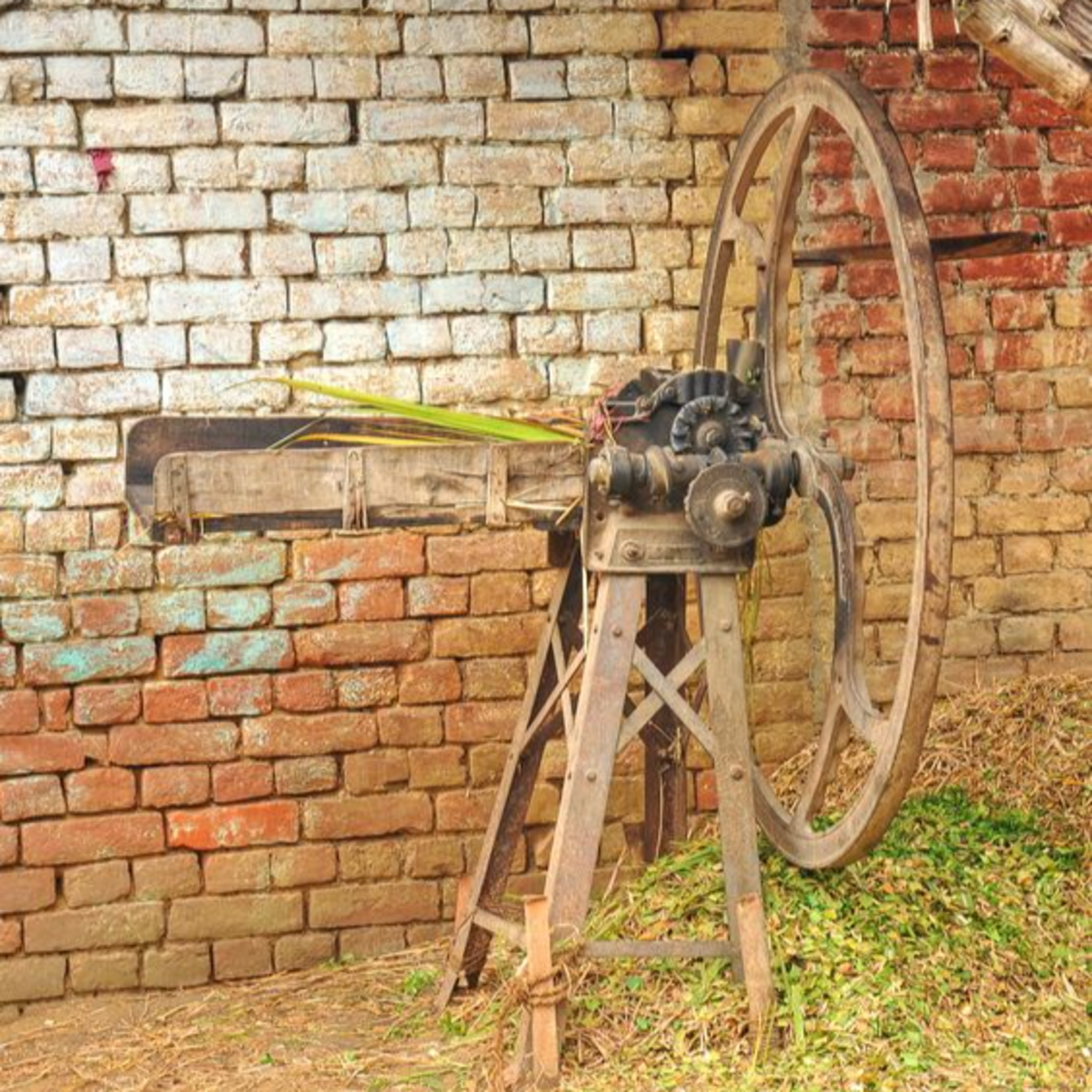 Got Milk? - The Indian Dairy Context.Relationship between livestock and fodder resources in IndiaIn this episode we discuss the historical importance of mixed farming in Indian society and analyze the current state of fodder availability and demand across different regions.
The discussion highlights the challenges of meeting the increasing demand for animal-based food products due to population growth and urbanization. The analysis reveals that the country faces a significant deficit in green fodder, particularly in the eastern, central, and southern regions.2024-10-1813 min
Got Milk? - The Indian Dairy Context.Relationship between livestock and fodder resources in IndiaIn this episode we discuss the historical importance of mixed farming in Indian society and analyze the current state of fodder availability and demand across different regions.
The discussion highlights the challenges of meeting the increasing demand for animal-based food products due to population growth and urbanization. The analysis reveals that the country faces a significant deficit in green fodder, particularly in the eastern, central, and southern regions.2024-10-1813 min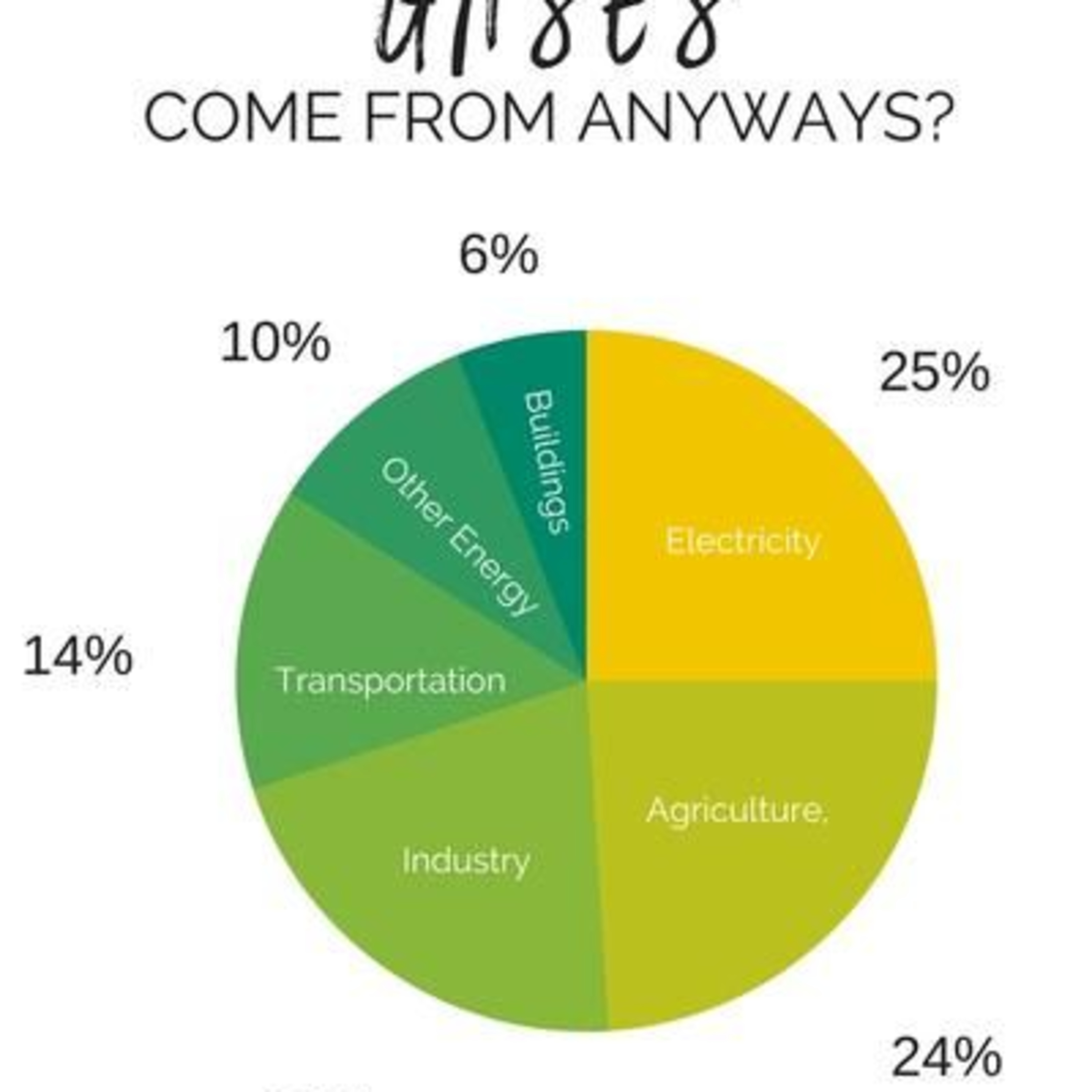 Got Milk? - The Indian Dairy Context.Agricultural greenhouse gas emissions of an Indian village.This episode reviews the research paper, "Agricultural greenhouse gas emissions of an Indian village - Who's to blame: crops or livestock?", & examines the environmental impact of the Green and White revolutions on a village in Gujarat, India.
Using a novel methodology that combines Life Cycle Assessment (LCA) and agrarian diagnosis, the study analyzes greenhouse gas (GHG) emissions from both crops and livestock, considering the diversity of farms in the village.
The authors identify the main sources of emissions, comparing them to national and international averages, and ultimately determine that livestock contributes significantly to GHG emissions...2024-10-1710 min
Got Milk? - The Indian Dairy Context.Agricultural greenhouse gas emissions of an Indian village.This episode reviews the research paper, "Agricultural greenhouse gas emissions of an Indian village - Who's to blame: crops or livestock?", & examines the environmental impact of the Green and White revolutions on a village in Gujarat, India.
Using a novel methodology that combines Life Cycle Assessment (LCA) and agrarian diagnosis, the study analyzes greenhouse gas (GHG) emissions from both crops and livestock, considering the diversity of farms in the village.
The authors identify the main sources of emissions, comparing them to national and international averages, and ultimately determine that livestock contributes significantly to GHG emissions...2024-10-1710 min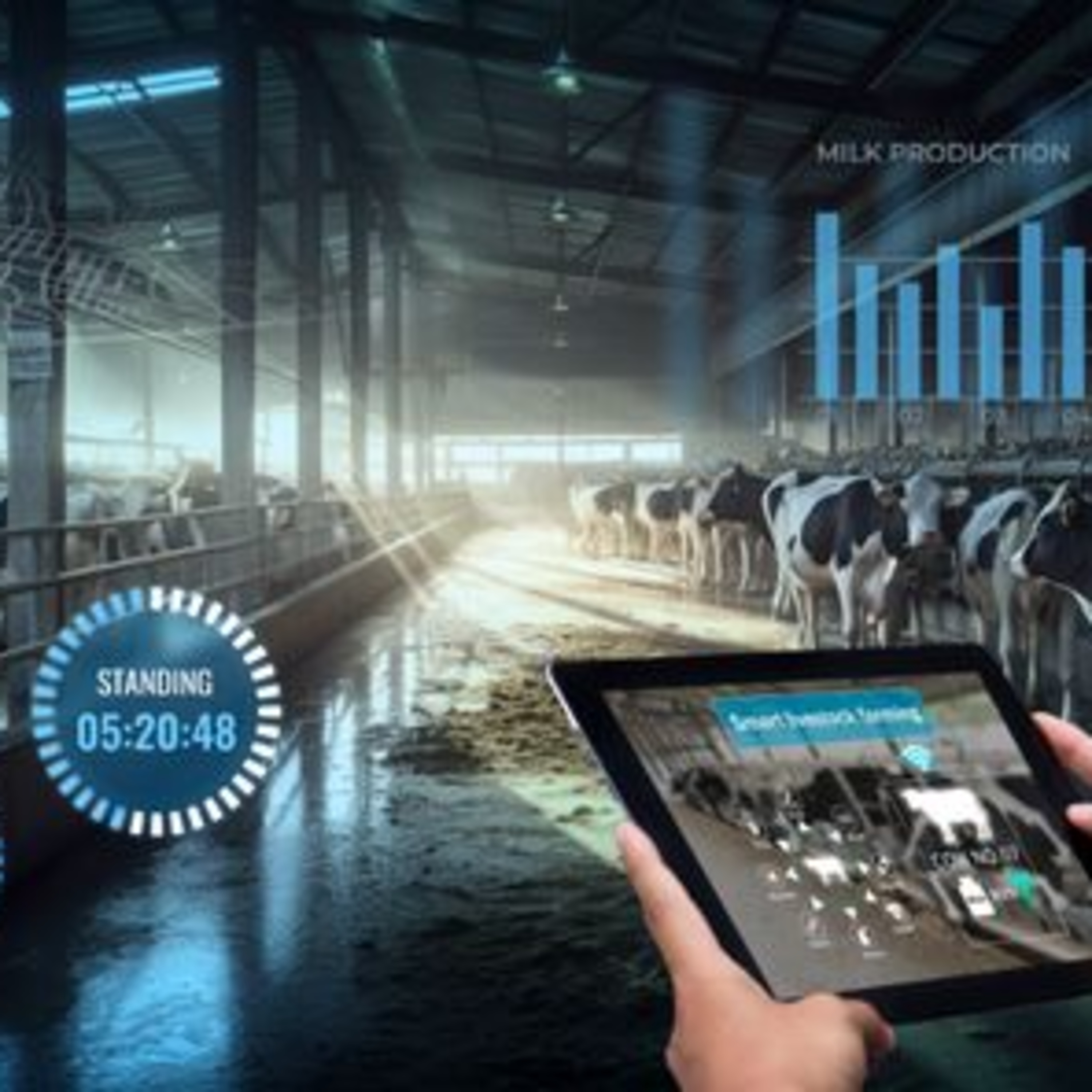 Got Milk? - The Indian Dairy Context.This episode explores the use of Internet of Things (IoT) technologies in modern livestock management.The episode discusses how IoT devices and systems, such as sensors, RFID tags, and biometric monitoring devices, can be used to collect data on animal health, behavior, and environment.
Understand the benefits of these technologies, including improved disease management, enhanced animal welfare, and increased farm operational efficiency.
The episode also addresses challenges associated with IoT adoption, including data security and privacy, connectivity issues in rural areas, and ethical considerations regarding continuous monitoring. 2024-10-1709 min
Got Milk? - The Indian Dairy Context.This episode explores the use of Internet of Things (IoT) technologies in modern livestock management.The episode discusses how IoT devices and systems, such as sensors, RFID tags, and biometric monitoring devices, can be used to collect data on animal health, behavior, and environment.
Understand the benefits of these technologies, including improved disease management, enhanced animal welfare, and increased farm operational efficiency.
The episode also addresses challenges associated with IoT adoption, including data security and privacy, connectivity issues in rural areas, and ethical considerations regarding continuous monitoring. 2024-10-1709 min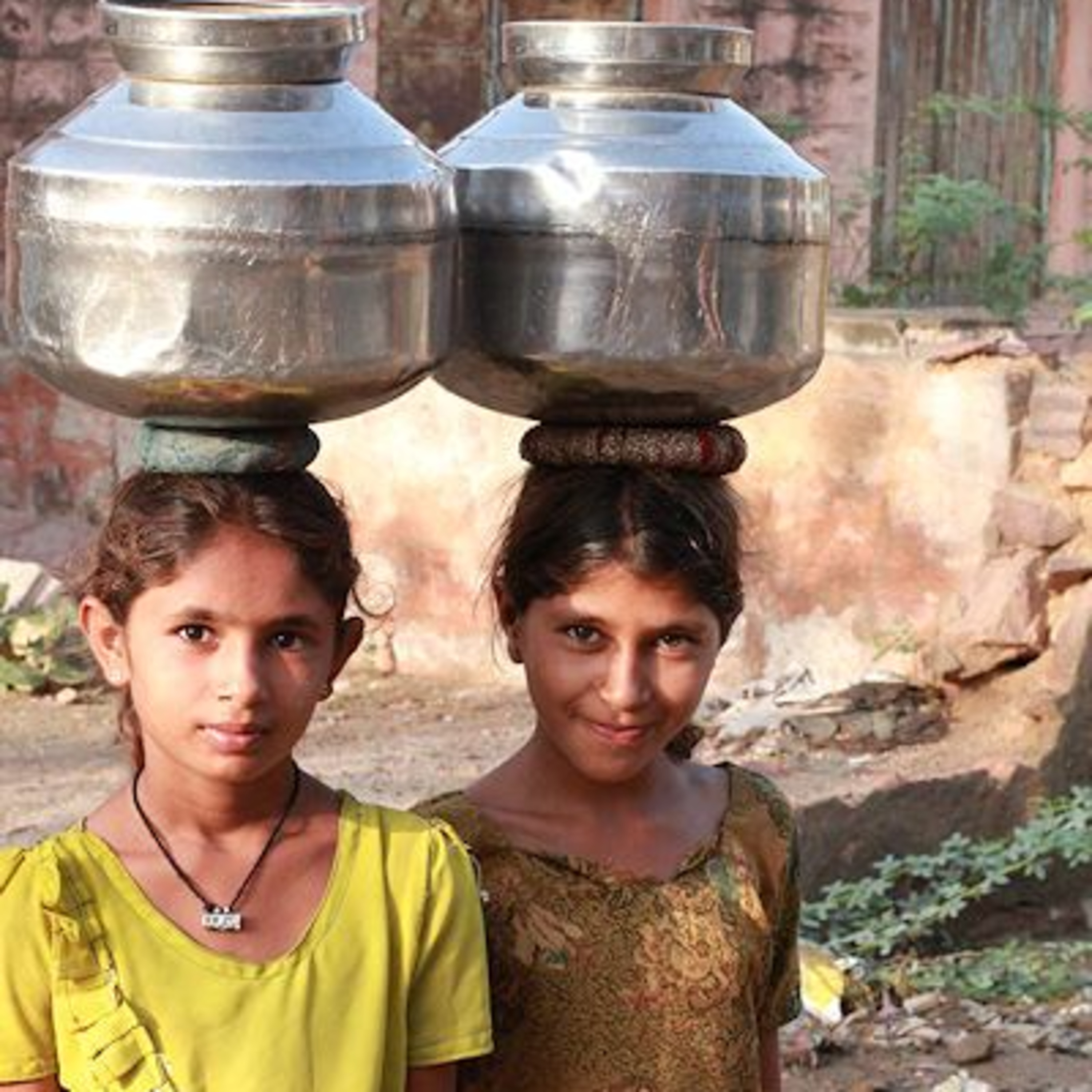 Got Milk? - The Indian Dairy Context.This episode examines the Indian dairy industry, focusing on its growth, production, consumption, and export potential.The episode highlights the significant impact of the White Revolution, a government-led initiative that transformed India into the world’s largest milk producer.
It explores the role of cooperatives, challenges faced by the industry, and the importance of technology in enhancing efficiency and productivity.
Also provides a SWOT analysis of the Indian dairy industry and a detailed overview of the market in Karnataka.
It concludes by highlighting the future prospects of the industry, emphasizing its potential to contribute significantly to India's economic growth.2024-10-1709 min
Got Milk? - The Indian Dairy Context.This episode examines the Indian dairy industry, focusing on its growth, production, consumption, and export potential.The episode highlights the significant impact of the White Revolution, a government-led initiative that transformed India into the world’s largest milk producer.
It explores the role of cooperatives, challenges faced by the industry, and the importance of technology in enhancing efficiency and productivity.
Also provides a SWOT analysis of the Indian dairy industry and a detailed overview of the market in Karnataka.
It concludes by highlighting the future prospects of the industry, emphasizing its potential to contribute significantly to India's economic growth.2024-10-1709 min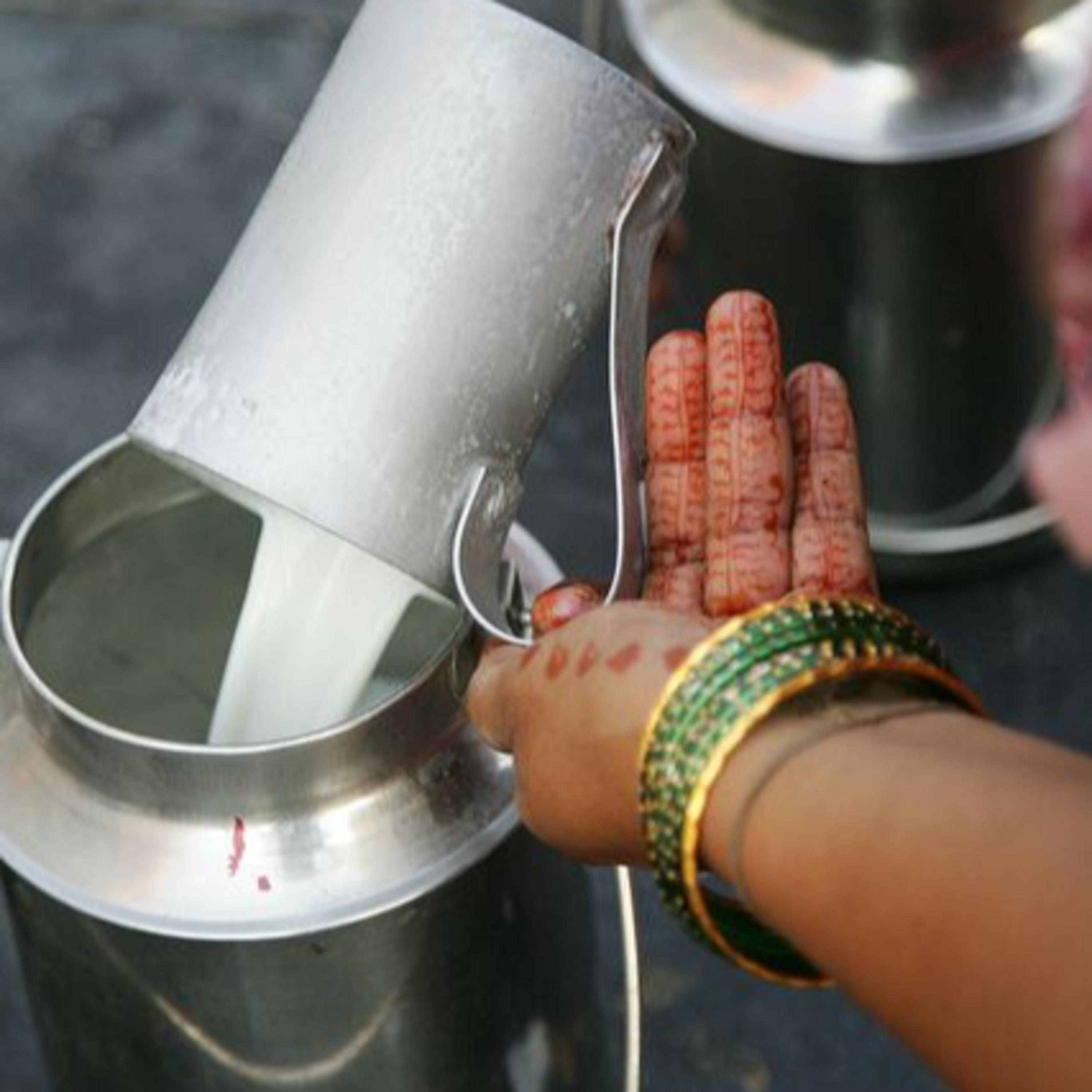 Got Milk? - The Indian Dairy Context.Dairy Production in India - Existing Scenario and Future Prospects as published in the International Journal of Livestock ResearchThis episode examines the current state and potential of India's dairy industry. It highlights the impressive growth in milk production, establishing India as the world's largest producer. However, it also addresses numerous challenges, including low animal productivity, inadequate feed resources, and a lack of cold chain facilities. Despite these obstacles, the report is optimistic about the future, emphasizing the industry's potential for export growth, increased employment opportunities, and improved food security. The report advocate for greater integration of traditional and industrialized dairy production systems to address the challenges facing the sector.2024-10-1610 min
Got Milk? - The Indian Dairy Context.Dairy Production in India - Existing Scenario and Future Prospects as published in the International Journal of Livestock ResearchThis episode examines the current state and potential of India's dairy industry. It highlights the impressive growth in milk production, establishing India as the world's largest producer. However, it also addresses numerous challenges, including low animal productivity, inadequate feed resources, and a lack of cold chain facilities. Despite these obstacles, the report is optimistic about the future, emphasizing the industry's potential for export growth, increased employment opportunities, and improved food security. The report advocate for greater integration of traditional and industrialized dairy production systems to address the challenges facing the sector.2024-10-1610 min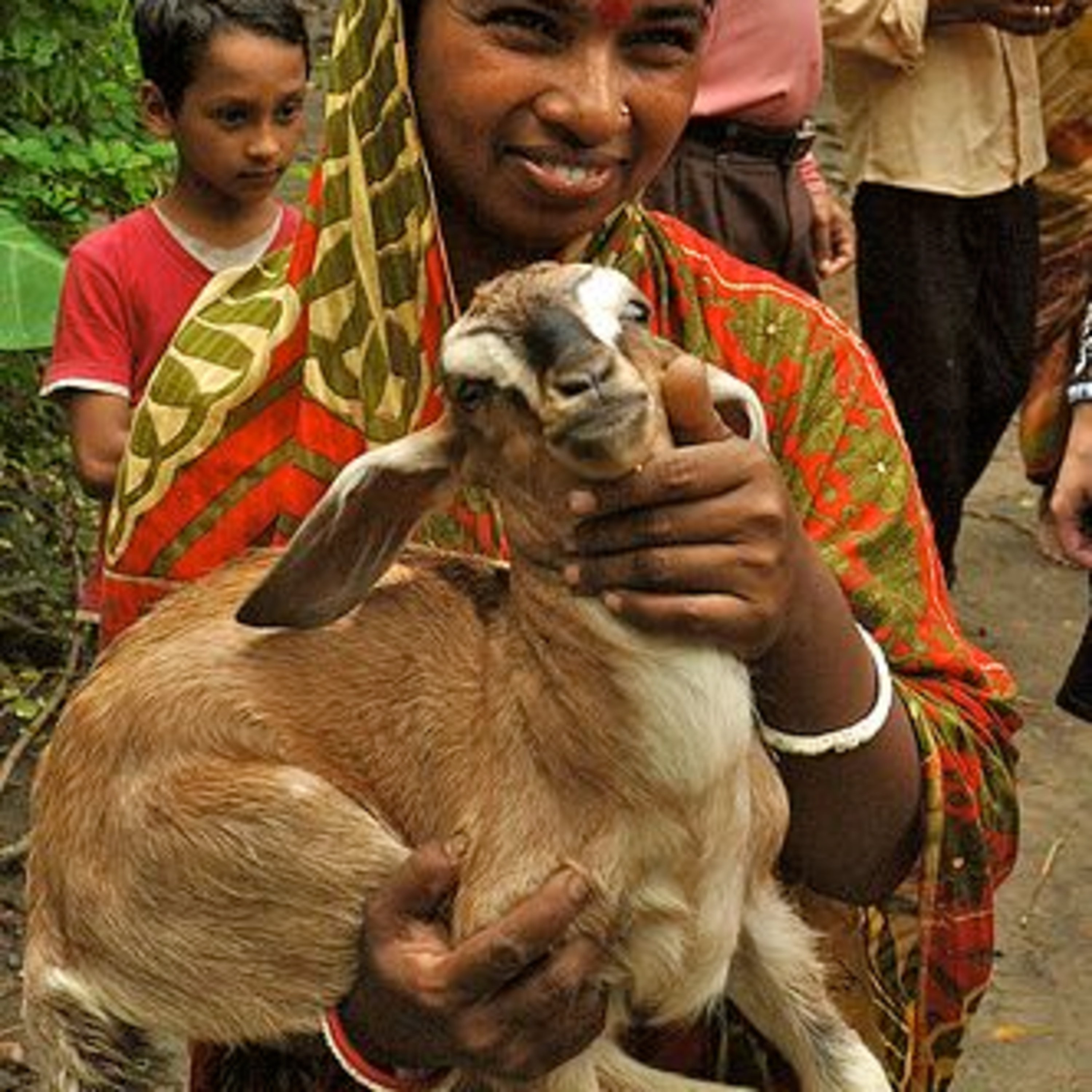 Got Milk? - The Indian Dairy Context.This episode reviews the Indian Farmer journal, emphasizes the significant role goat milk plays in India's economy and health.The episode highlights India's position as the world's largest producer of goat milk, detailing its production, composition, and properties. It also discusses the numerous benefits of goat milk, including its high digestibility, nutritional value, and potential health benefits.
The discussion concludes by outlining approaches to enhance goat milk production in India, focusing on breed improvement, nutrition, market development, and dairy cooperatives.2024-10-1612 min
Got Milk? - The Indian Dairy Context.This episode reviews the Indian Farmer journal, emphasizes the significant role goat milk plays in India's economy and health.The episode highlights India's position as the world's largest producer of goat milk, detailing its production, composition, and properties. It also discusses the numerous benefits of goat milk, including its high digestibility, nutritional value, and potential health benefits.
The discussion concludes by outlining approaches to enhance goat milk production in India, focusing on breed improvement, nutrition, market development, and dairy cooperatives.2024-10-1612 min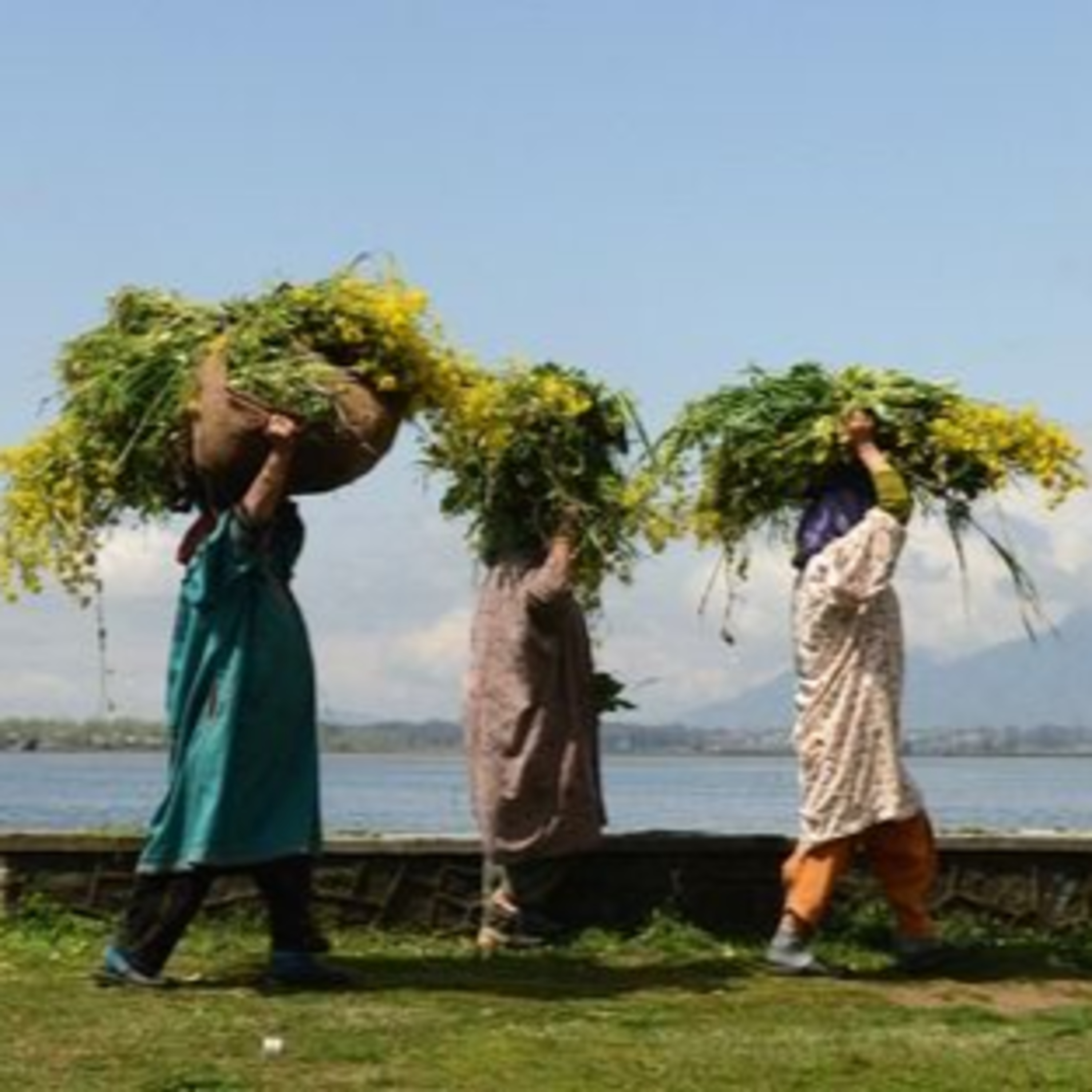 Got Milk? - The Indian Dairy Context.Possible solution to India’s livestock fodder shortage.This episode discusses the importance of livestock in Indian society and economy, the challenges faced by farmers, and the opportunities created by increased digital adoption.
The episode discusses Shunya's "Fodder-as-a-Service" (FaaS) model as a potential solution. Shunya's FaaS model utilizes hydroponic vertical farming units to produce high-quality fodder and leverages a digital platform to connect with farmers and deliver the fodder. And emphasizes the model's potential to increase farmer incomes, improve livestock health, and create a sustainable and scalable solution to the fodder crisis.2024-10-1613 min
Got Milk? - The Indian Dairy Context.Possible solution to India’s livestock fodder shortage.This episode discusses the importance of livestock in Indian society and economy, the challenges faced by farmers, and the opportunities created by increased digital adoption.
The episode discusses Shunya's "Fodder-as-a-Service" (FaaS) model as a potential solution. Shunya's FaaS model utilizes hydroponic vertical farming units to produce high-quality fodder and leverages a digital platform to connect with farmers and deliver the fodder. And emphasizes the model's potential to increase farmer incomes, improve livestock health, and create a sustainable and scalable solution to the fodder crisis.2024-10-1613 min Got Milk? - The Indian Dairy Context.This episode reviews a report from the Voice of Research journal examines the growth and performance of India's dairy sector.It highlights India's position as the world's largest milk producer and discusses the role of dairy cooperatives in the socio-economic development of rural India. The article analyzes trends in milk production, per capita availability, and the share of the agriculture and livestock sector in India's GDP.
It also identifies challenges facing the dairy sector, such as low productivity, inadequate infrastructure, and competition from the unorganized sector, and offers policy recommendations to address these issues.2024-10-1510 min
Got Milk? - The Indian Dairy Context.This episode reviews a report from the Voice of Research journal examines the growth and performance of India's dairy sector.It highlights India's position as the world's largest milk producer and discusses the role of dairy cooperatives in the socio-economic development of rural India. The article analyzes trends in milk production, per capita availability, and the share of the agriculture and livestock sector in India's GDP.
It also identifies challenges facing the dairy sector, such as low productivity, inadequate infrastructure, and competition from the unorganized sector, and offers policy recommendations to address these issues.2024-10-1510 min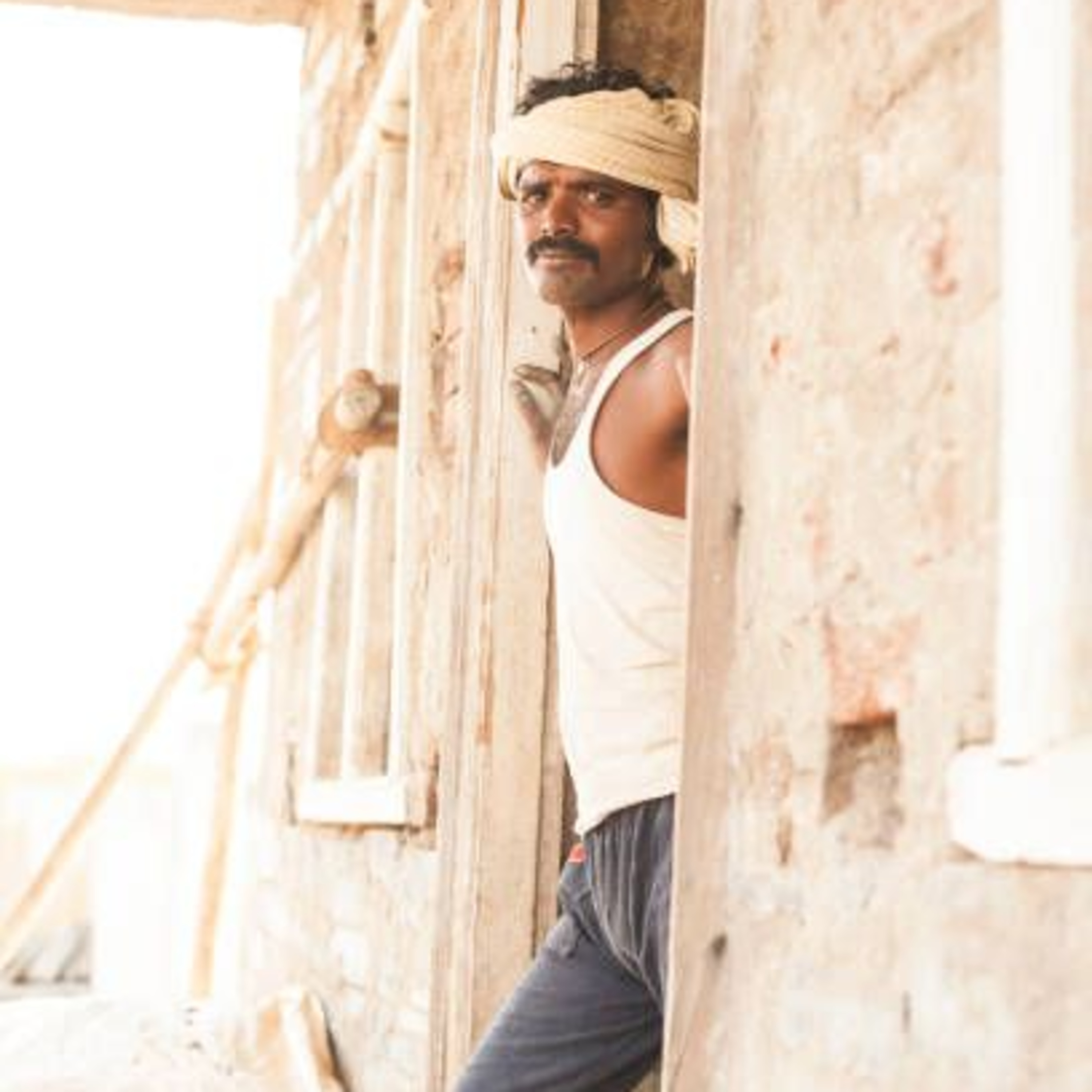 Got Milk? - The Indian Dairy Context.This episode reviews a research paper from the NABARD, examines the changing structure of rural livelihoods in India between 2000 and 2020.It explores the shift of workers away from traditional agricultural occupations, analyzing the factors driving this trend and its potential impact on rural well-being. The paper uses data from the Census of India, National Sample Survey (NSS), and Periodic Labour Force Survey (PLFS) to identify key occupational shifts and assess their implications for economic growth and poverty reduction. 2024-10-1513 min
Got Milk? - The Indian Dairy Context.This episode reviews a research paper from the NABARD, examines the changing structure of rural livelihoods in India between 2000 and 2020.It explores the shift of workers away from traditional agricultural occupations, analyzing the factors driving this trend and its potential impact on rural well-being. The paper uses data from the Census of India, National Sample Survey (NSS), and Periodic Labour Force Survey (PLFS) to identify key occupational shifts and assess their implications for economic growth and poverty reduction. 2024-10-1513 min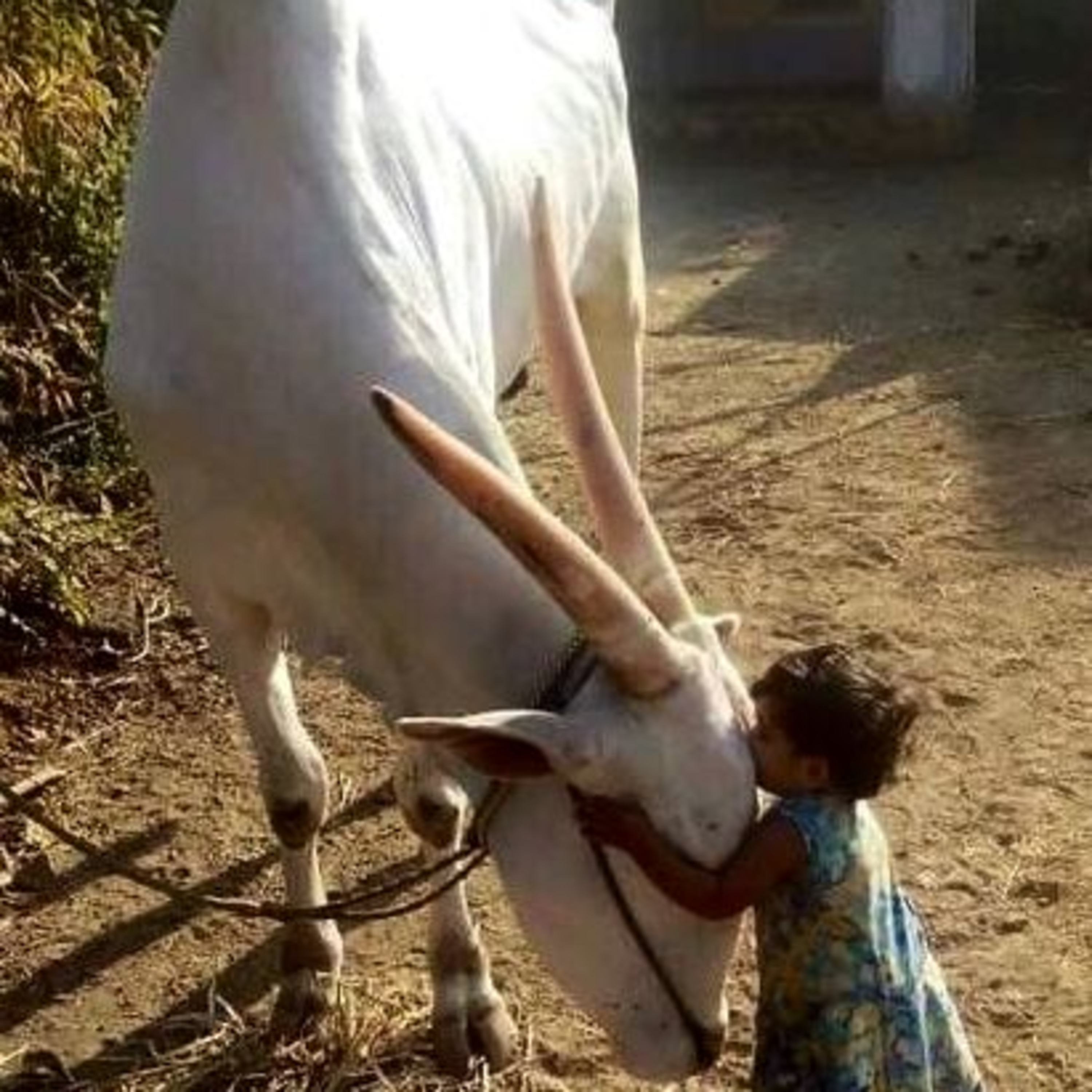 Got Milk? - The Indian Dairy Context.Major impacts of climate change on livestock production.This podcast explore the existing research on the effects of climate change on livestock production and the impact of livestock production on greenhouse gas emissions. The paper discusses how rising temperatures, changes in precipitation patterns, and increased carbon dioxide concentrations impact livestock growth rates, feed supply, milk and egg production, reproductive performance, and disease susceptibility. The podcast also explores various adaptation and mitigation strategies that can be used to lessen the negative impacts of climate change on livestock production, such as breed selection, changes in feeding practices, and improved manure management.2024-10-1410 min
Got Milk? - The Indian Dairy Context.Major impacts of climate change on livestock production.This podcast explore the existing research on the effects of climate change on livestock production and the impact of livestock production on greenhouse gas emissions. The paper discusses how rising temperatures, changes in precipitation patterns, and increased carbon dioxide concentrations impact livestock growth rates, feed supply, milk and egg production, reproductive performance, and disease susceptibility. The podcast also explores various adaptation and mitigation strategies that can be used to lessen the negative impacts of climate change on livestock production, such as breed selection, changes in feeding practices, and improved manure management.2024-10-1410 min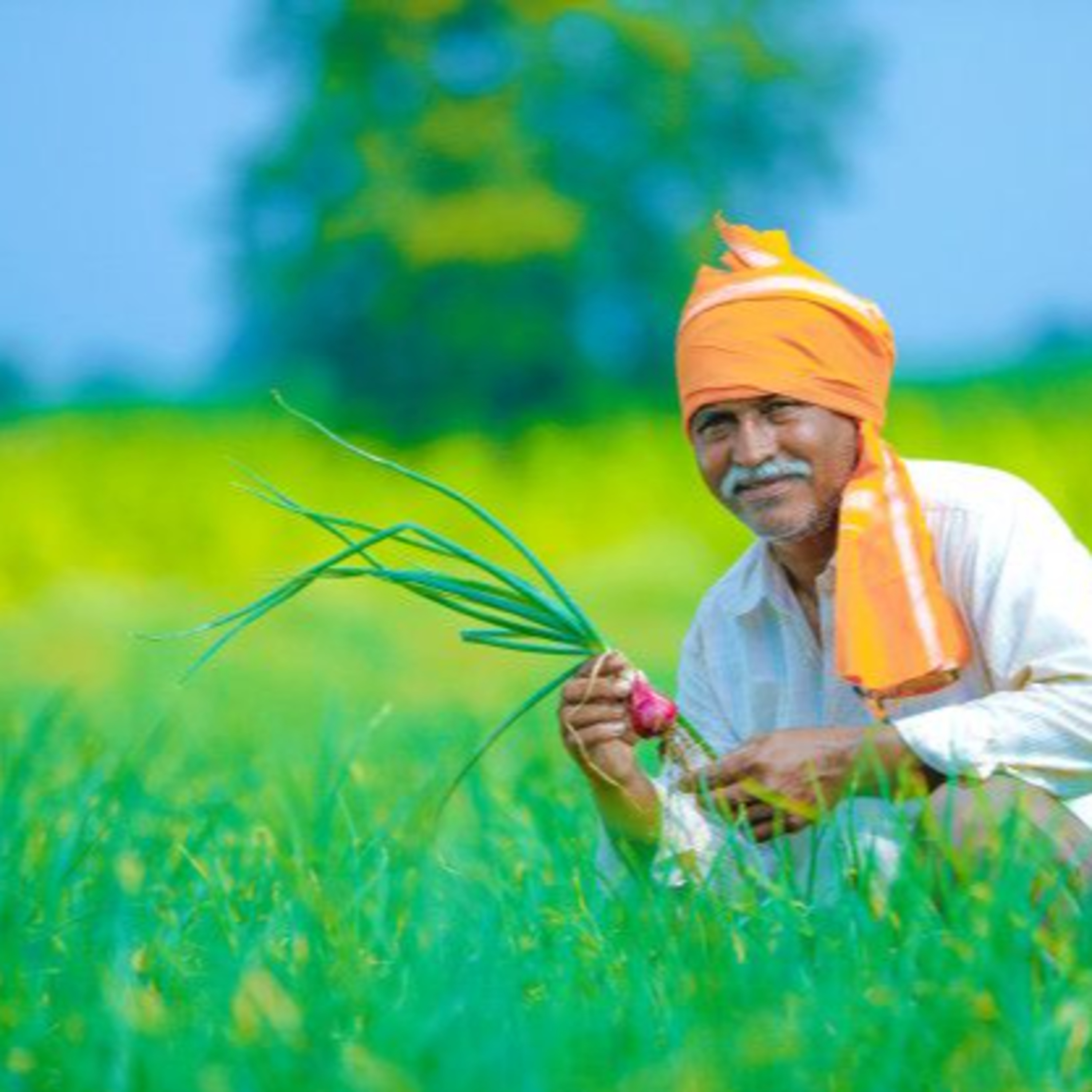 Got Milk? - The Indian Dairy Context."State of Indian Agriculture" by National Academy of Agricultural SciencesThe podcast on the "State of Indian Agriculture" report from the National Academy of Agricultural Sciences in New Delhi provides a comprehensive overview of the Indian agricultural sector, analyzing its performance, input utilization patterns, financing mechanisms, and market dynamics.2024-10-1410 min
Got Milk? - The Indian Dairy Context."State of Indian Agriculture" by National Academy of Agricultural SciencesThe podcast on the "State of Indian Agriculture" report from the National Academy of Agricultural Sciences in New Delhi provides a comprehensive overview of the Indian agricultural sector, analyzing its performance, input utilization patterns, financing mechanisms, and market dynamics.2024-10-1410 min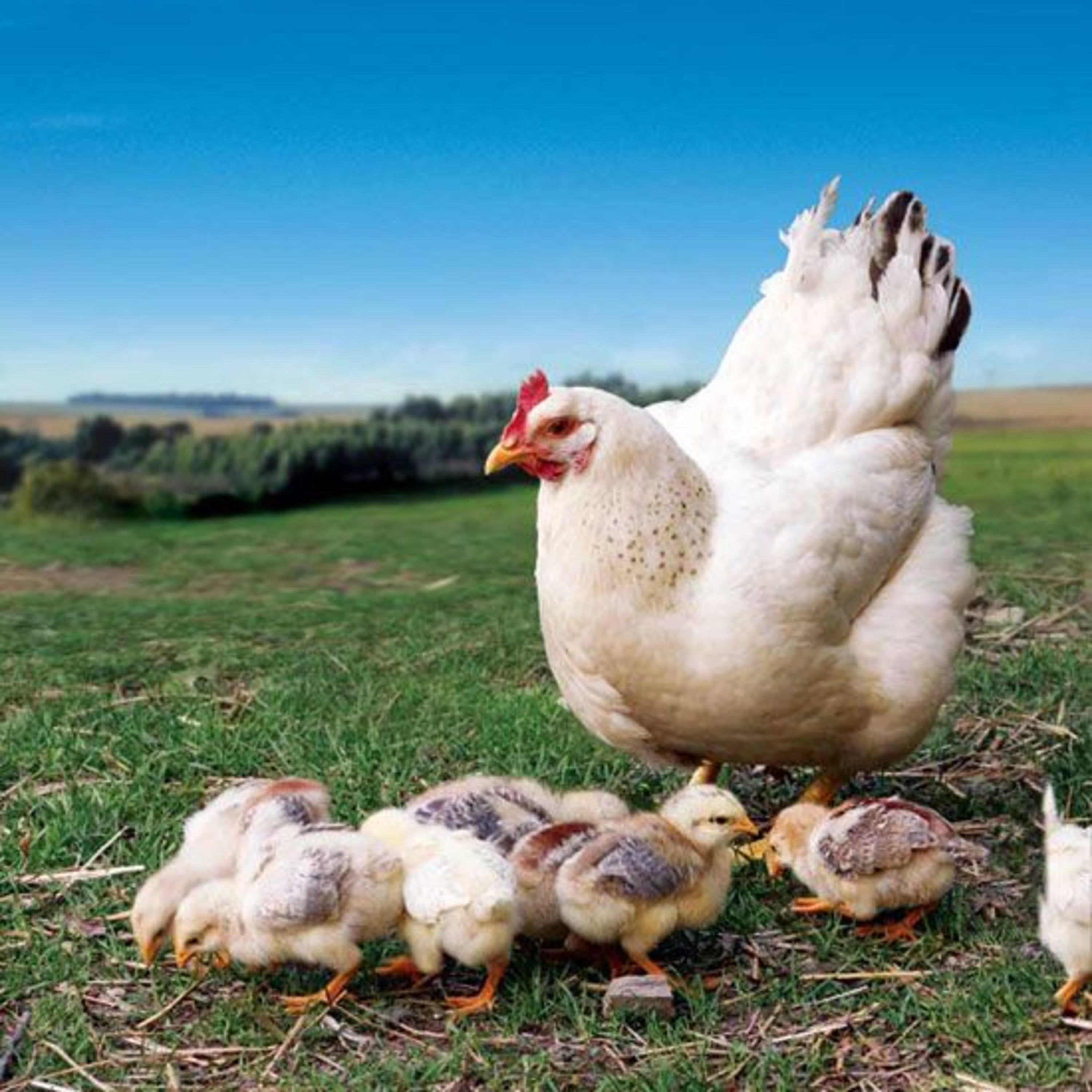 Got Milk? - The Indian Dairy Context.The podcast provides a detailed analysis of global livestock and poultry markets, focusing on the beef, pork, and chicken meat sectors.The podcast specifically highlights the changing dynamics of world trade, noting Brazil's growing dominance in chicken meat exports at the expense of the United States and the EU. Factors driving Brazil's success include disease-free status, export orientation, and competitive pricing. 2024-10-1411 min
Got Milk? - The Indian Dairy Context.The podcast provides a detailed analysis of global livestock and poultry markets, focusing on the beef, pork, and chicken meat sectors.The podcast specifically highlights the changing dynamics of world trade, noting Brazil's growing dominance in chicken meat exports at the expense of the United States and the EU. Factors driving Brazil's success include disease-free status, export orientation, and competitive pricing. 2024-10-1411 min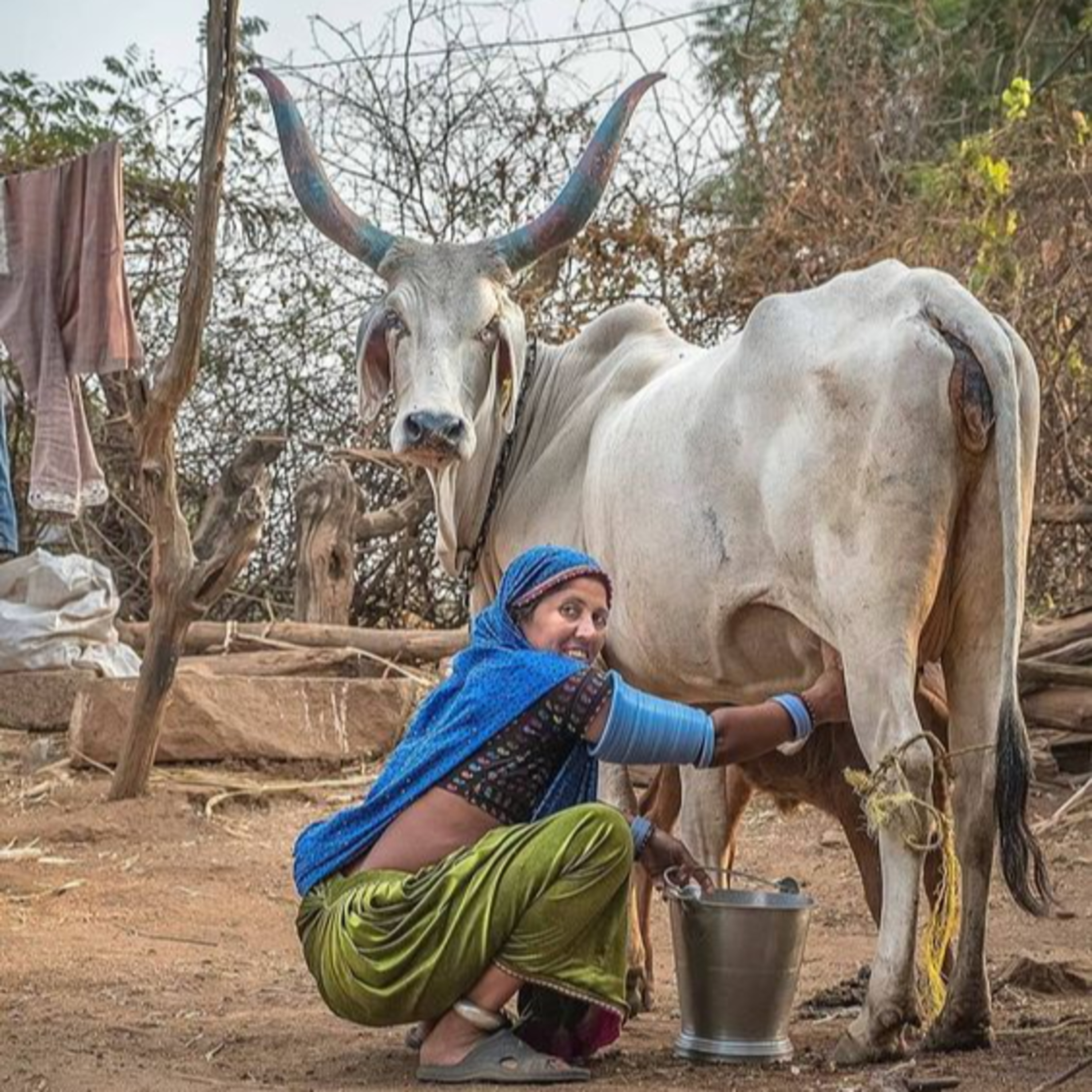 Got Milk? - The Indian Dairy Context.Most significant challenges facing the Indian livestock sector, and how do these challenges differ from global challenges?The podcast analyze several critical issues, including disease outbreaks, antimicrobial resistance, greenhouse gas emissions, and inadequate veterinary services, as well as the challenges of breed improvement, milk pricing, and access to organized markets for livestock products.2024-10-1410 min
Got Milk? - The Indian Dairy Context.Most significant challenges facing the Indian livestock sector, and how do these challenges differ from global challenges?The podcast analyze several critical issues, including disease outbreaks, antimicrobial resistance, greenhouse gas emissions, and inadequate veterinary services, as well as the challenges of breed improvement, milk pricing, and access to organized markets for livestock products.2024-10-1410 min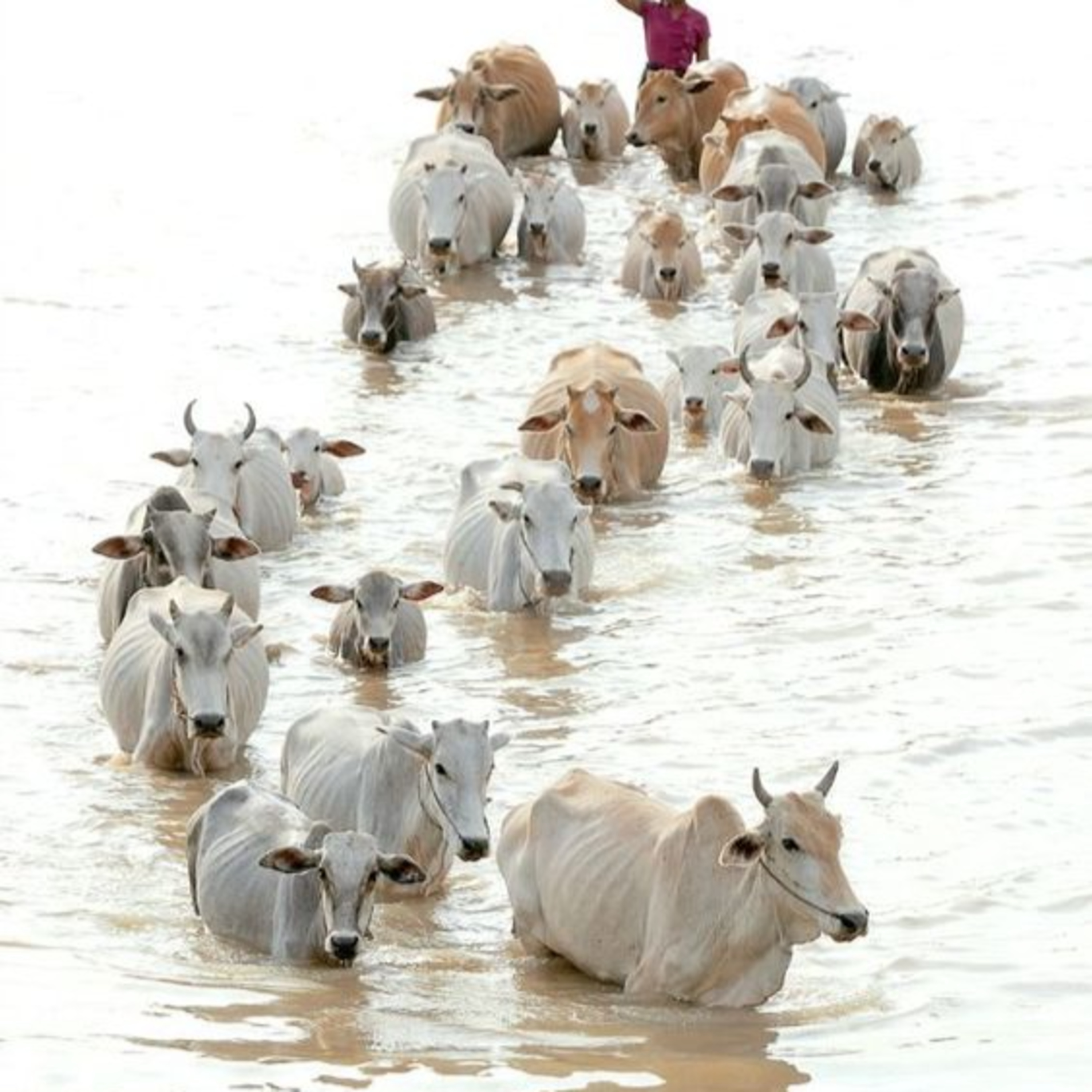 Got Milk? - The Indian Dairy Context.What are the key challenges facing India's livestock sector and how are they impacting the livelihoods of farmers?This podcast discusses the status and challenges of livestock extension services in India, emphasizing the need for a specialized livestock extension service. It examines various institutions involved in livestock extension service delivery, including government departments, research institutes, and non-governmental organizations, and their respective roles, challenges, and limitations.
www.shunya.live2024-10-1410 min
Got Milk? - The Indian Dairy Context.What are the key challenges facing India's livestock sector and how are they impacting the livelihoods of farmers?This podcast discusses the status and challenges of livestock extension services in India, emphasizing the need for a specialized livestock extension service. It examines various institutions involved in livestock extension service delivery, including government departments, research institutes, and non-governmental organizations, and their respective roles, challenges, and limitations.
www.shunya.live2024-10-1410 min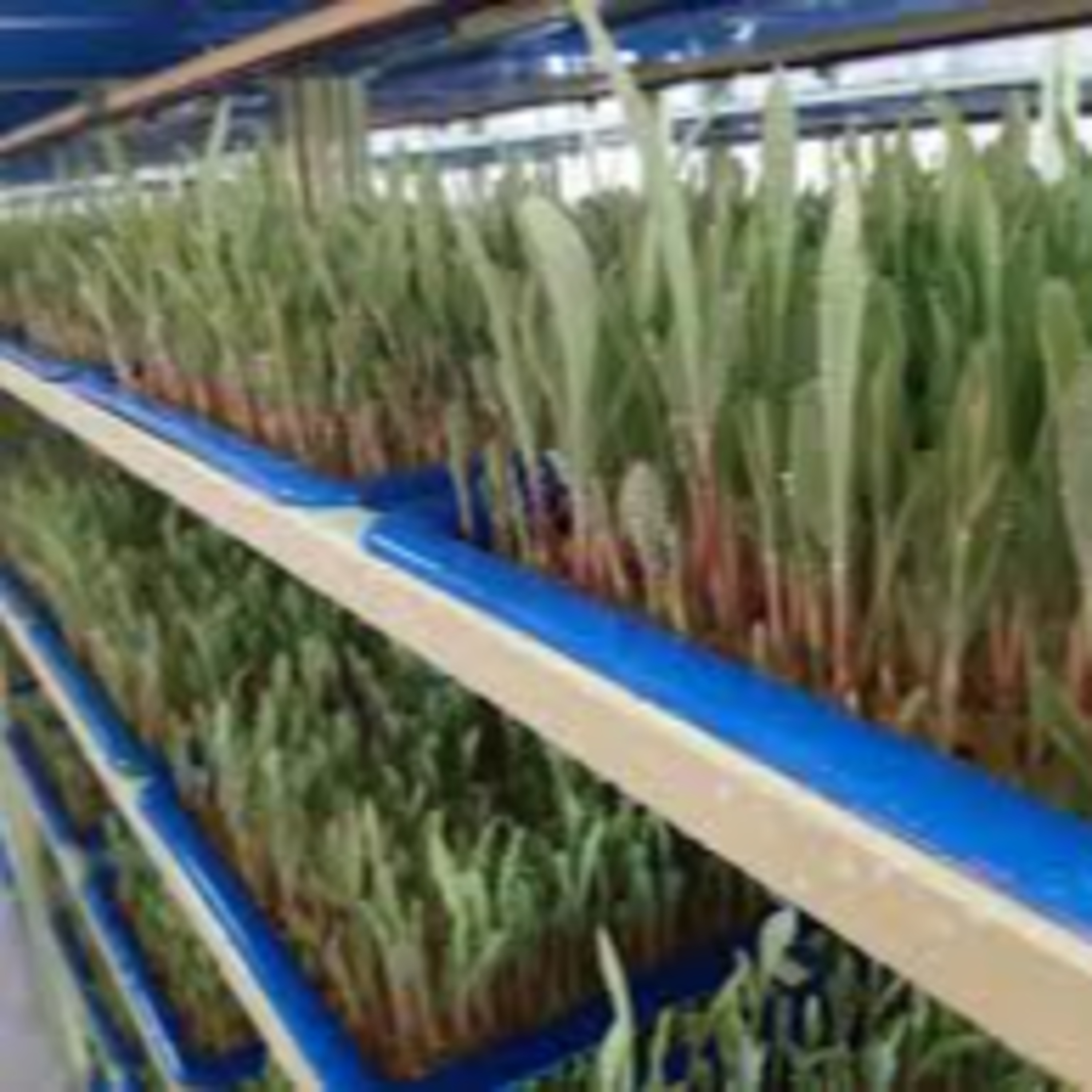 Got Milk? - The Indian Dairy Context.What are the economic and environmental benefits of hydroponic fodder production in India?What are the economic and environmental benefits of hydroponic fodder production in India is important to understand. 2024-10-1411 min
Got Milk? - The Indian Dairy Context.What are the economic and environmental benefits of hydroponic fodder production in India?What are the economic and environmental benefits of hydroponic fodder production in India is important to understand. 2024-10-1411 min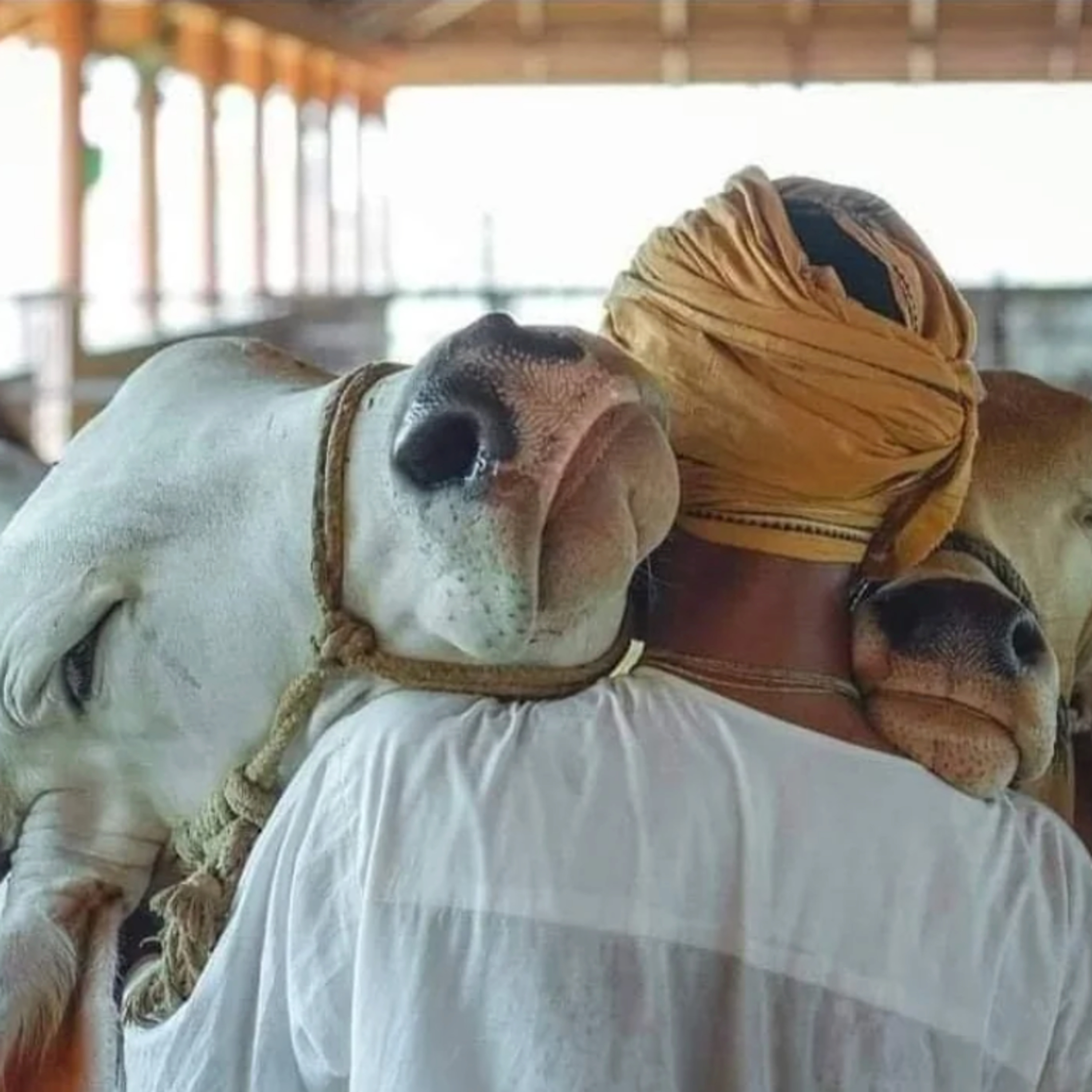 Got Milk? - The Indian Dairy Context.India's livestock SenarioLivestock is the safety net for the small dairy families, almost like a insurance policy. Hear more on this podcast. 2024-10-1413 min
Got Milk? - The Indian Dairy Context.India's livestock SenarioLivestock is the safety net for the small dairy families, almost like a insurance policy. Hear more on this podcast. 2024-10-1413 min Got Milk? - The Indian Dairy Context.Is hydroponically grown green fodder India's hope?The largest producer of milk in the world is facing an ever increasing crisis of fodder and animal nutrition. We discuss how severe is the issue of deficit of fodder and how it is impacting the lives of small farmers.
In the space Shunya is offering fodder-as-a-service. Is the a possible solution? 2024-10-1407 min
Got Milk? - The Indian Dairy Context.Is hydroponically grown green fodder India's hope?The largest producer of milk in the world is facing an ever increasing crisis of fodder and animal nutrition. We discuss how severe is the issue of deficit of fodder and how it is impacting the lives of small farmers.
In the space Shunya is offering fodder-as-a-service. Is the a possible solution? 2024-10-1407 min